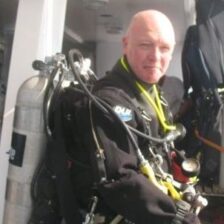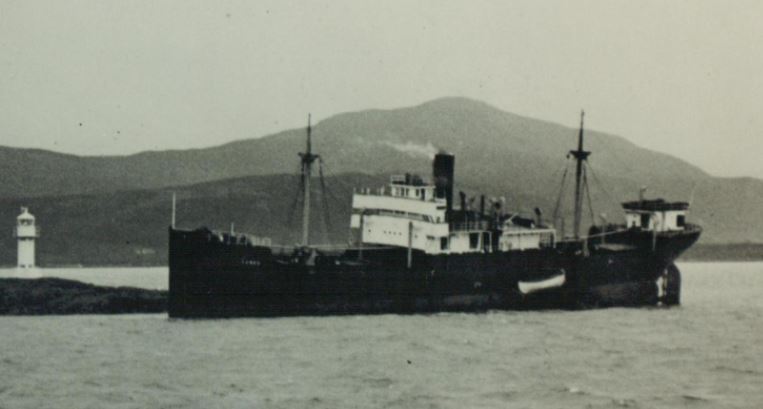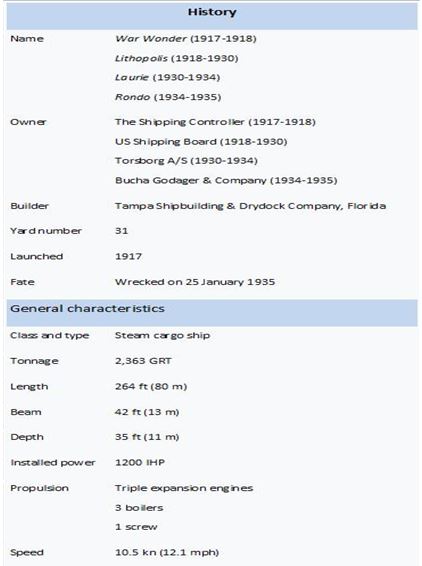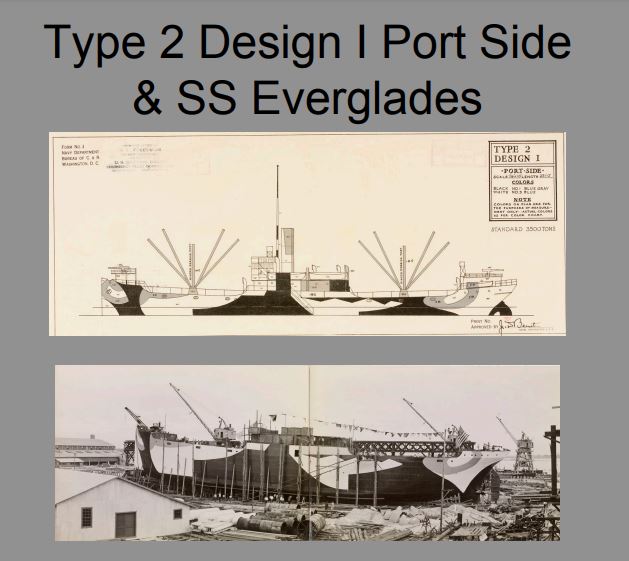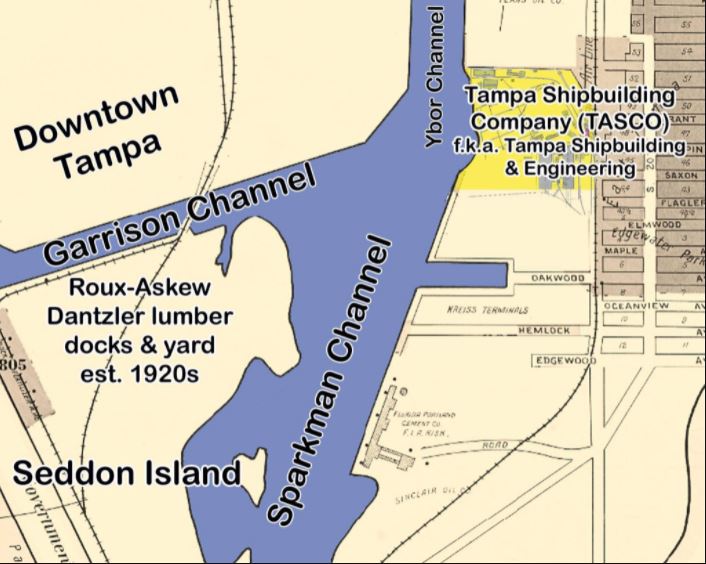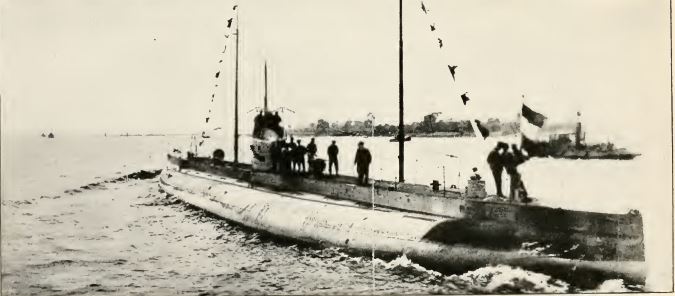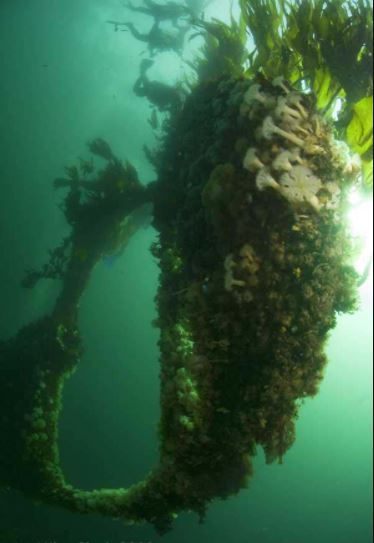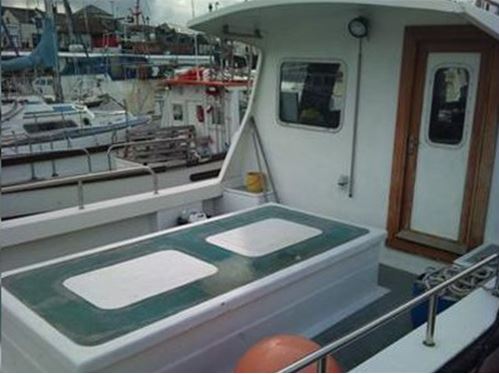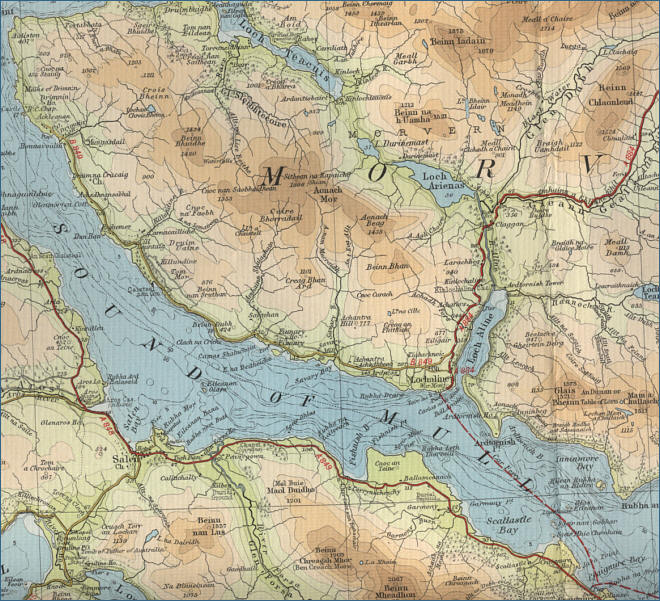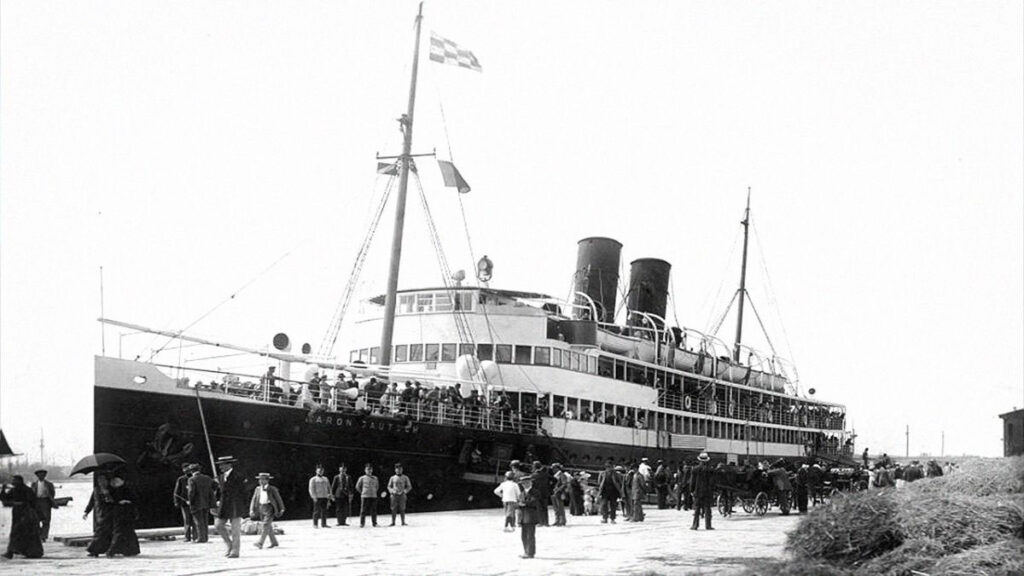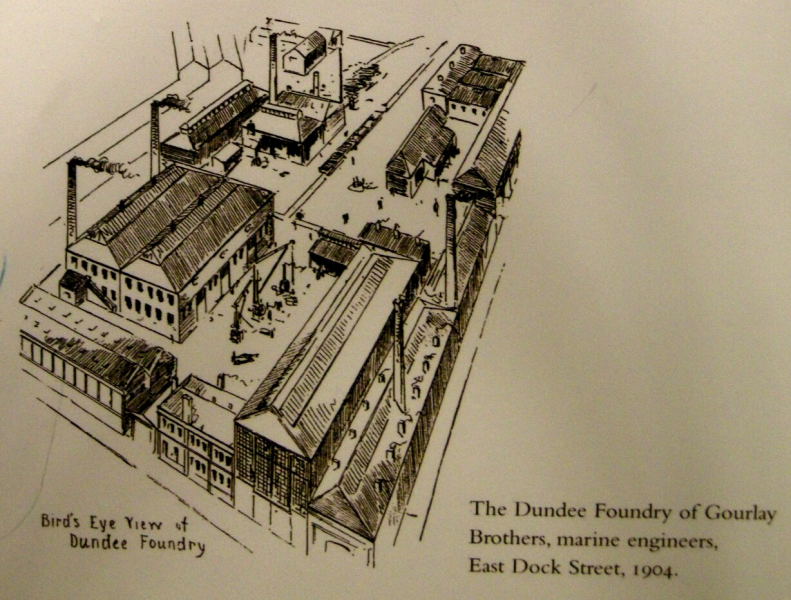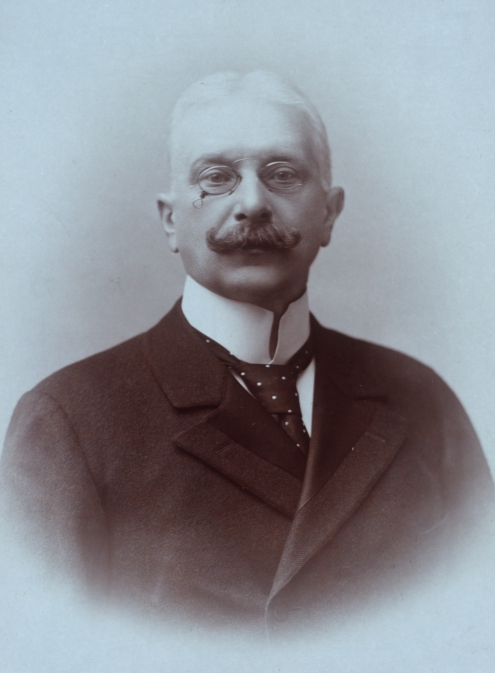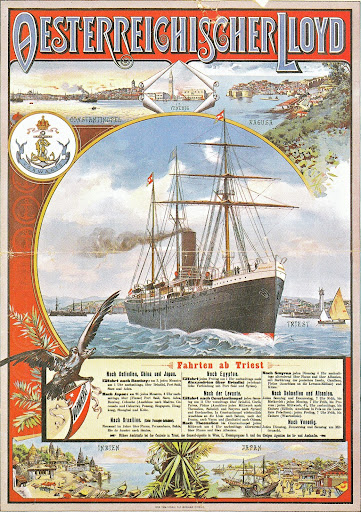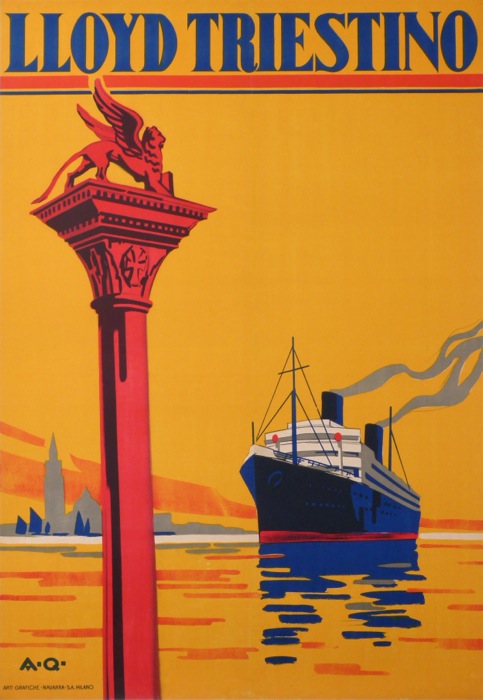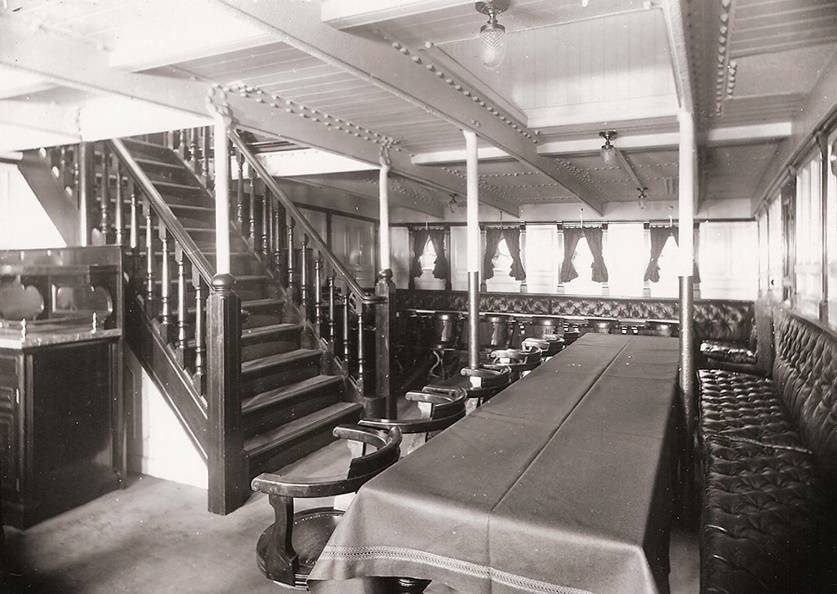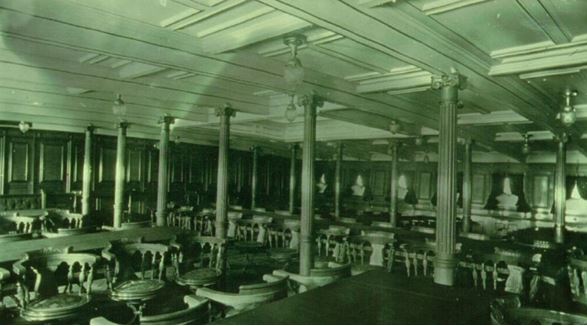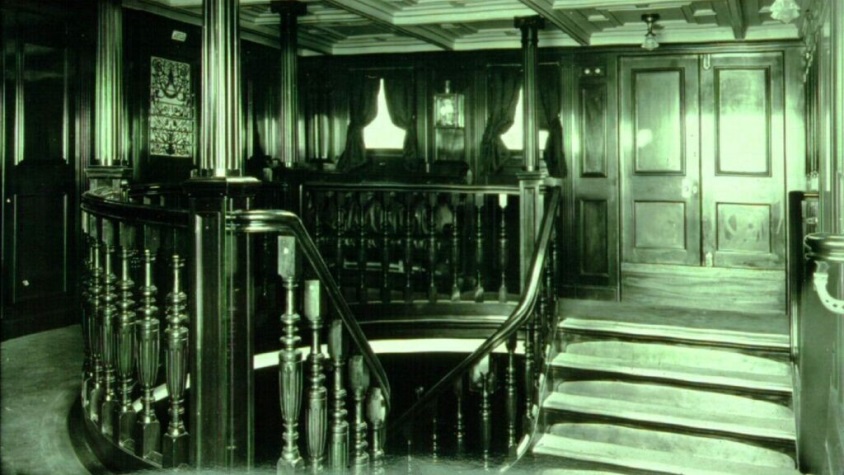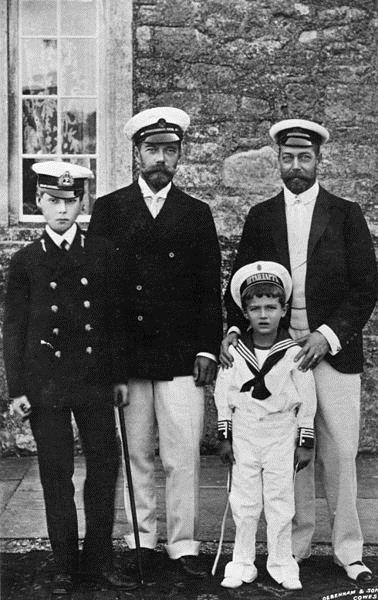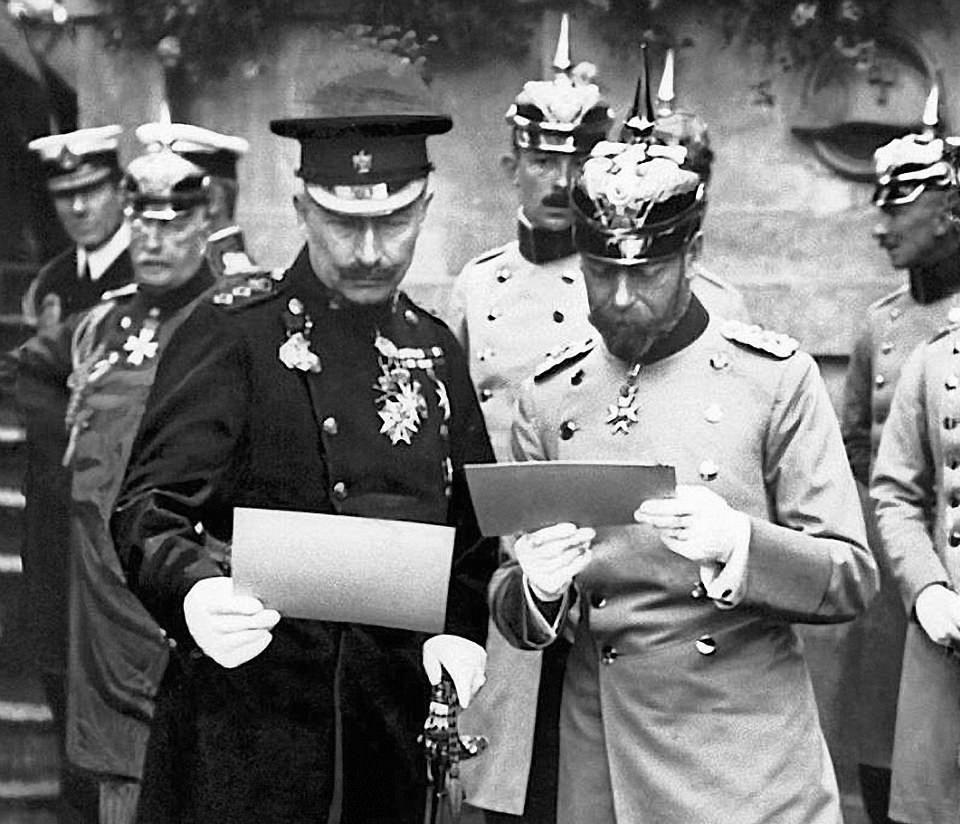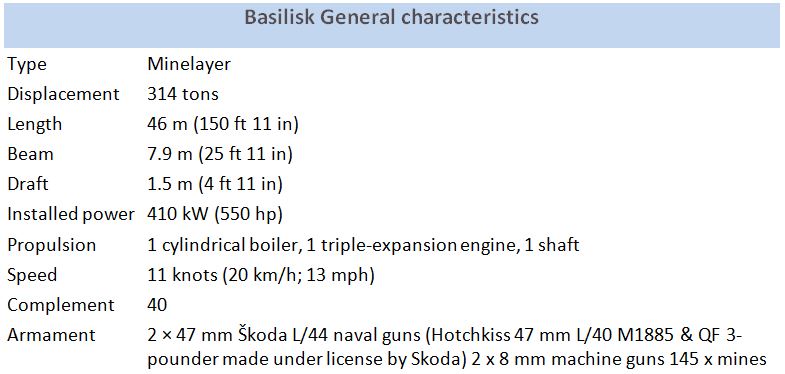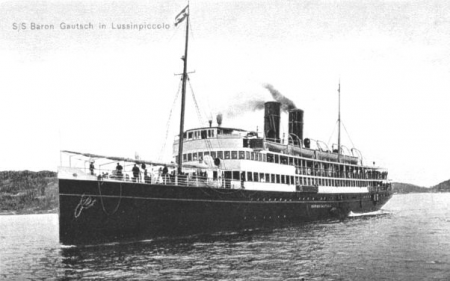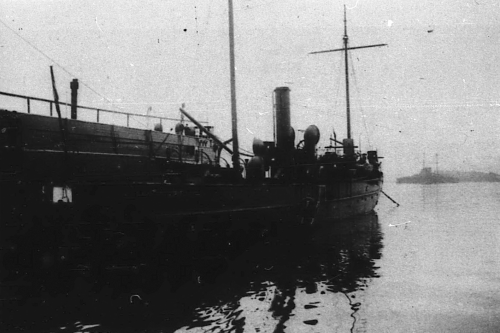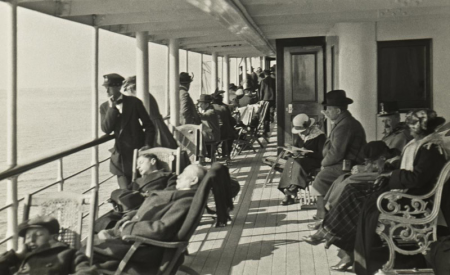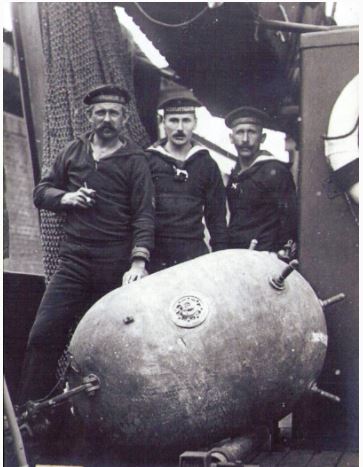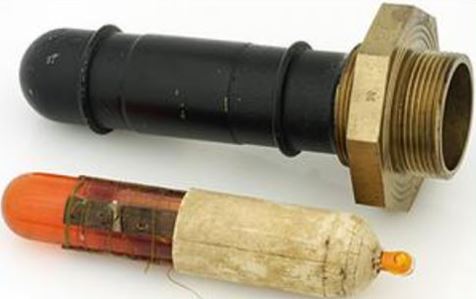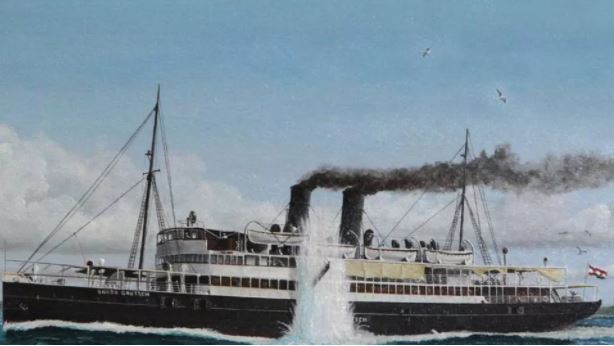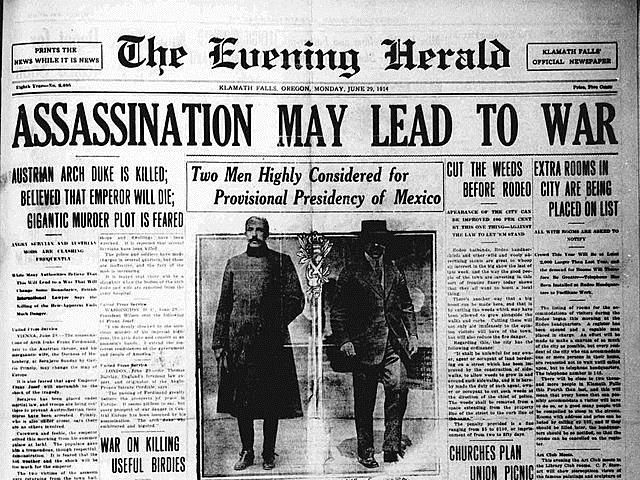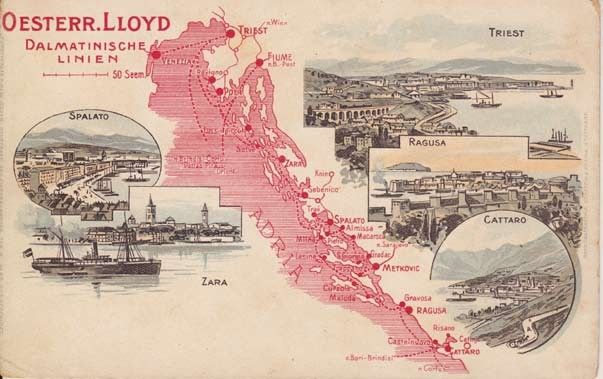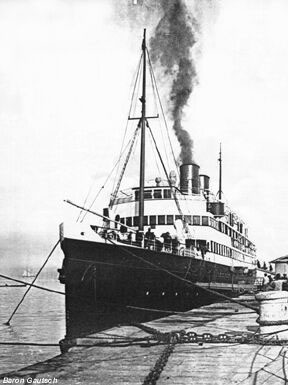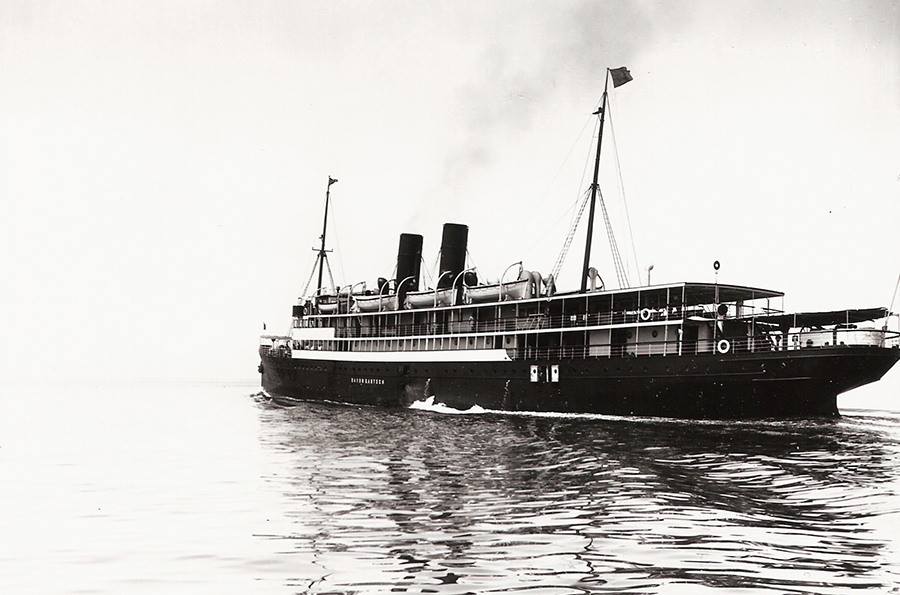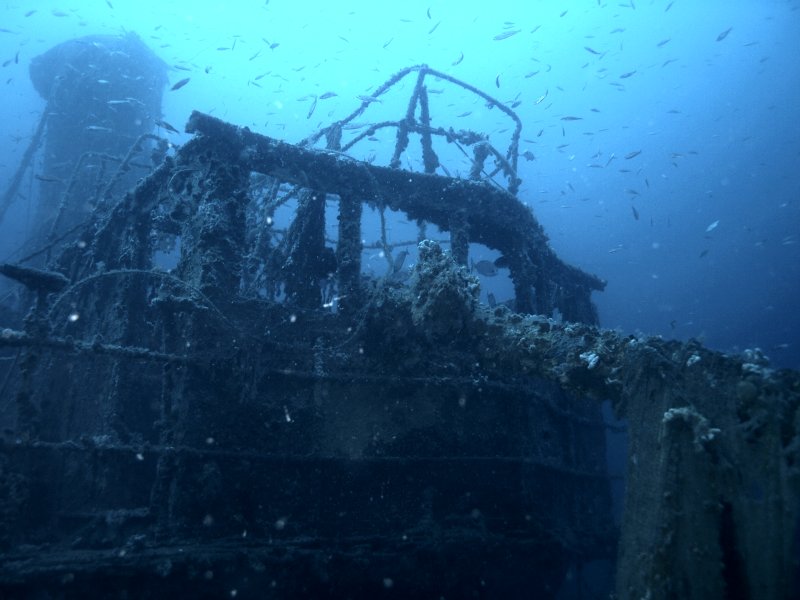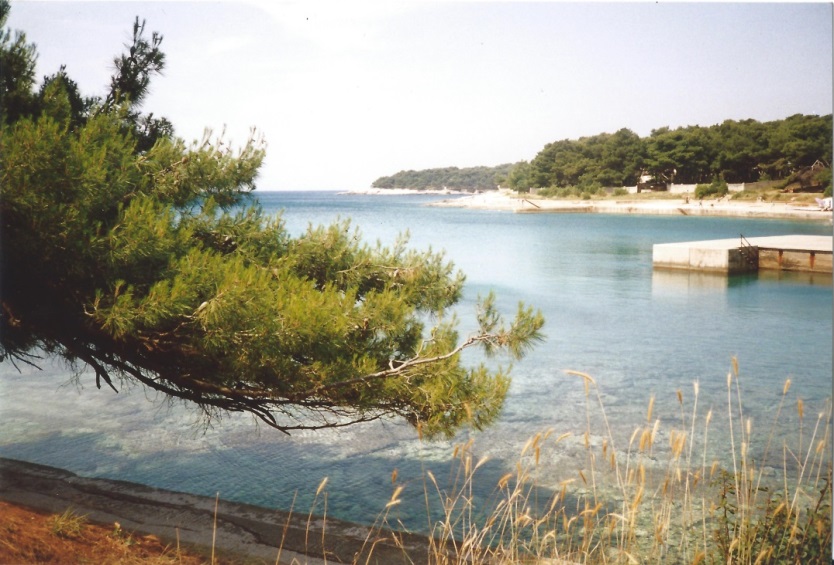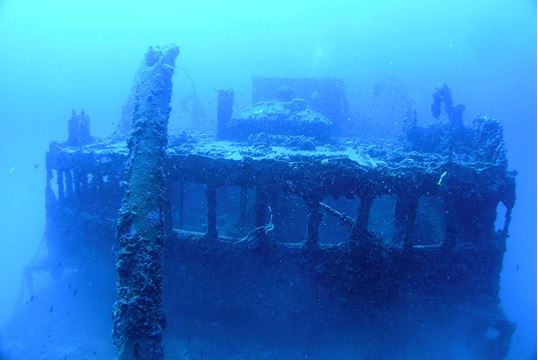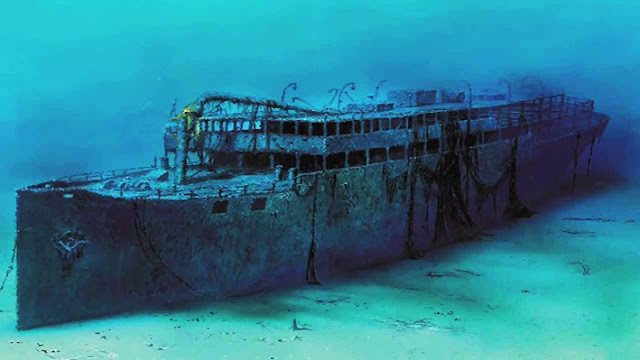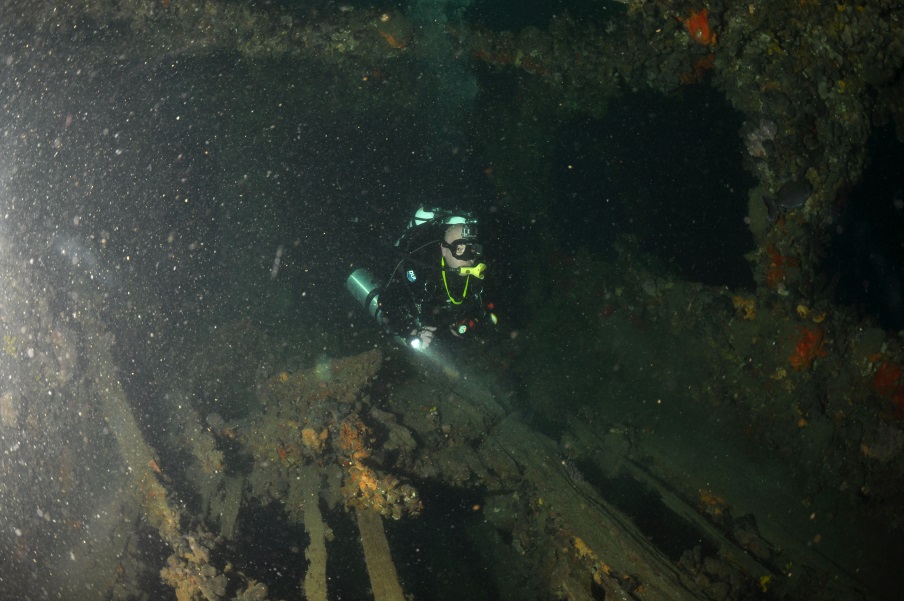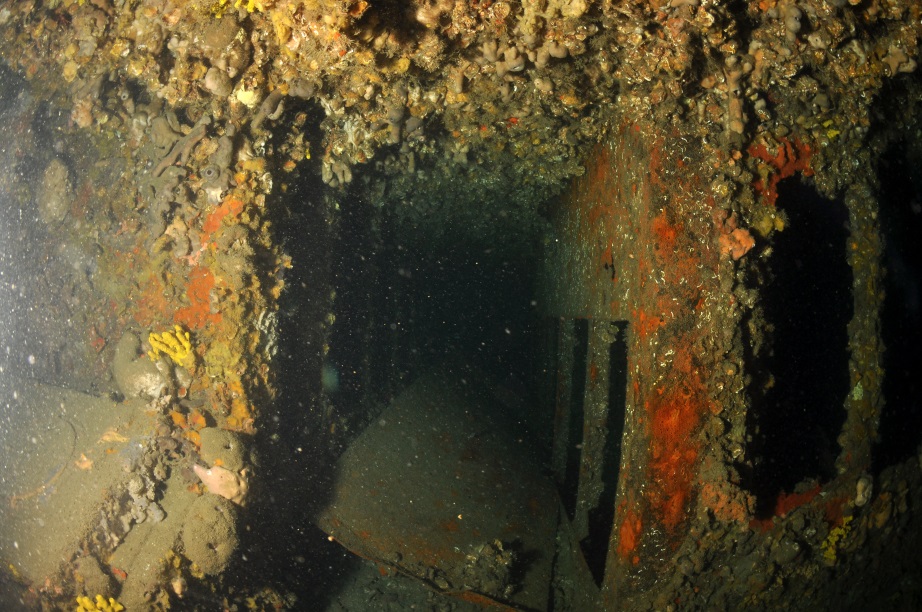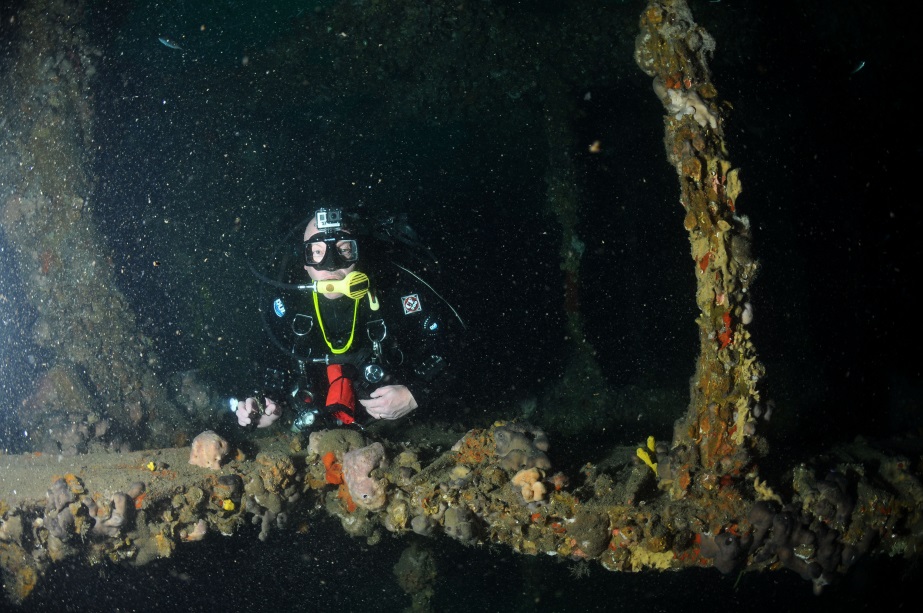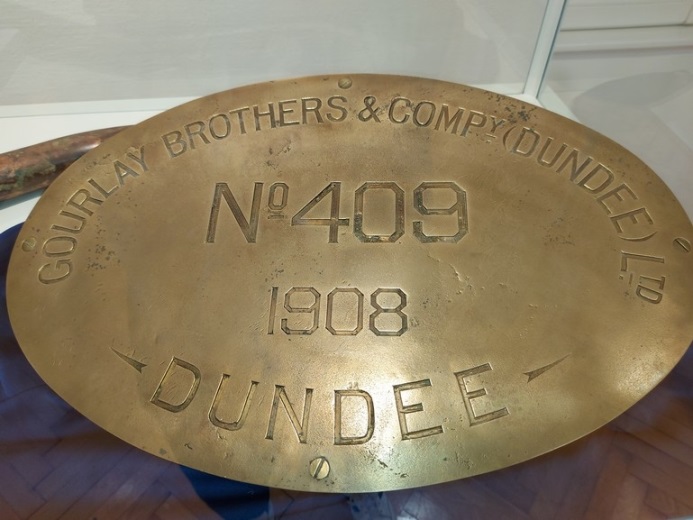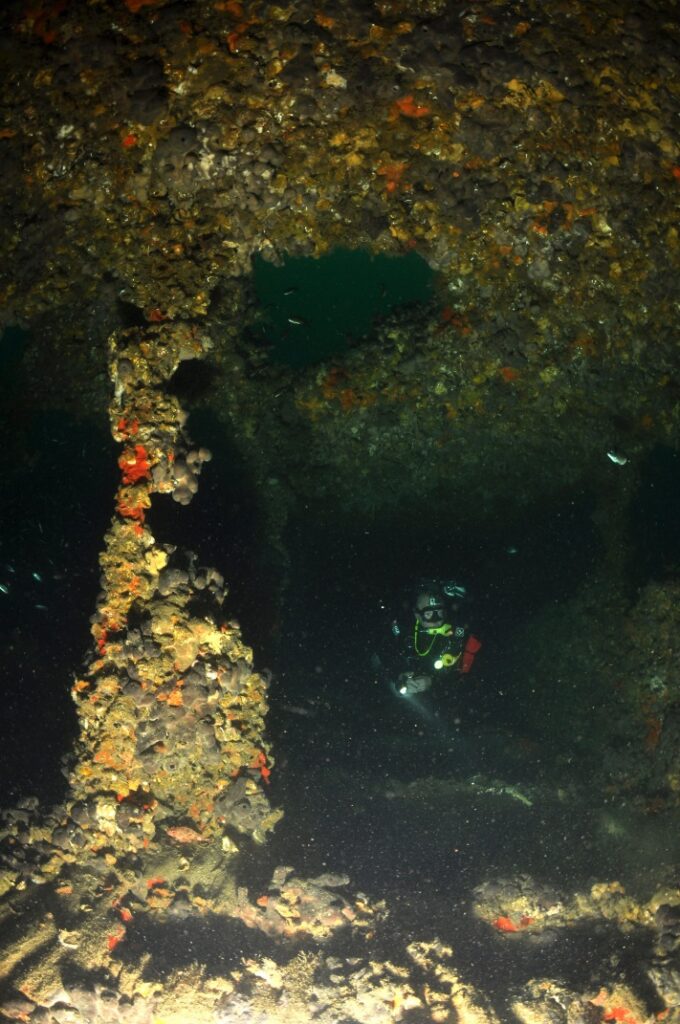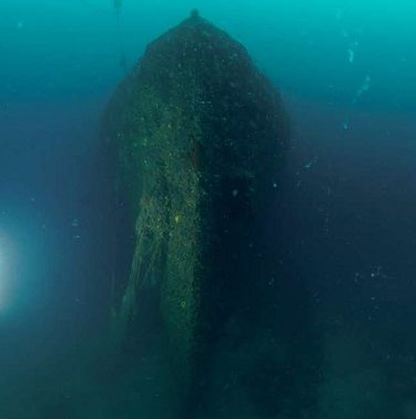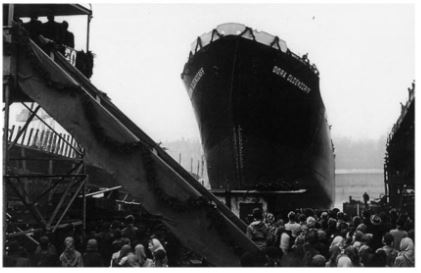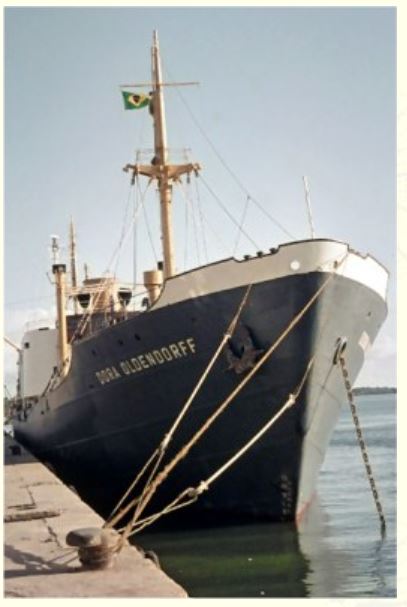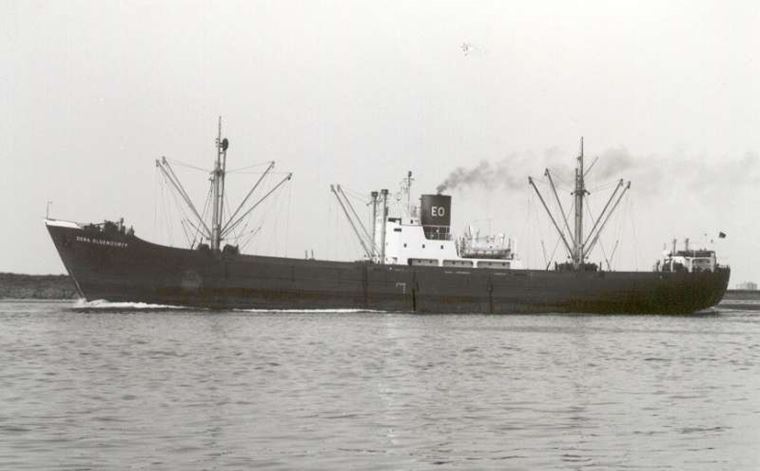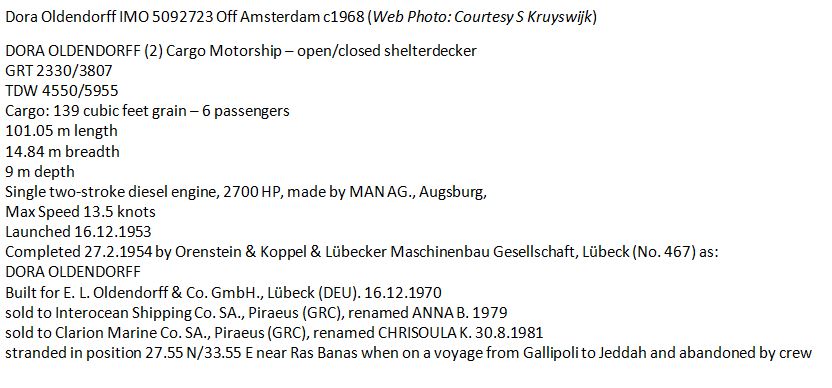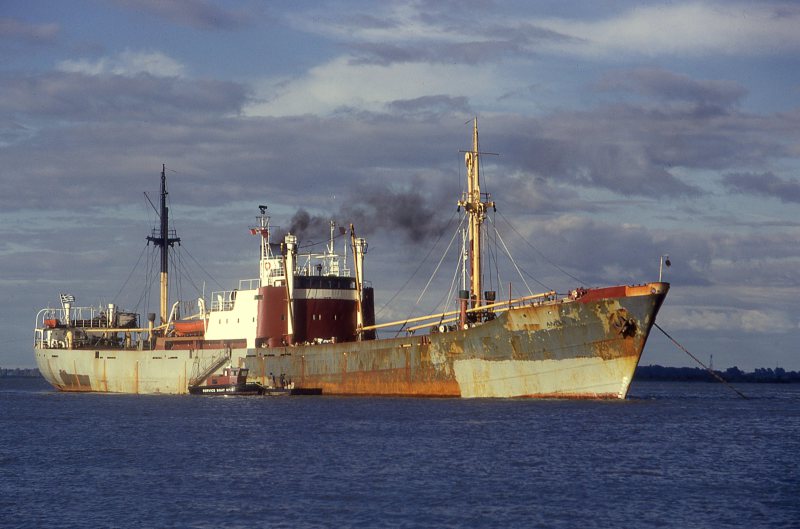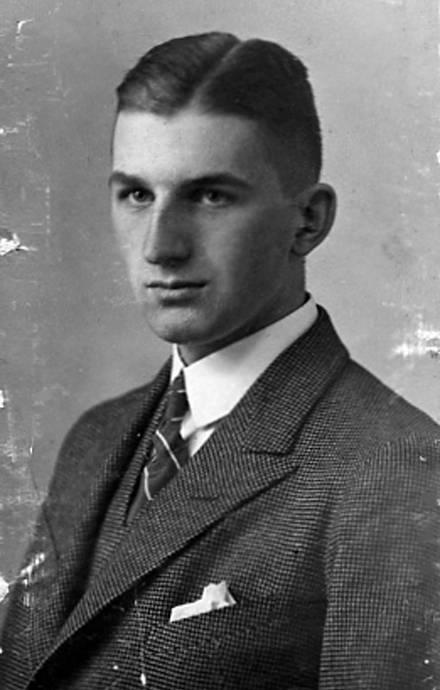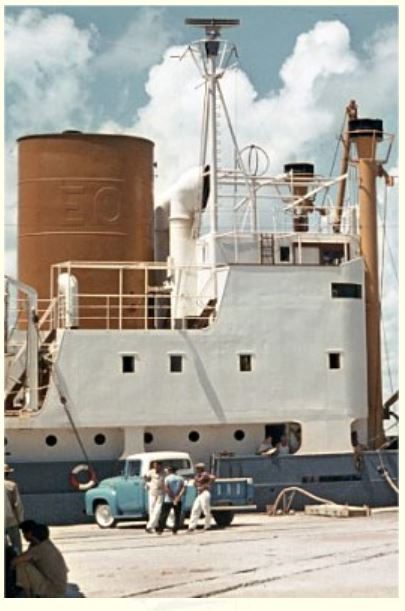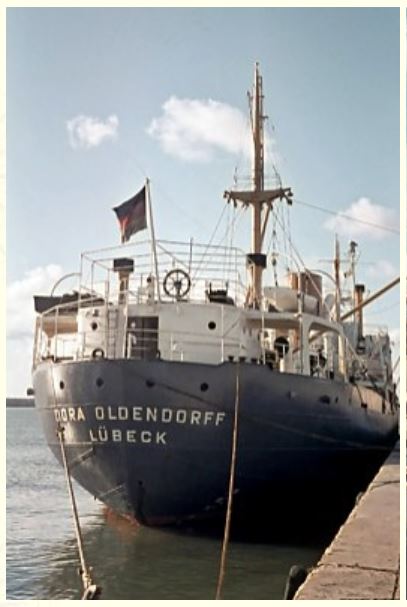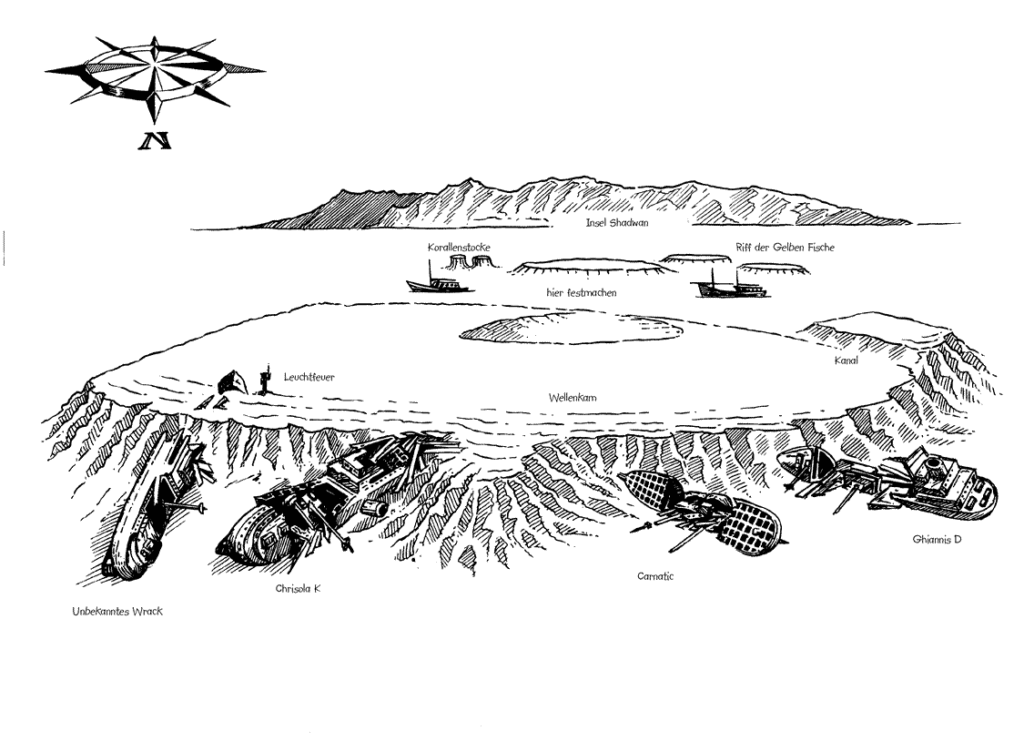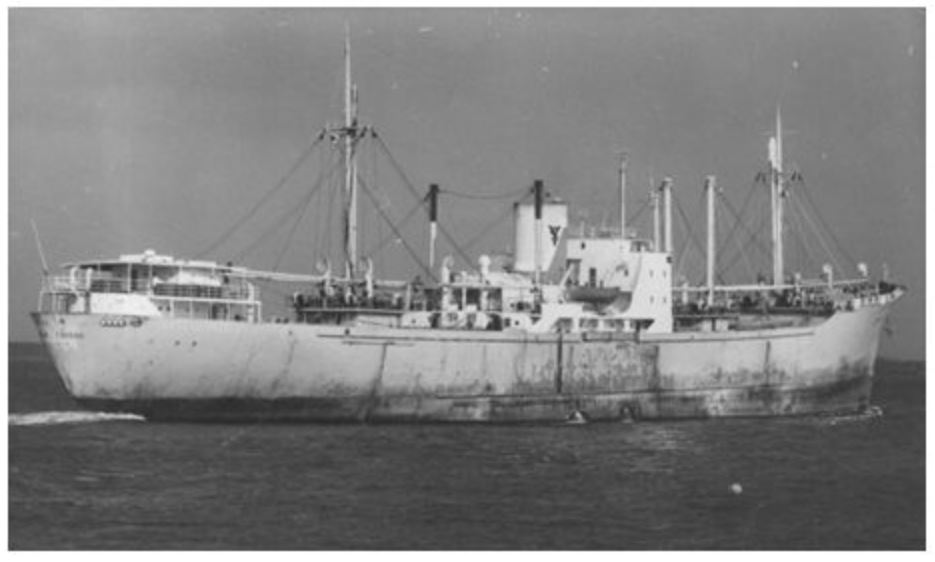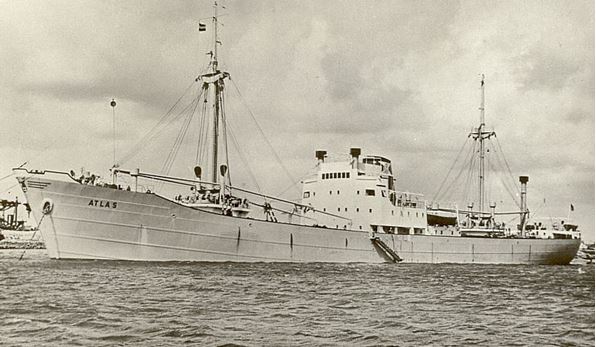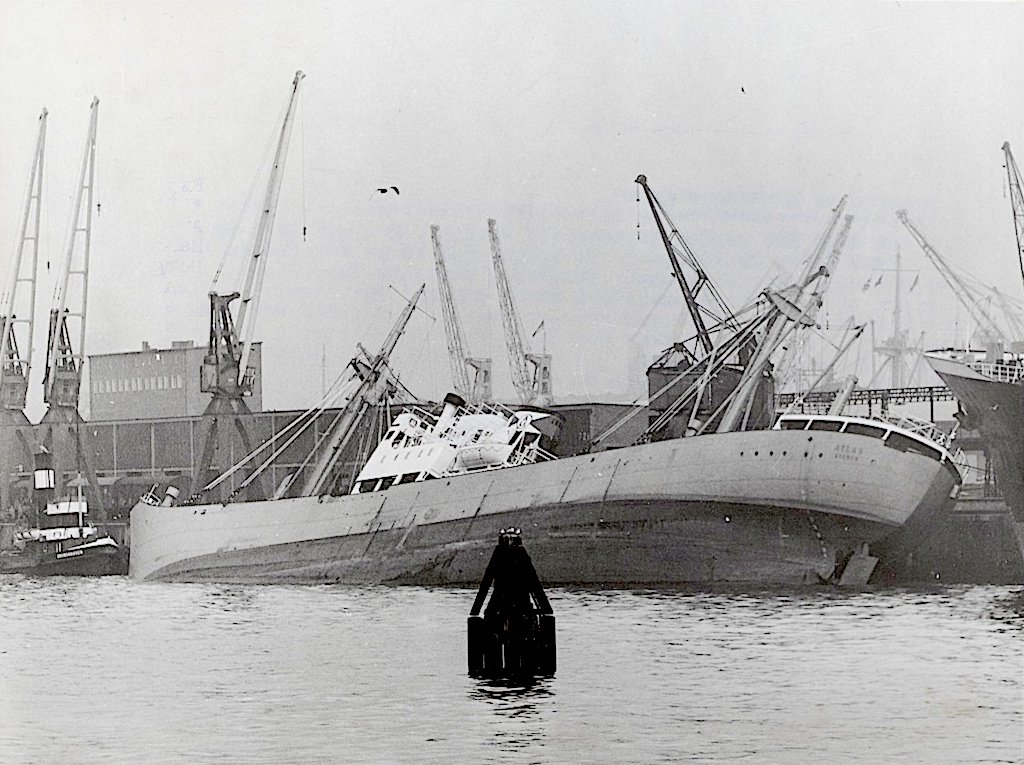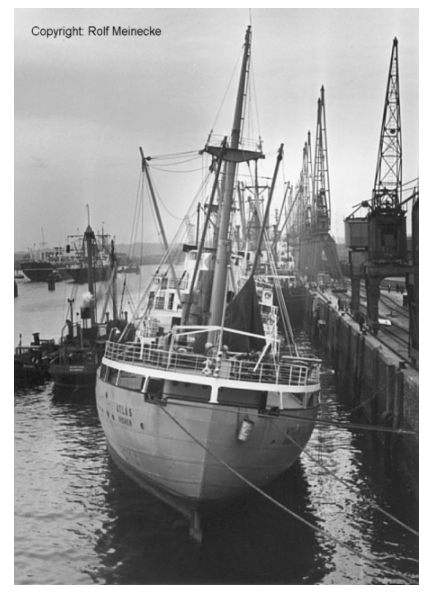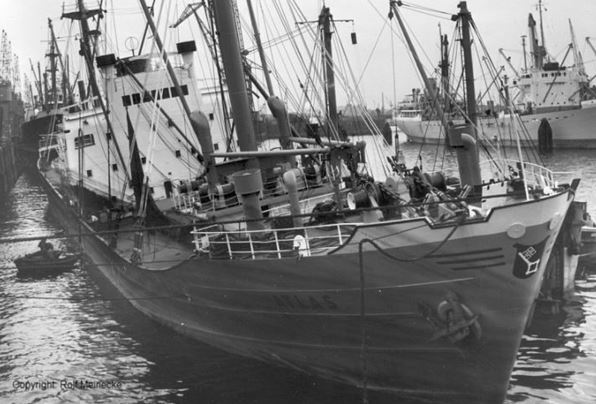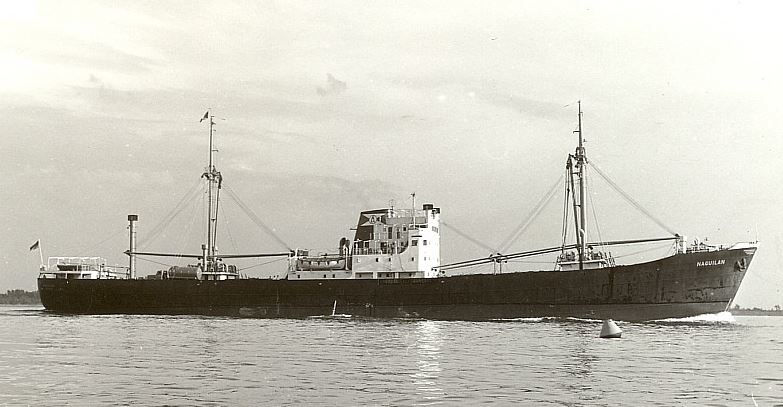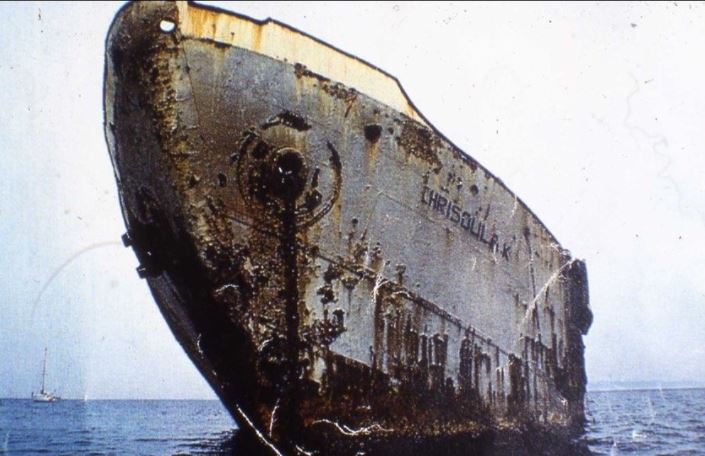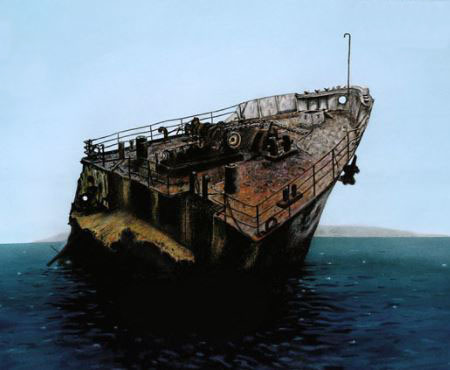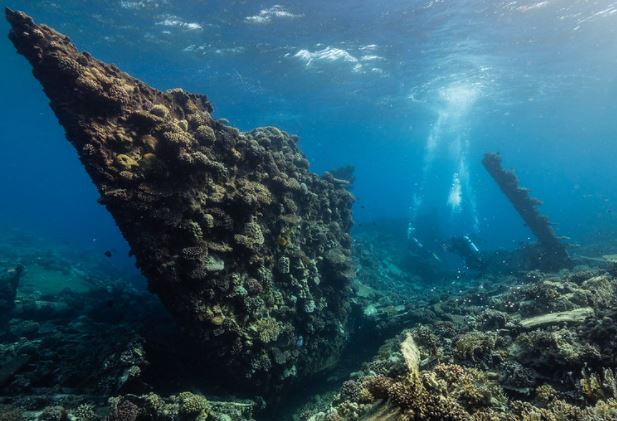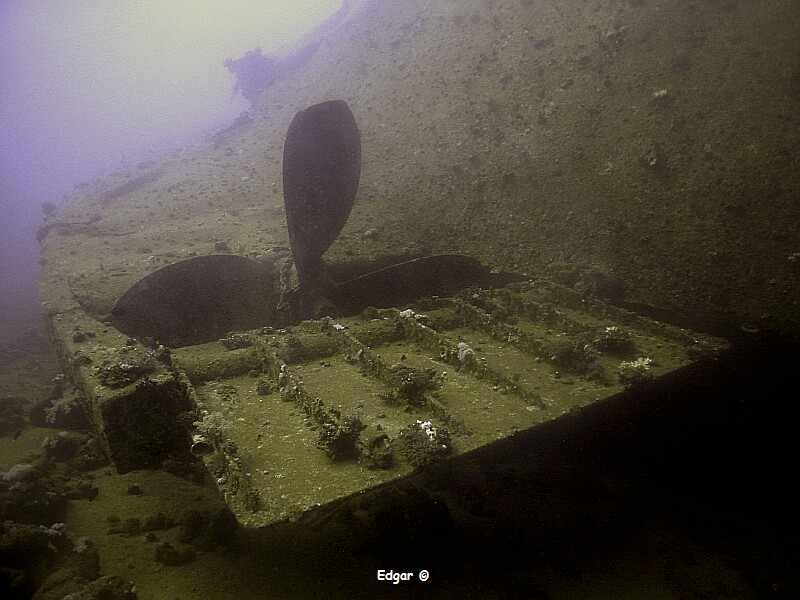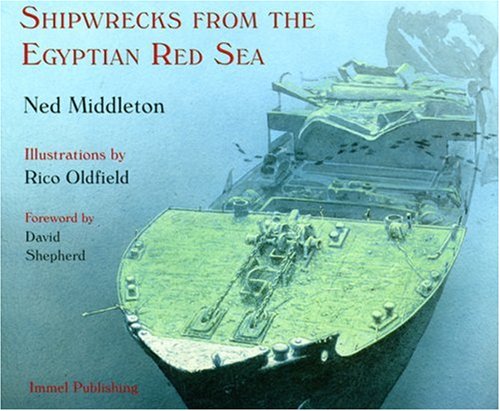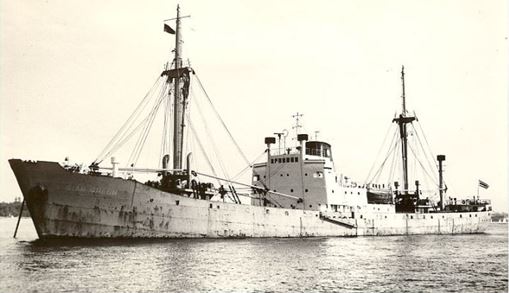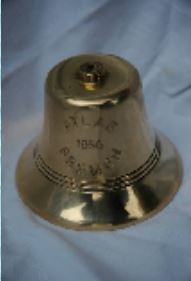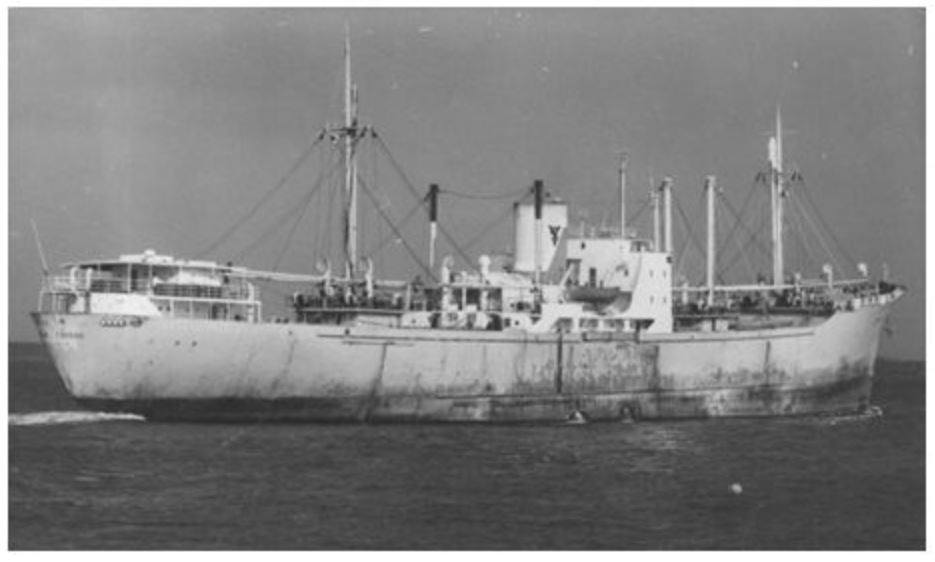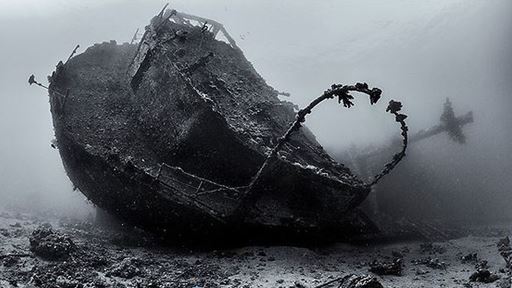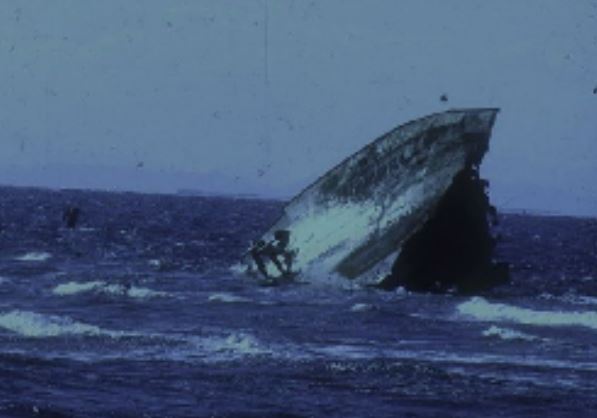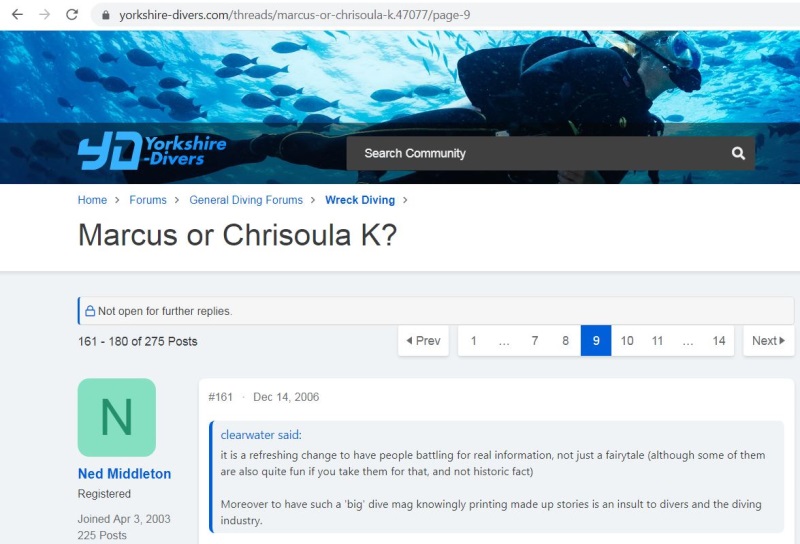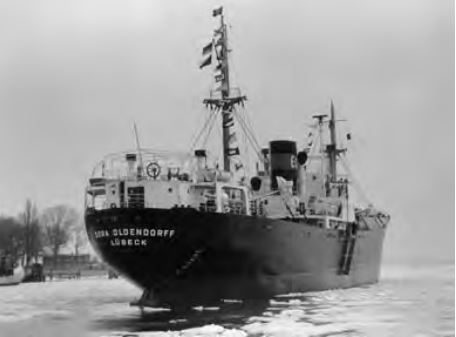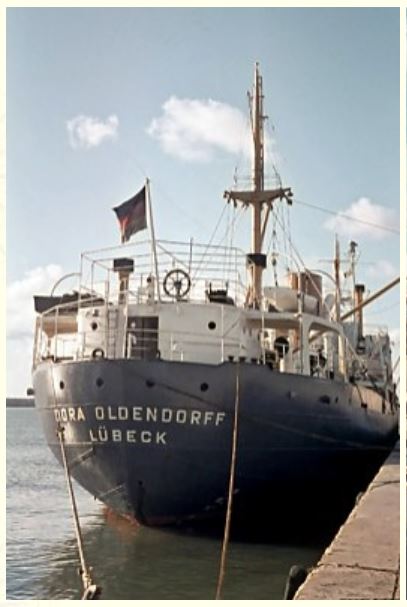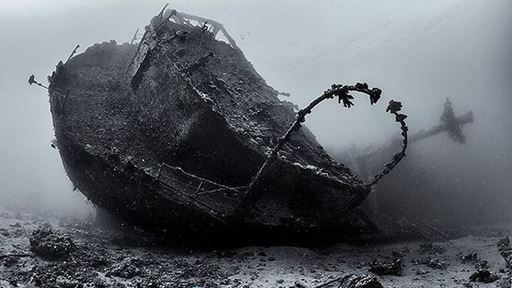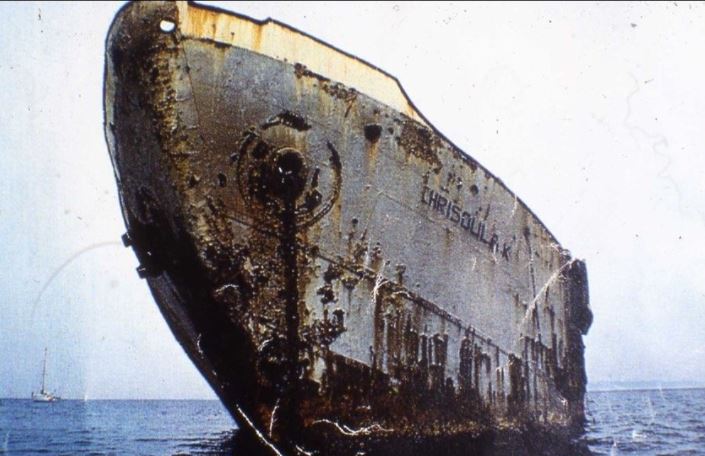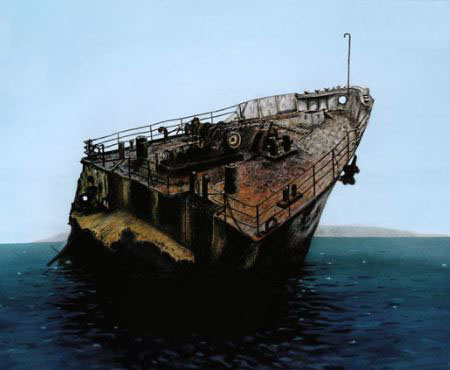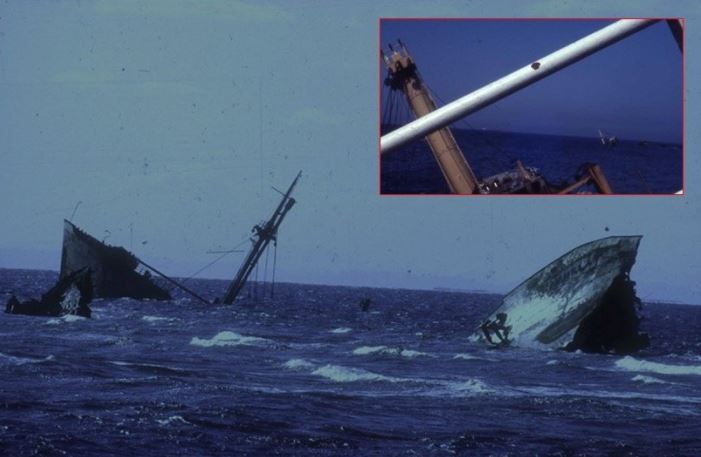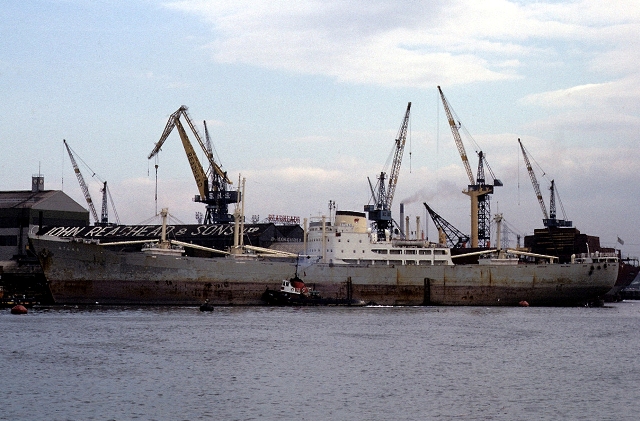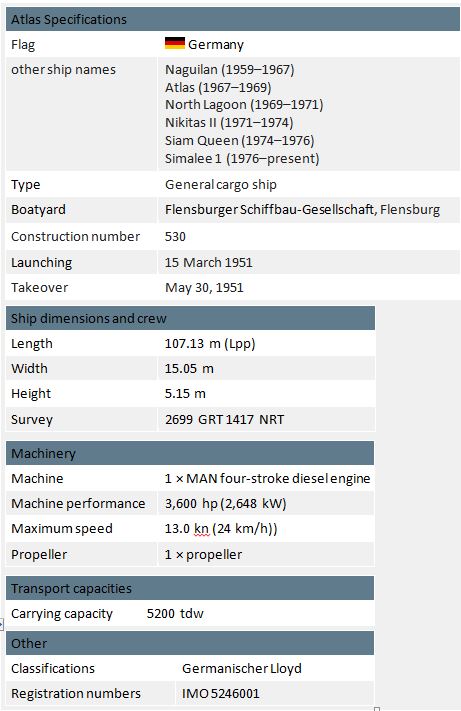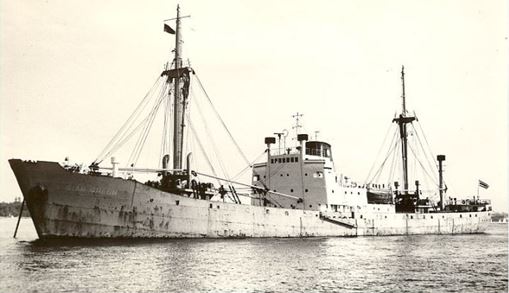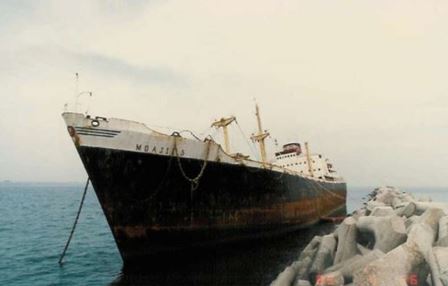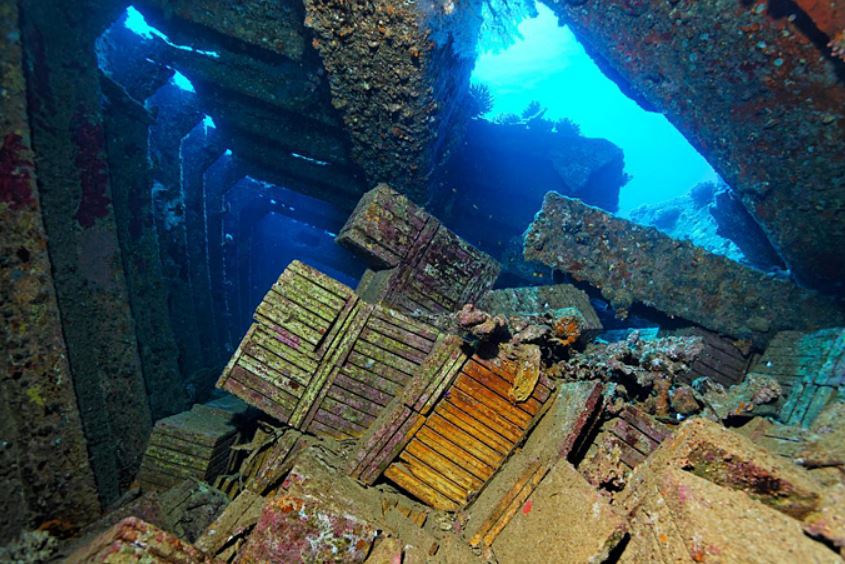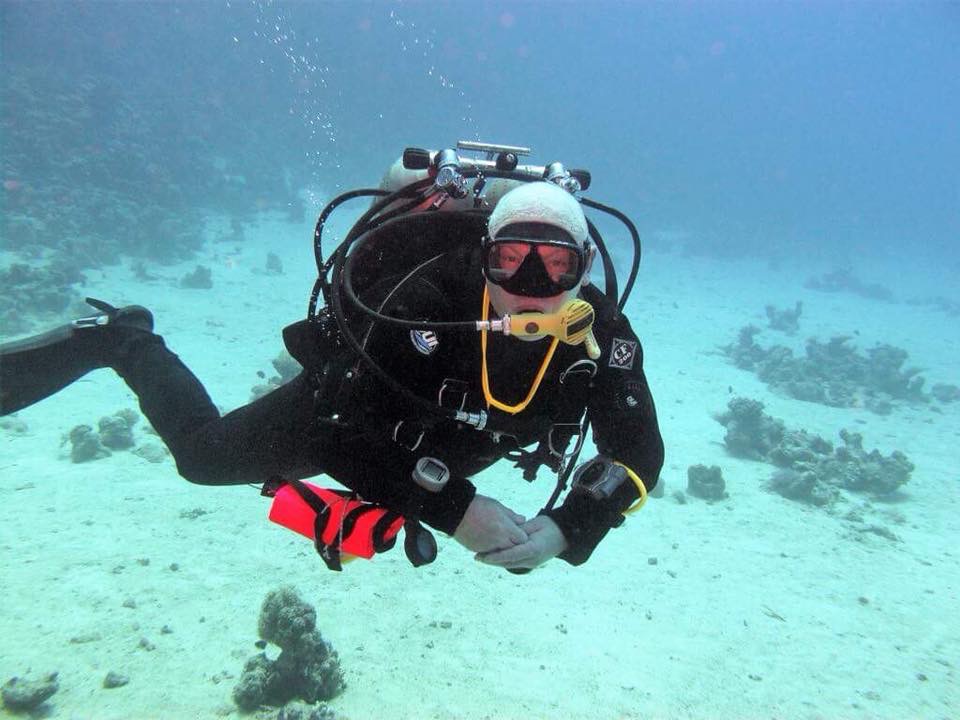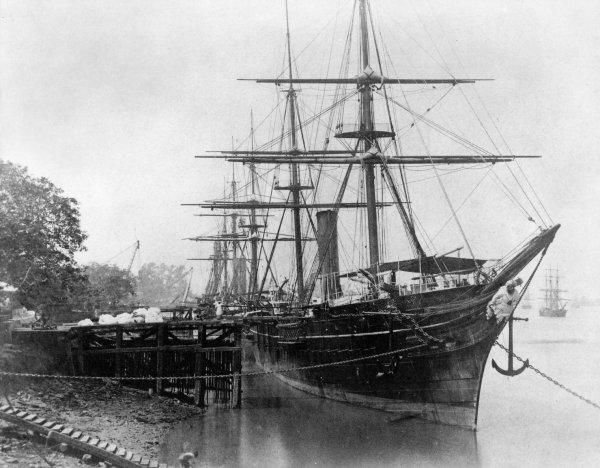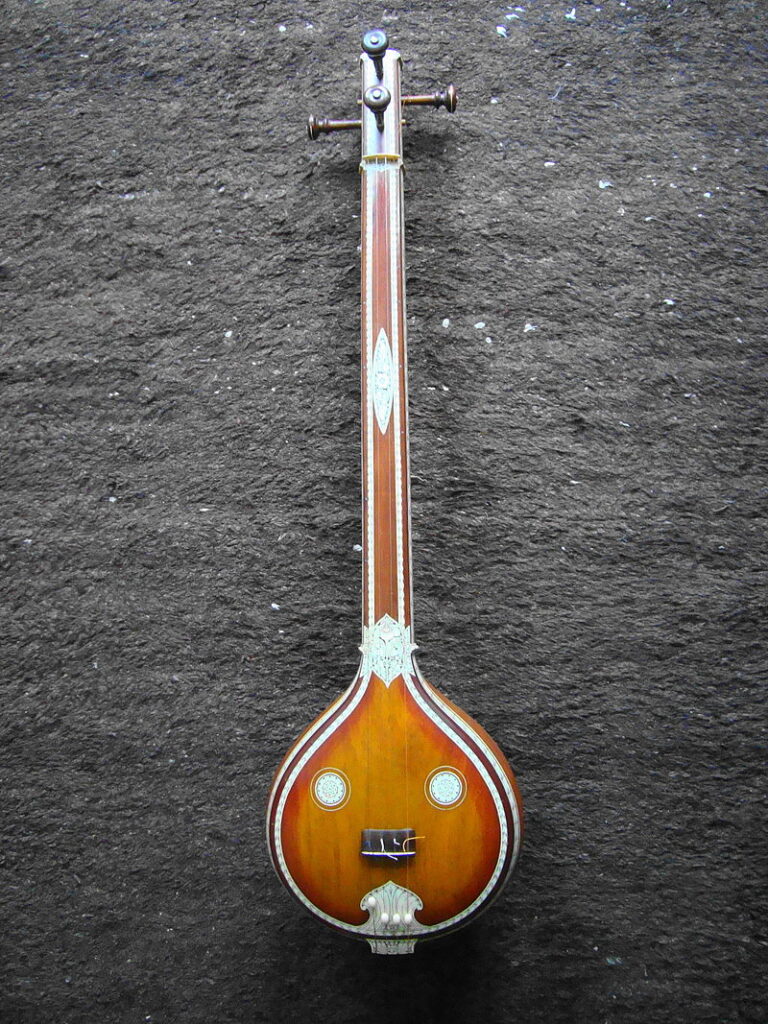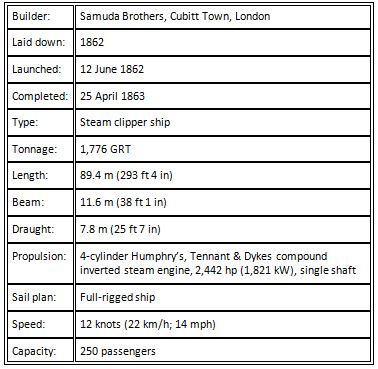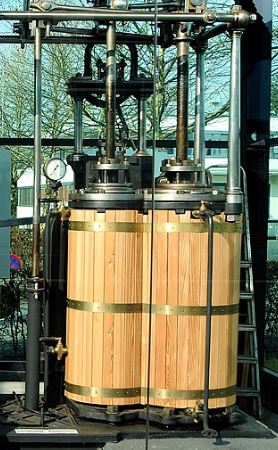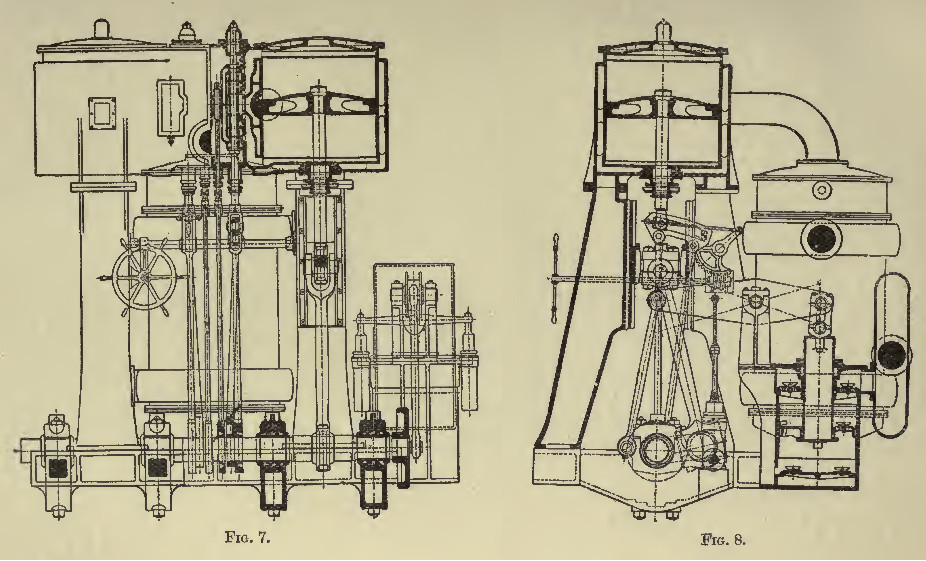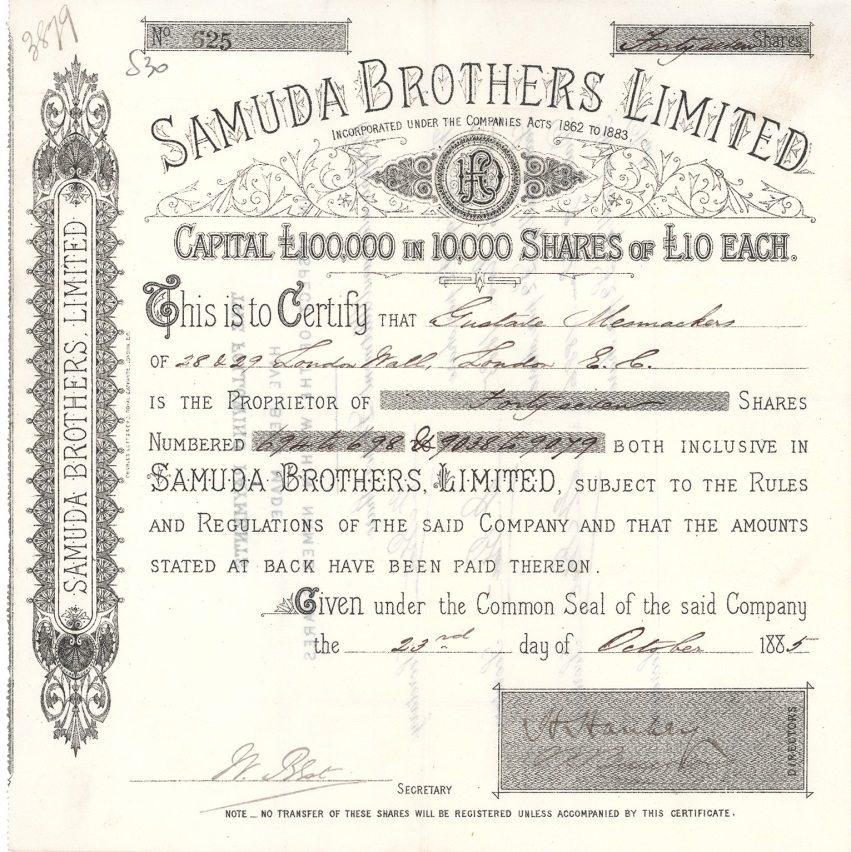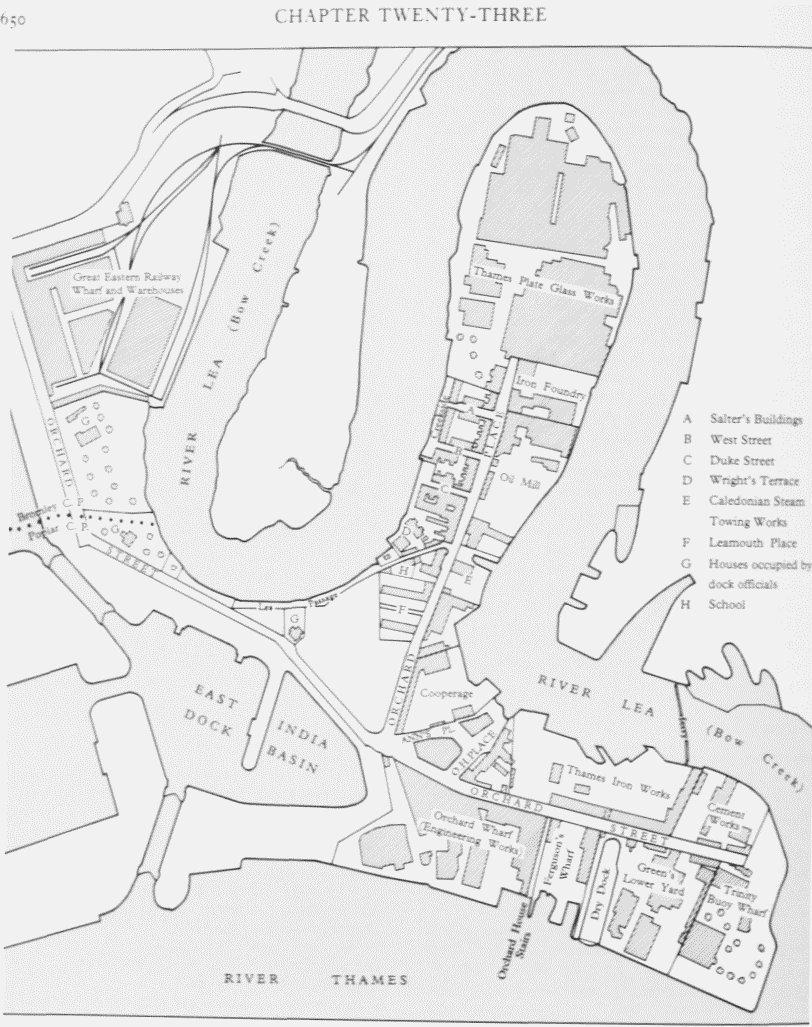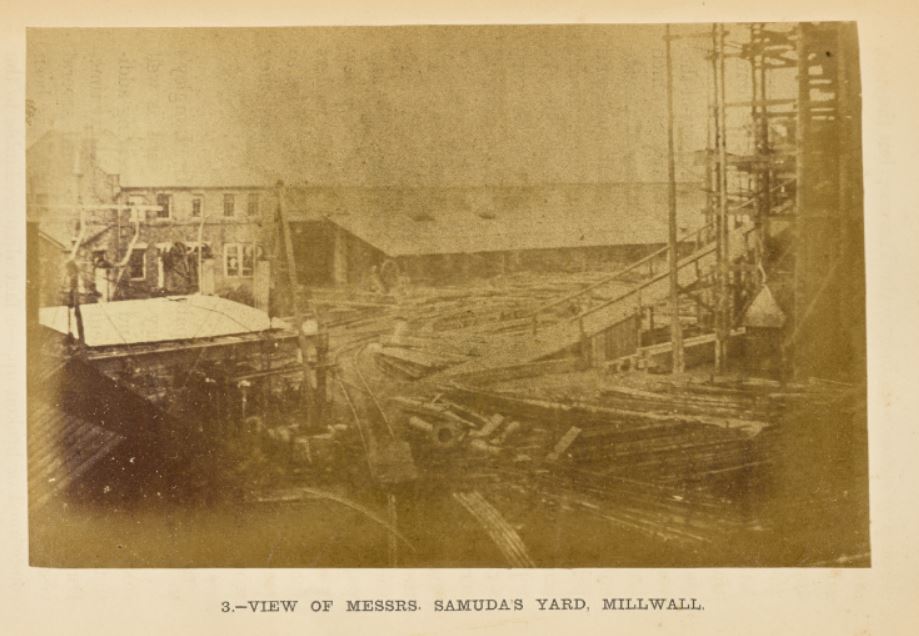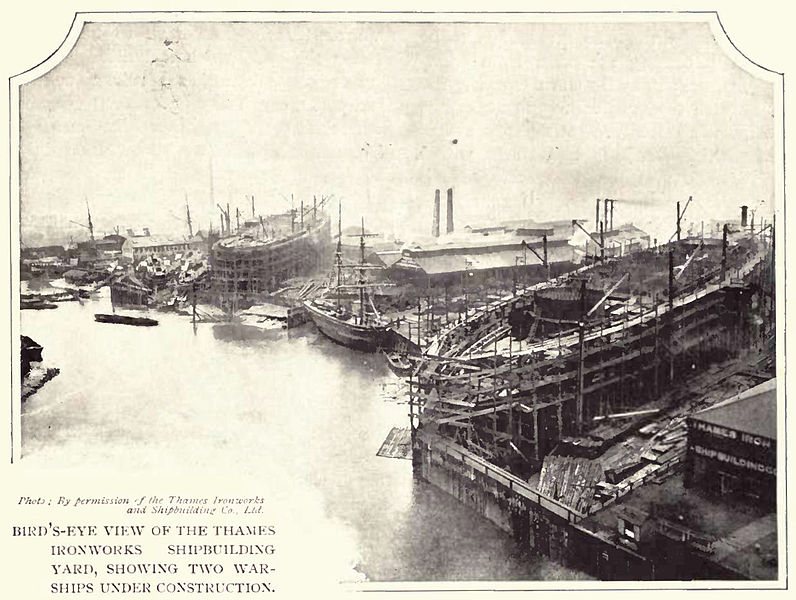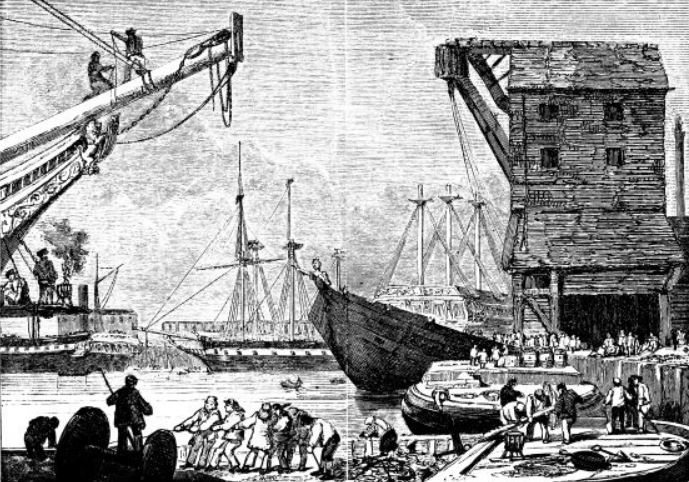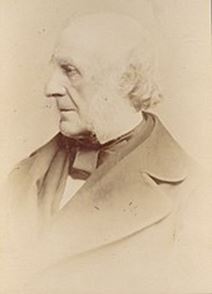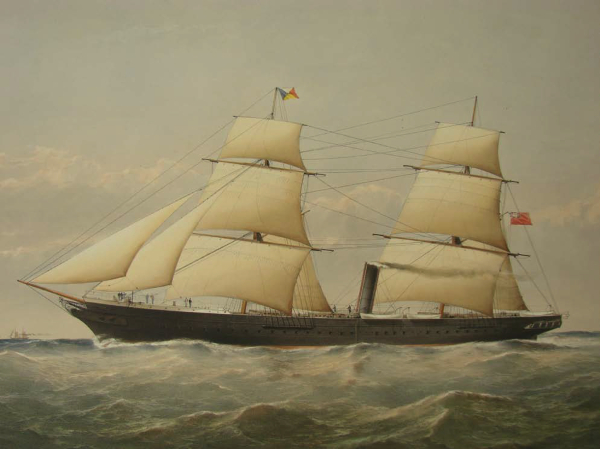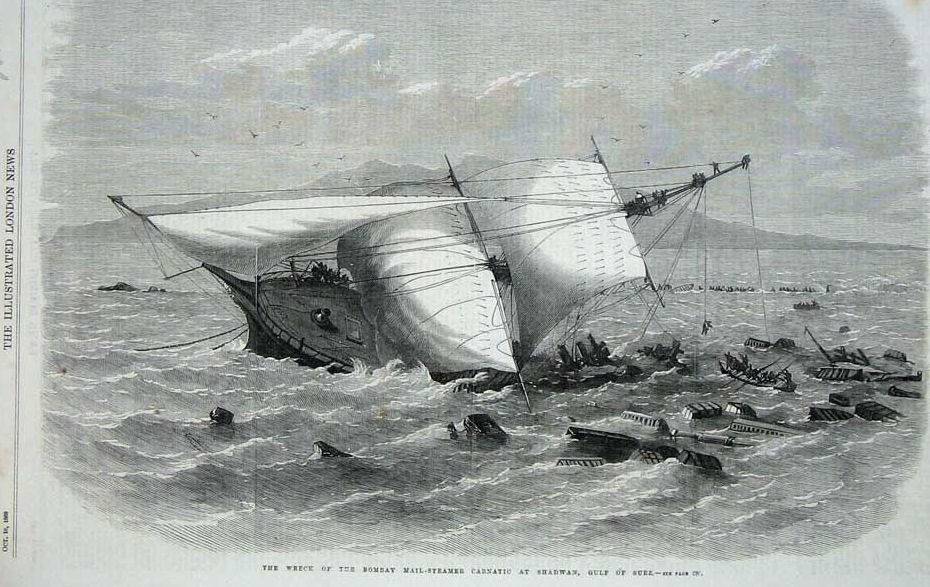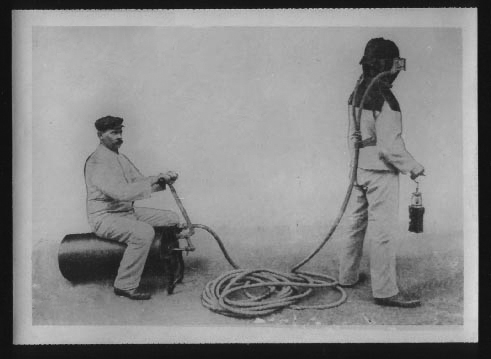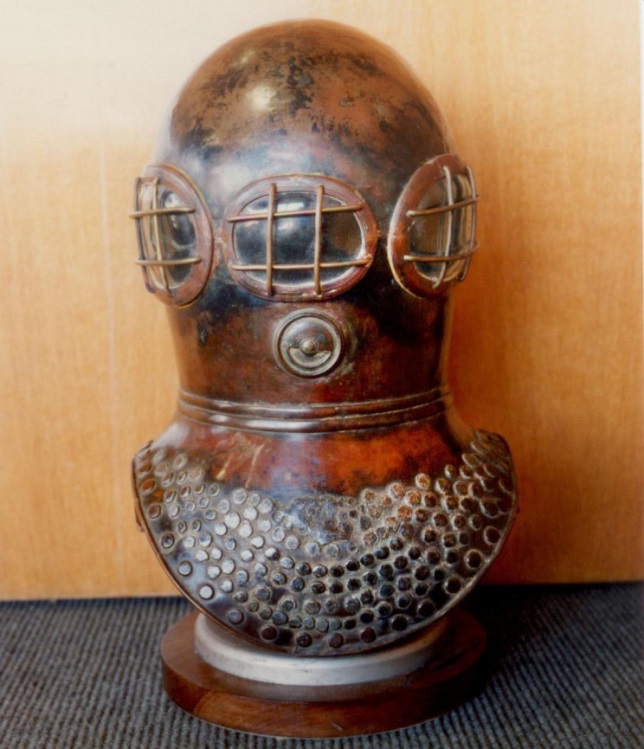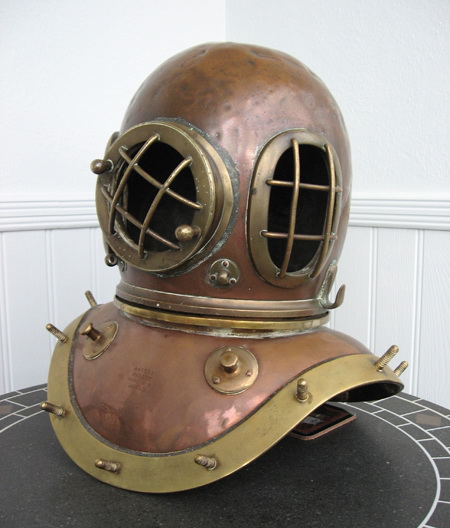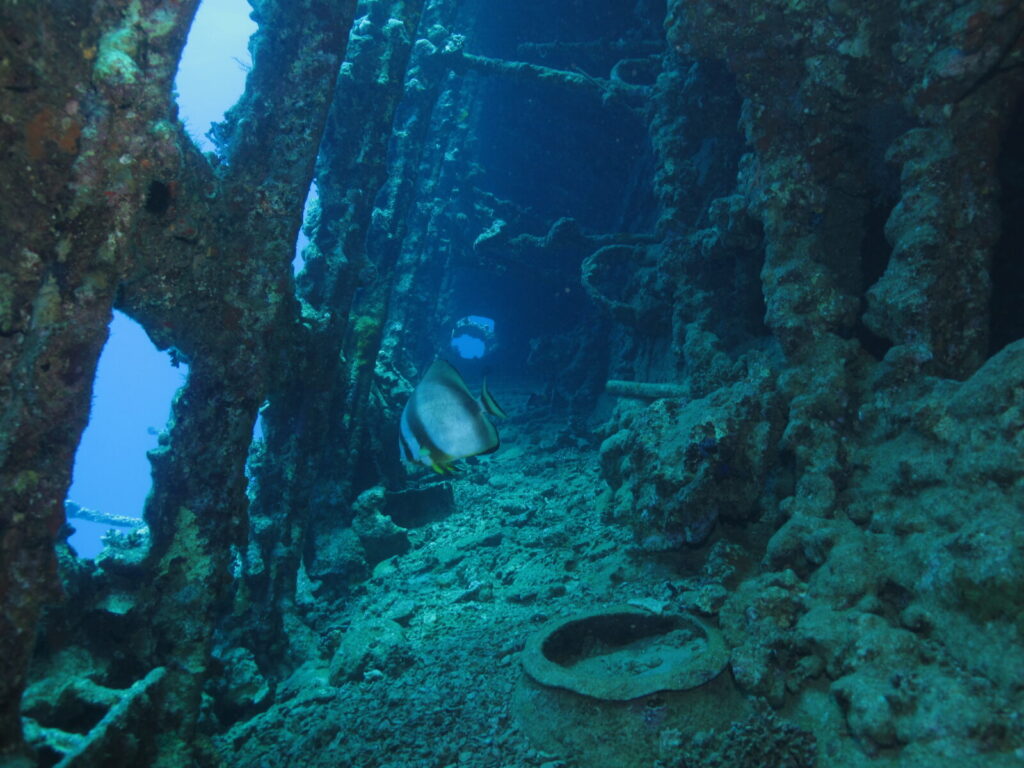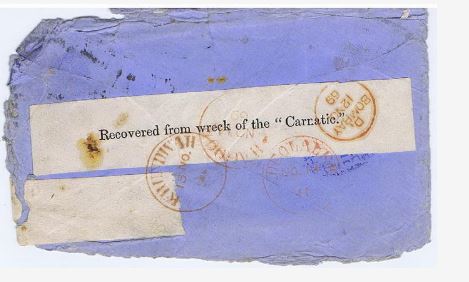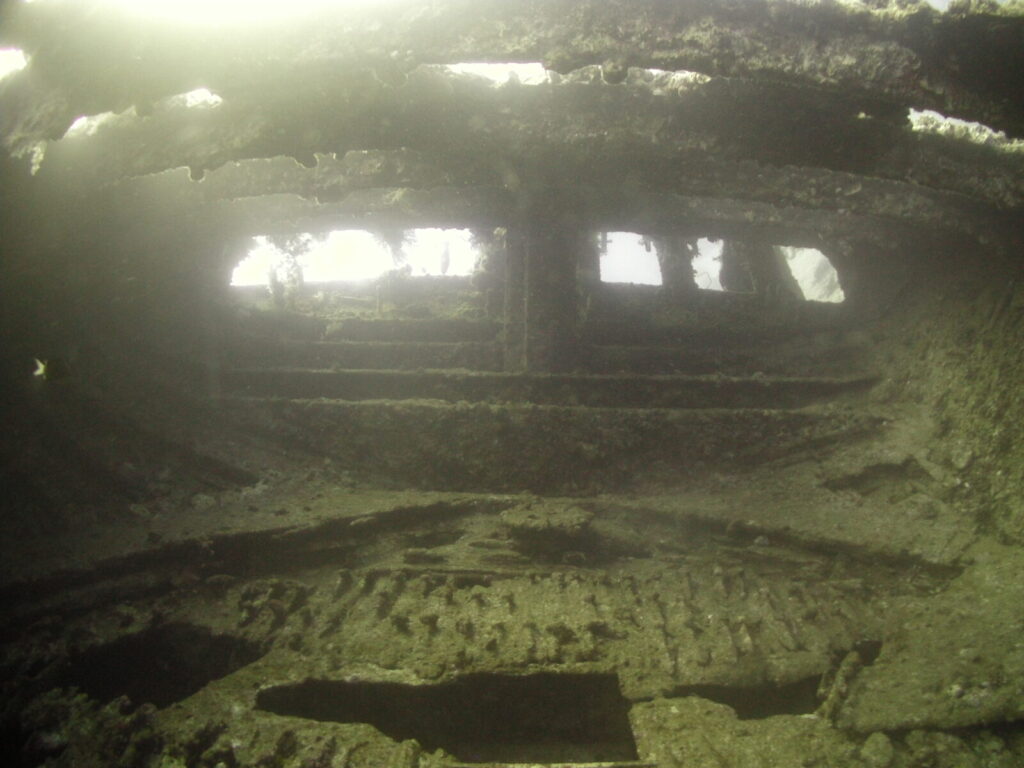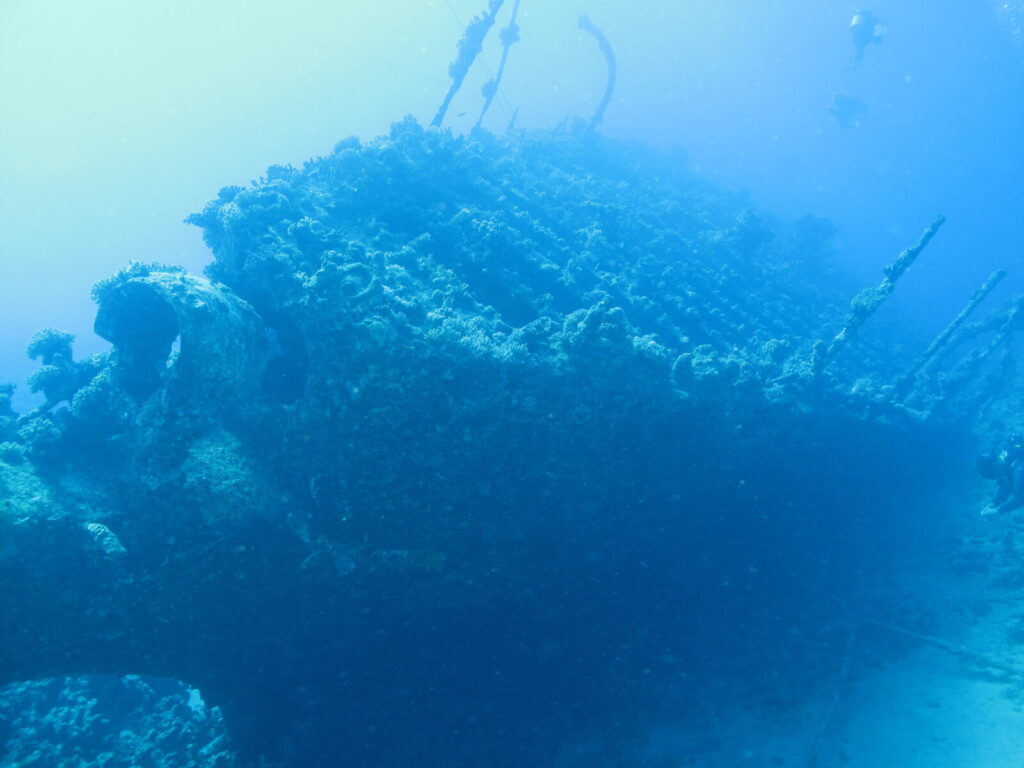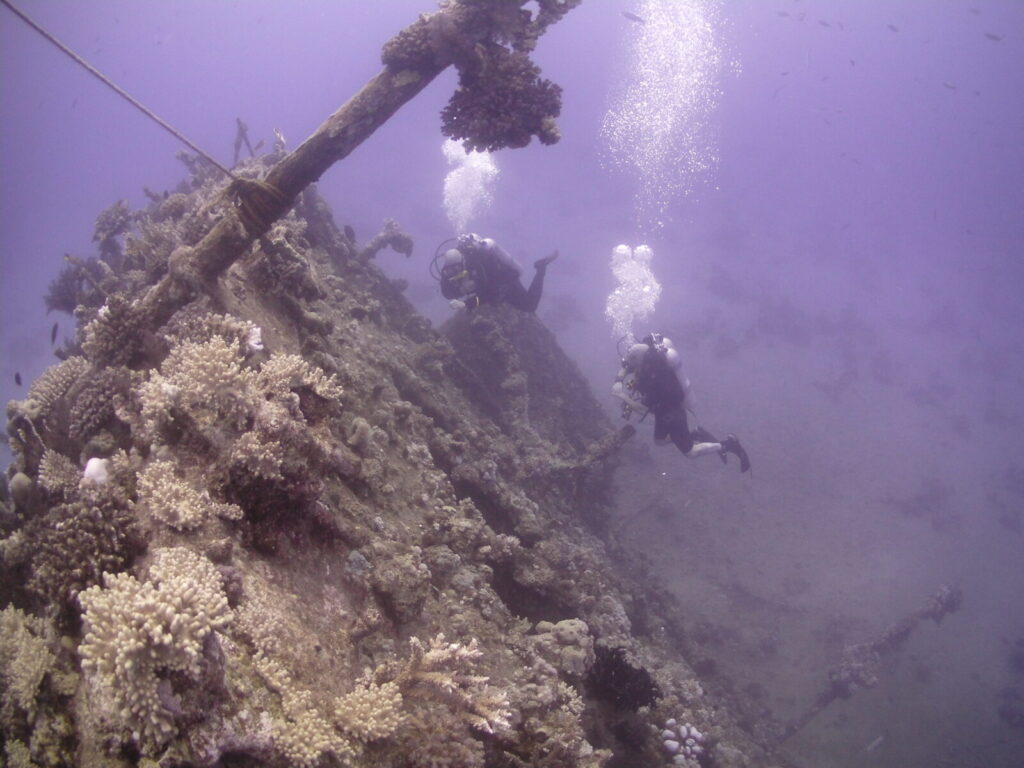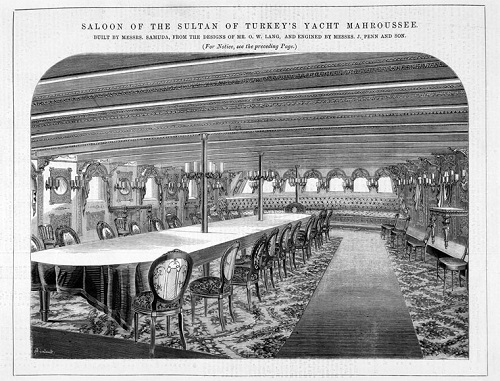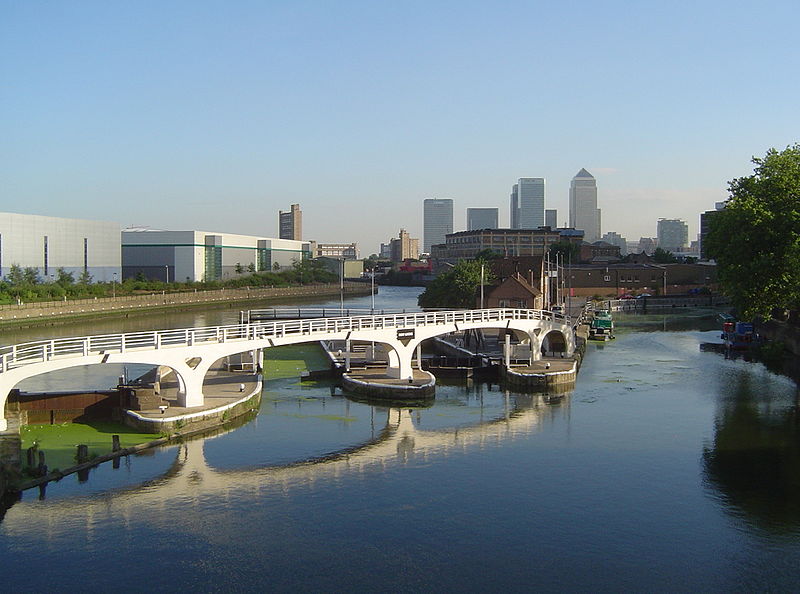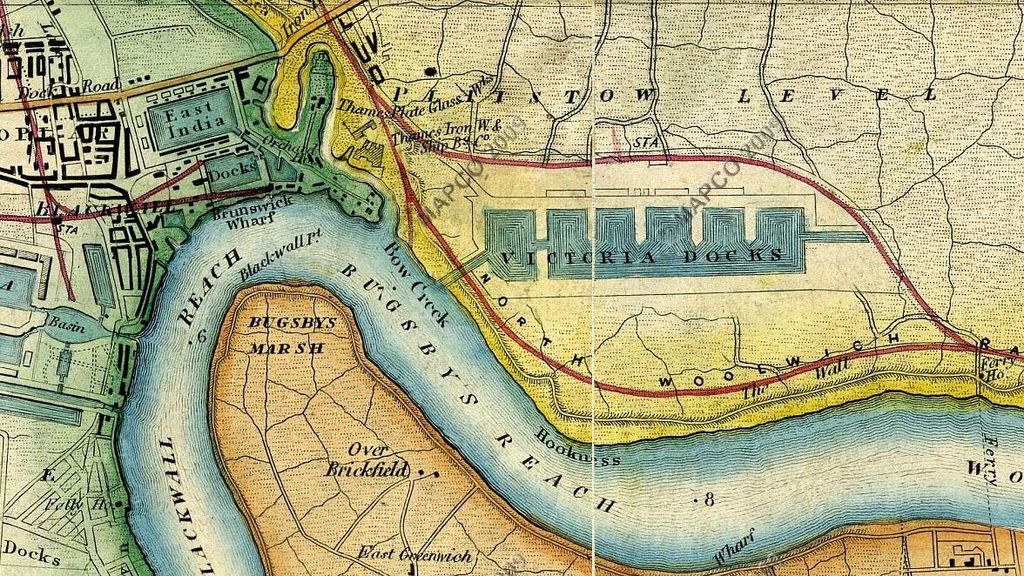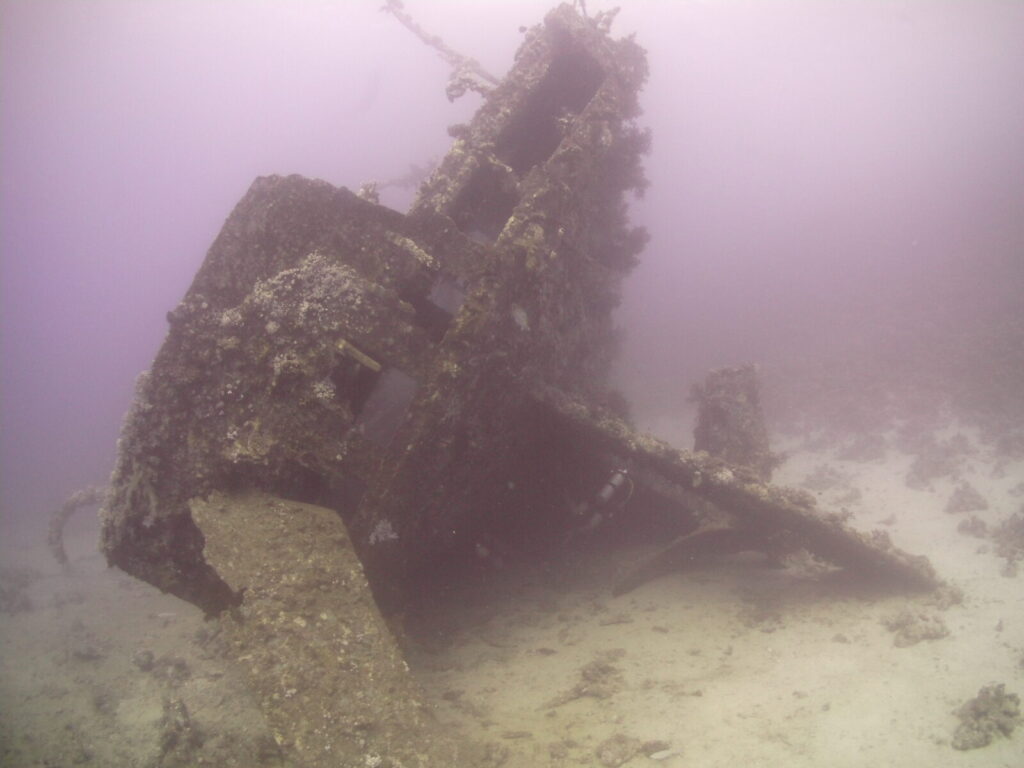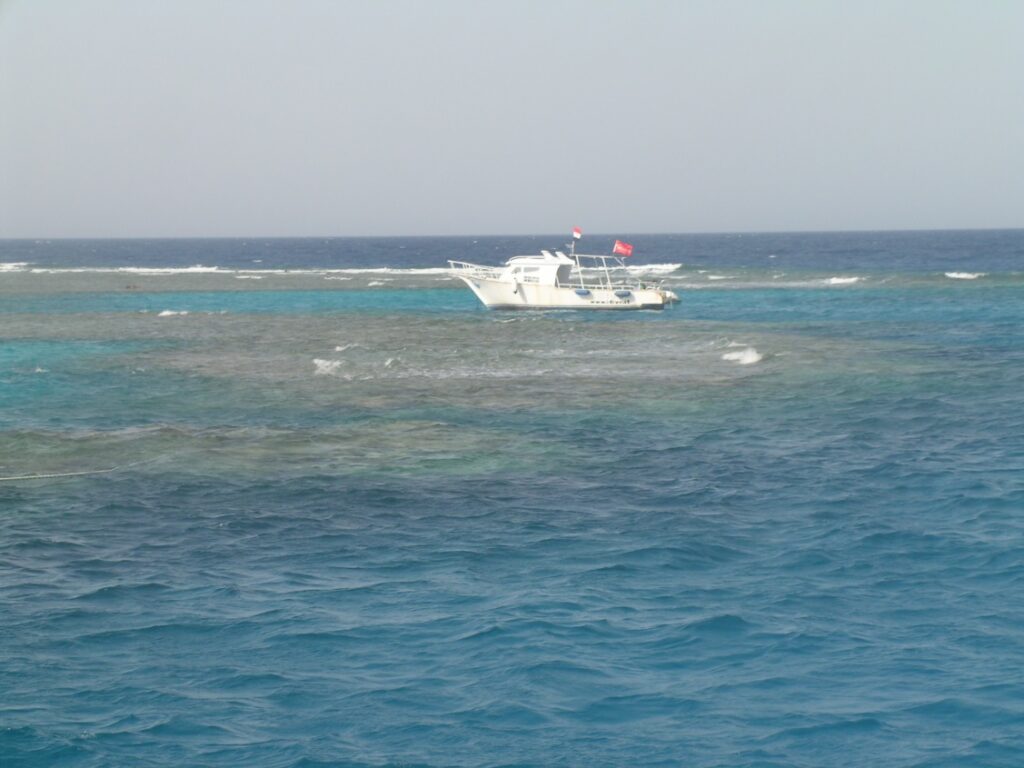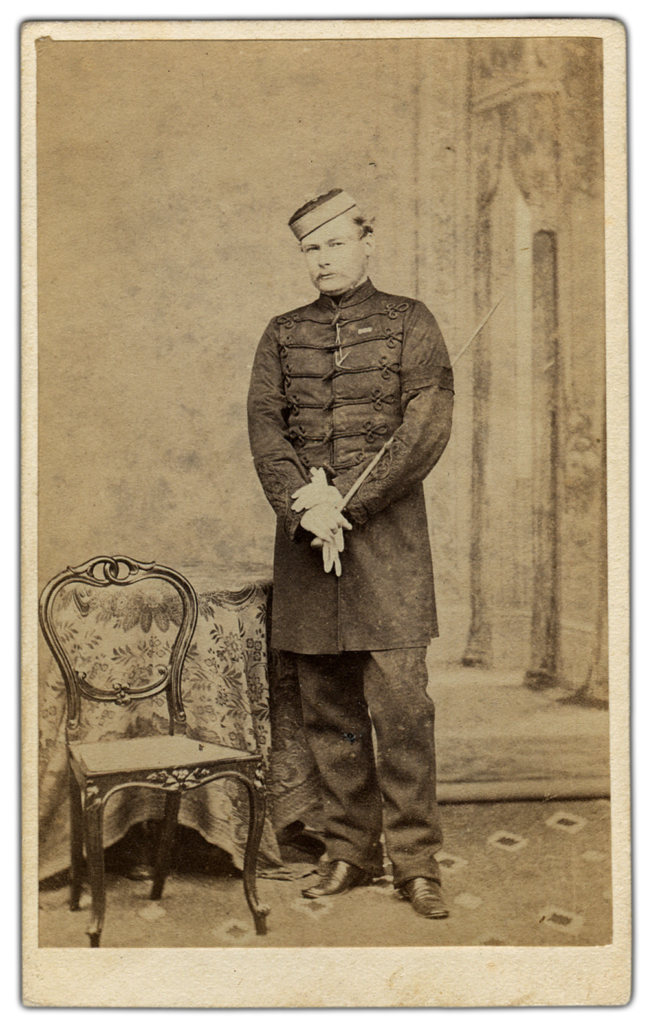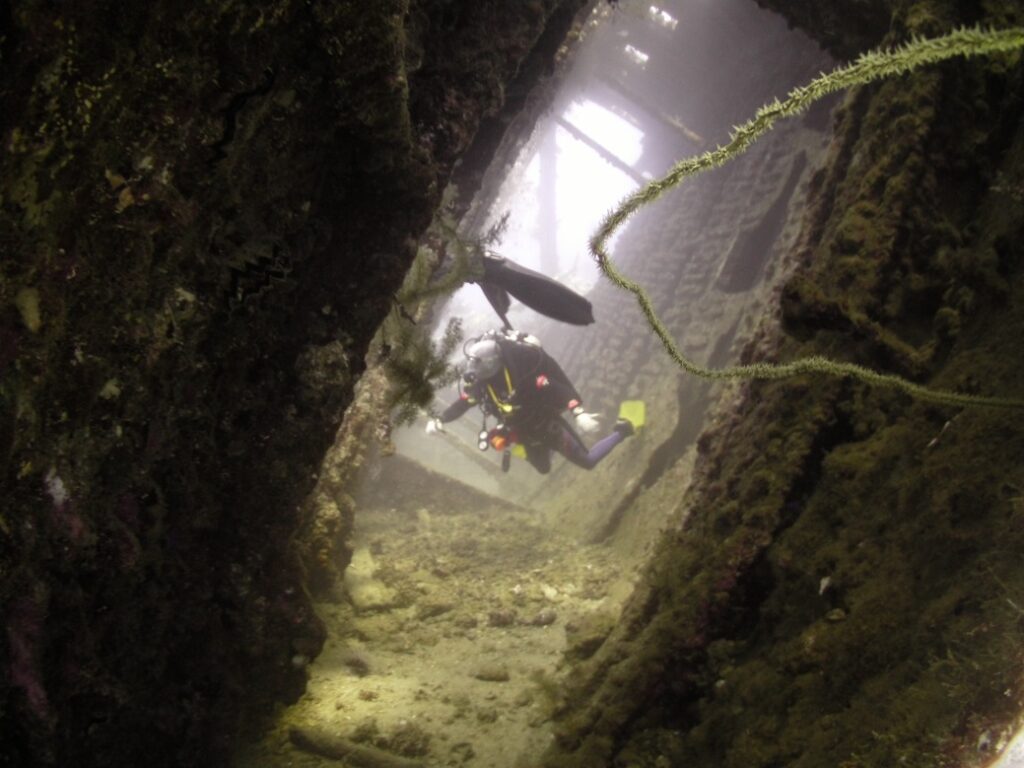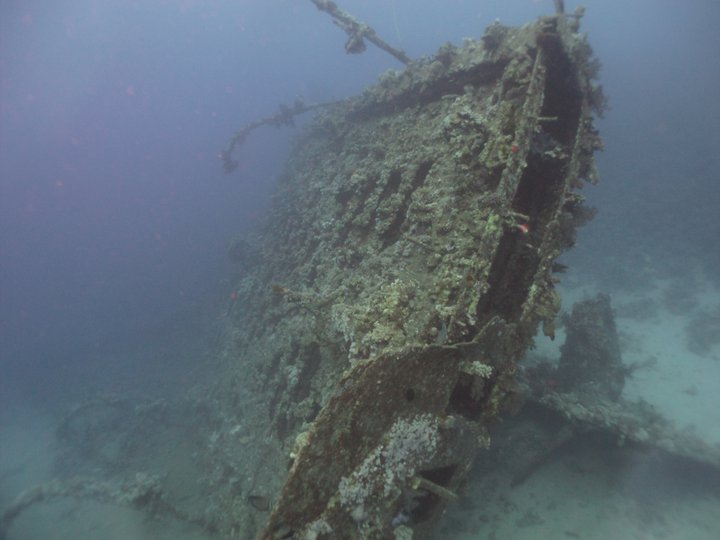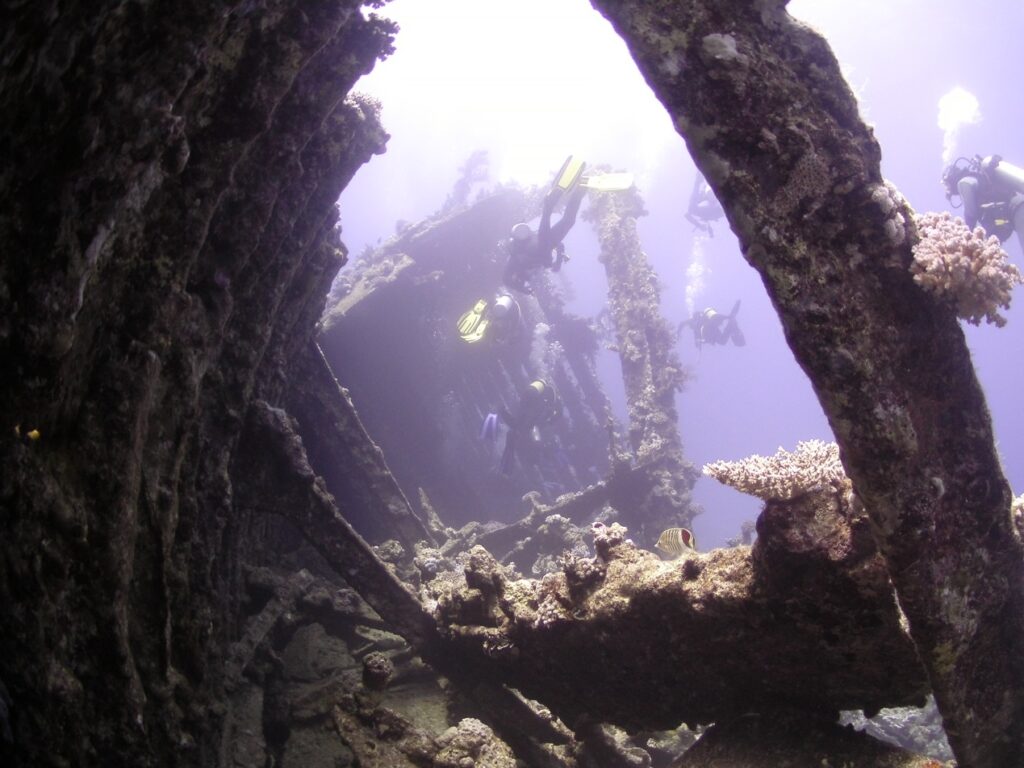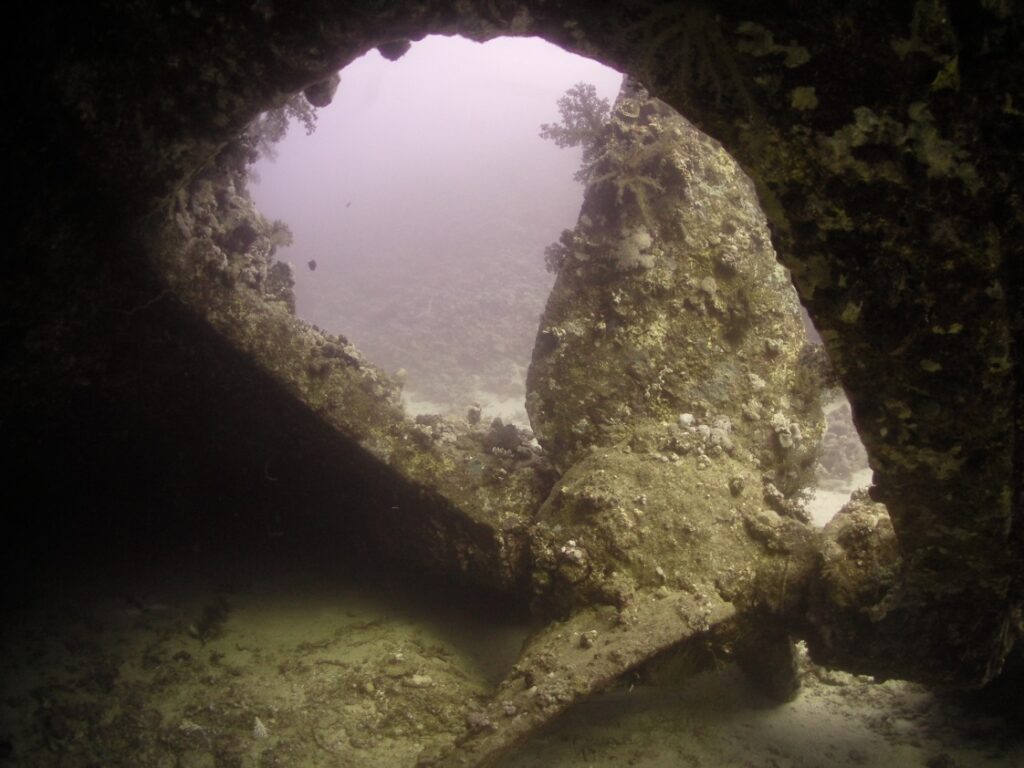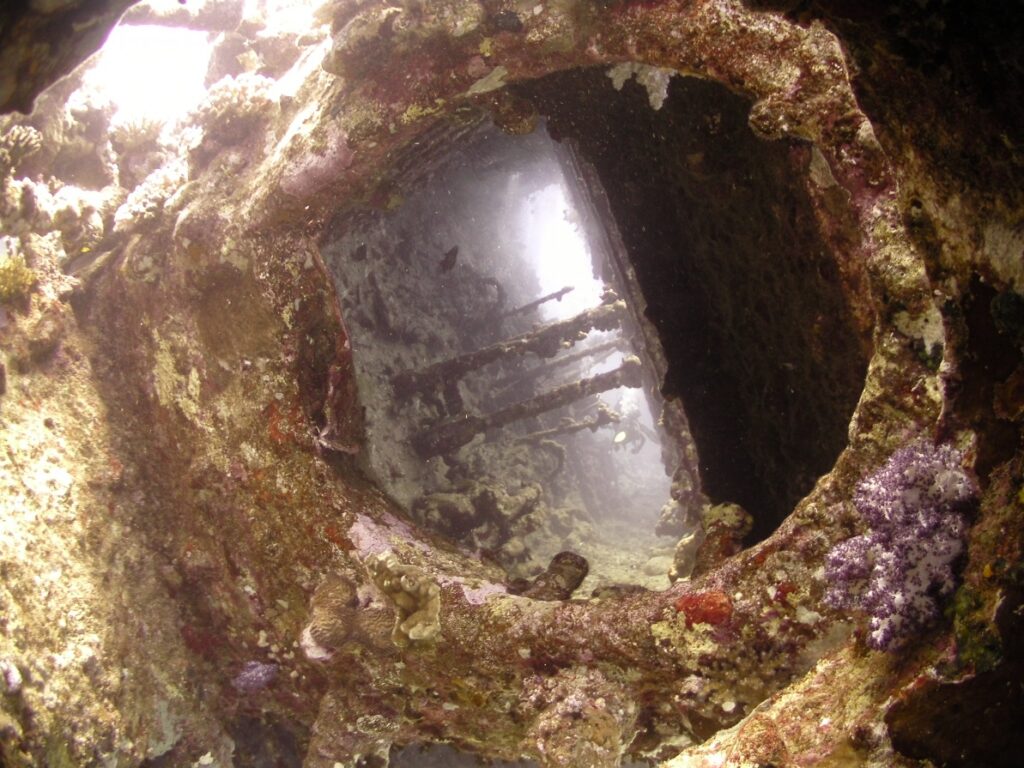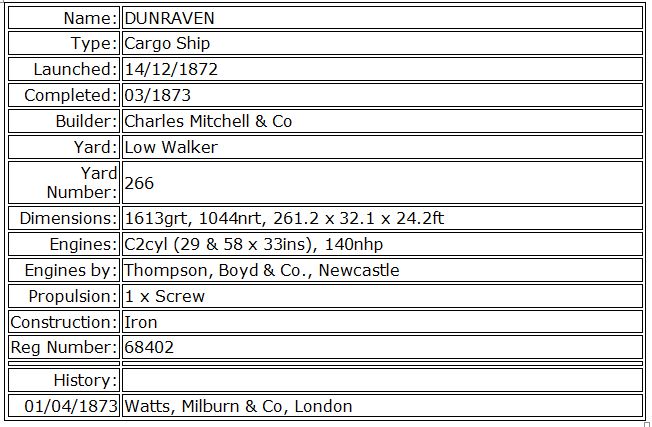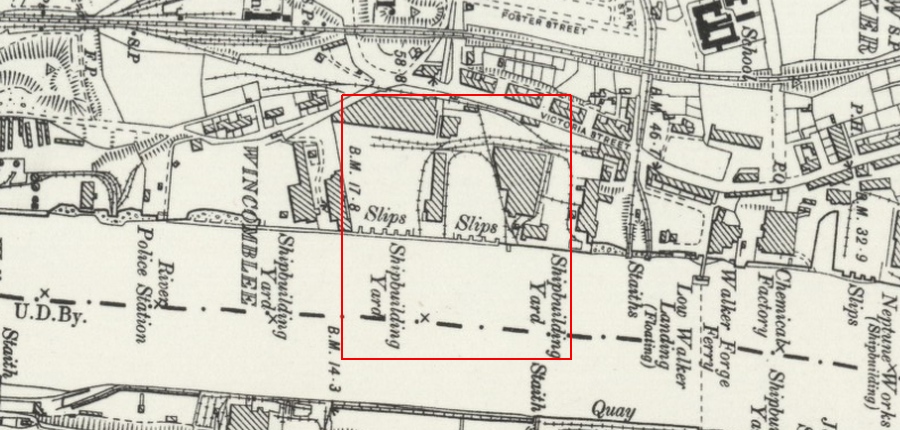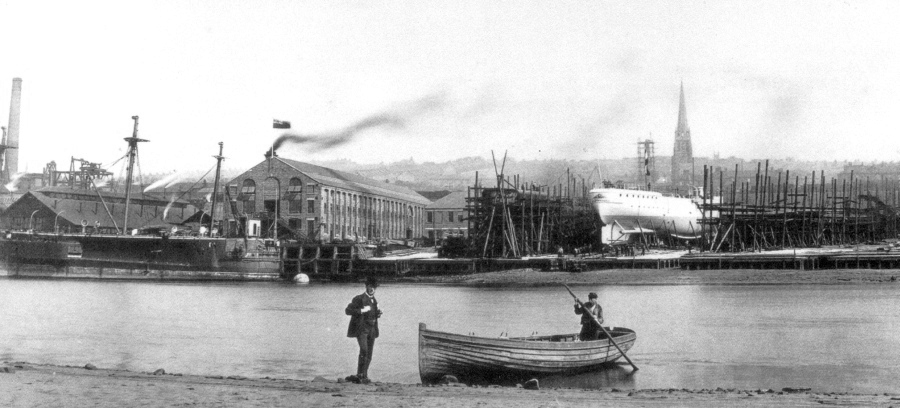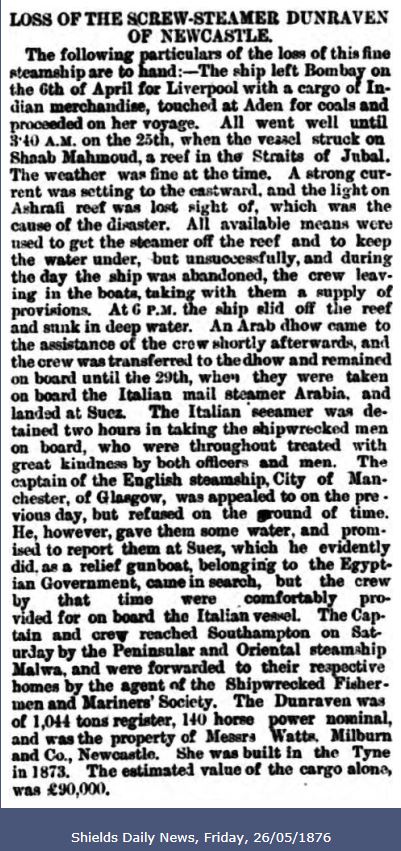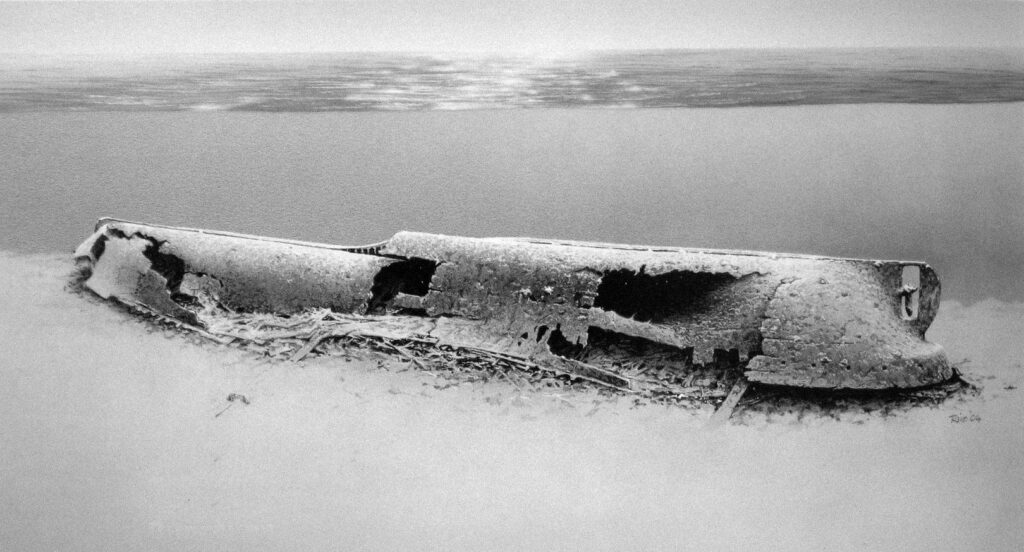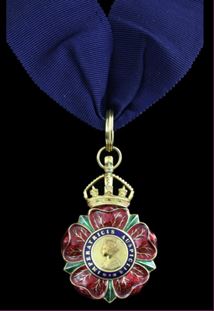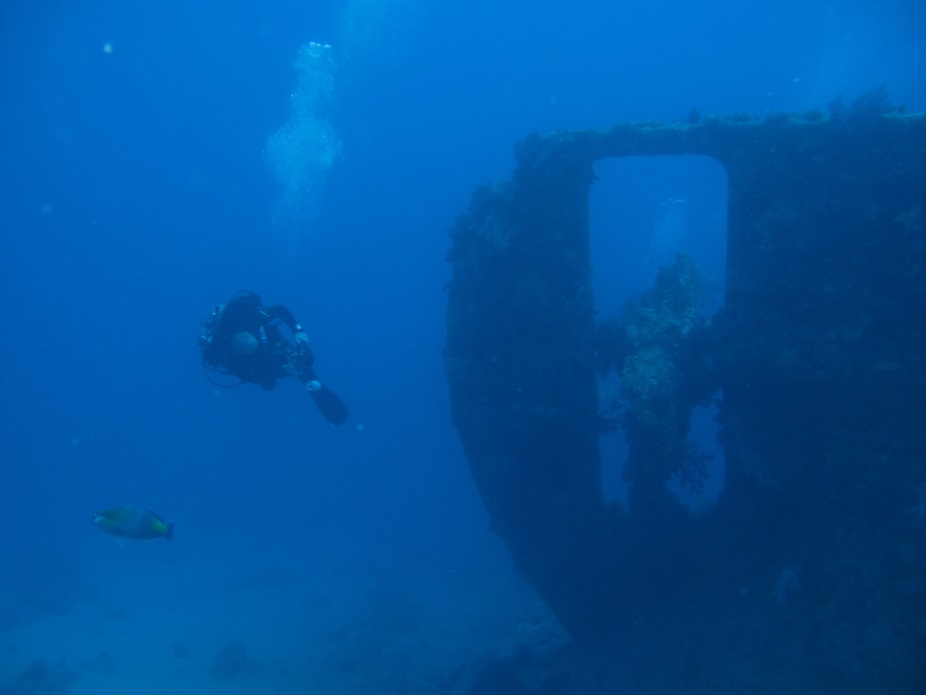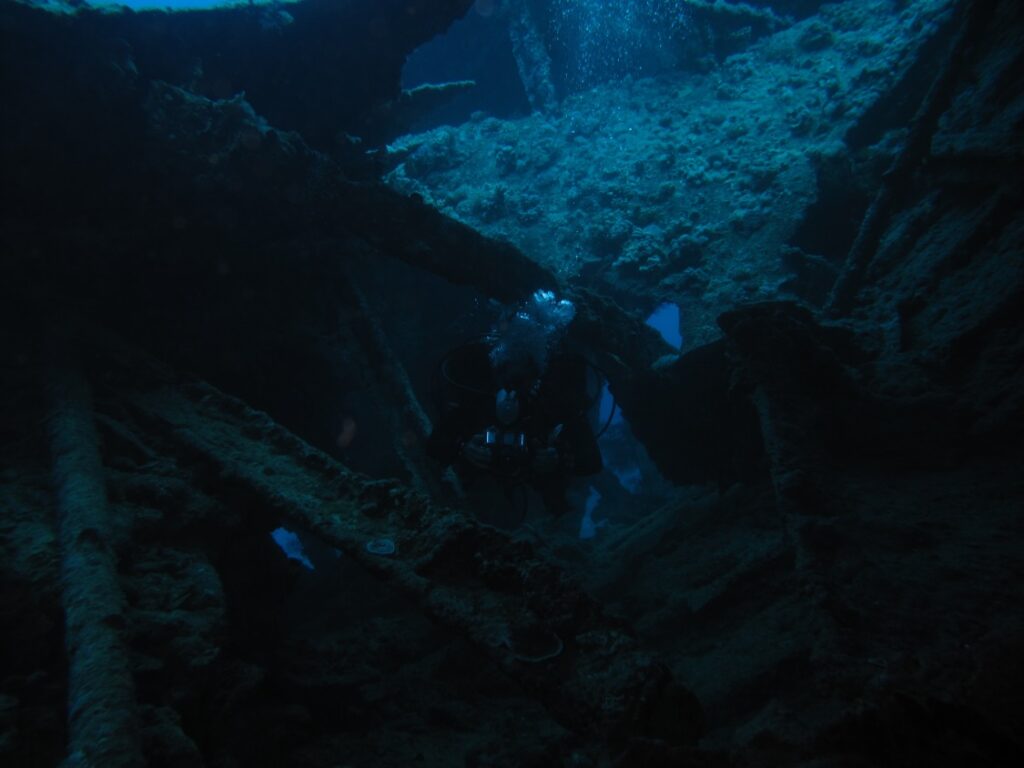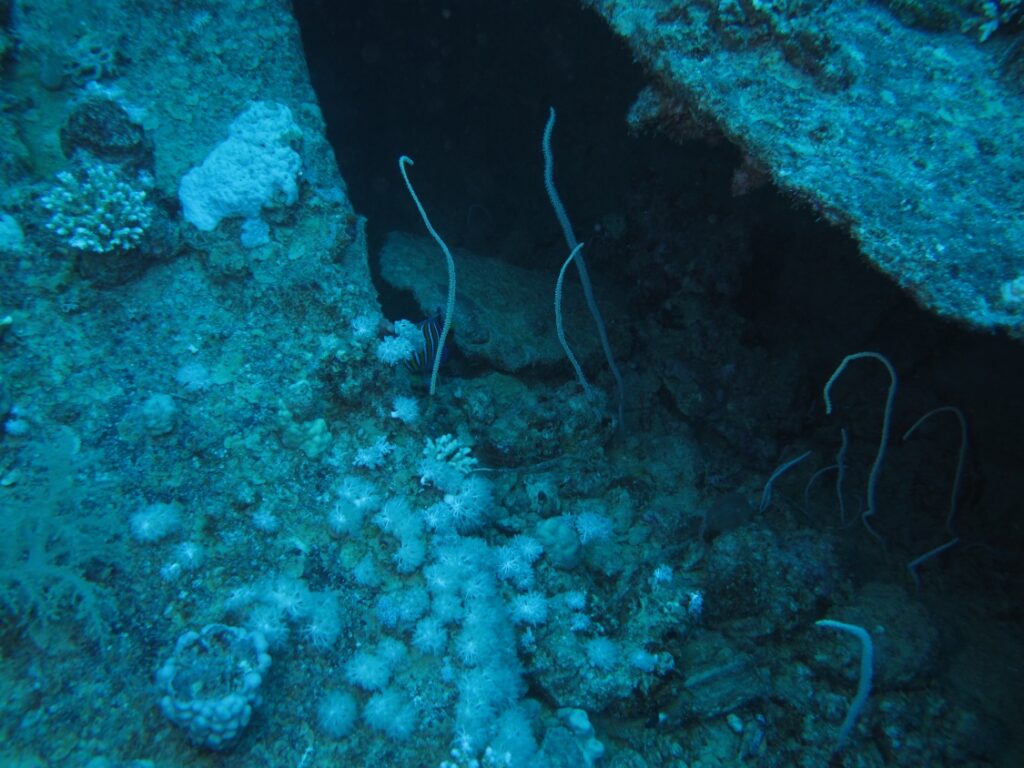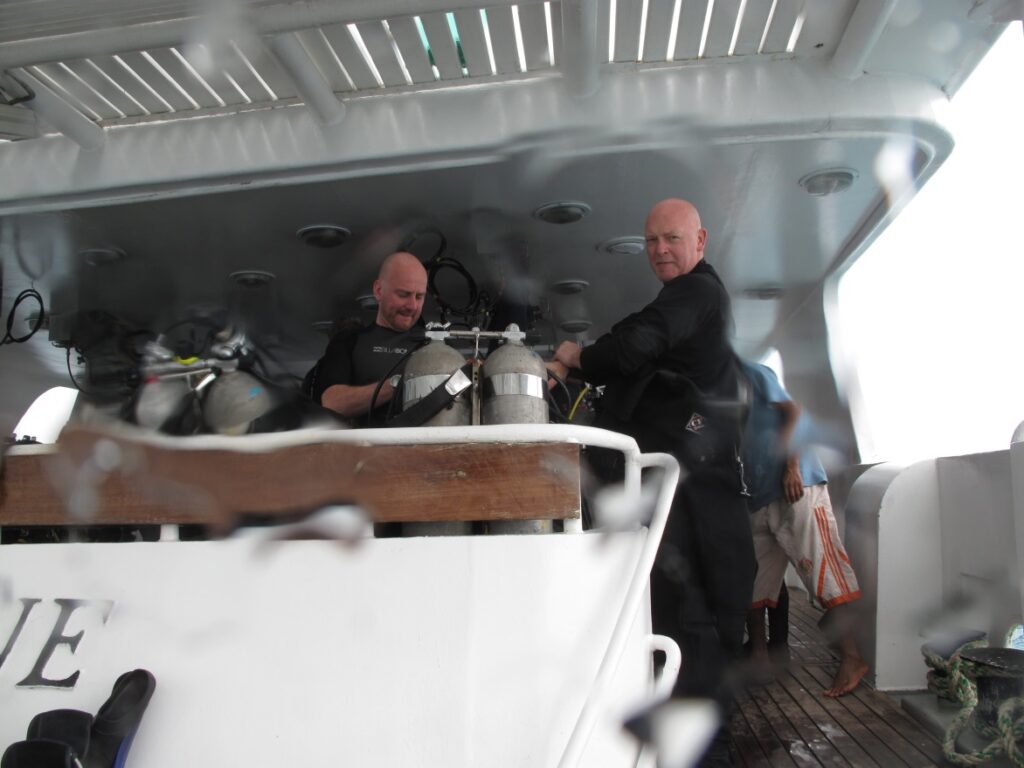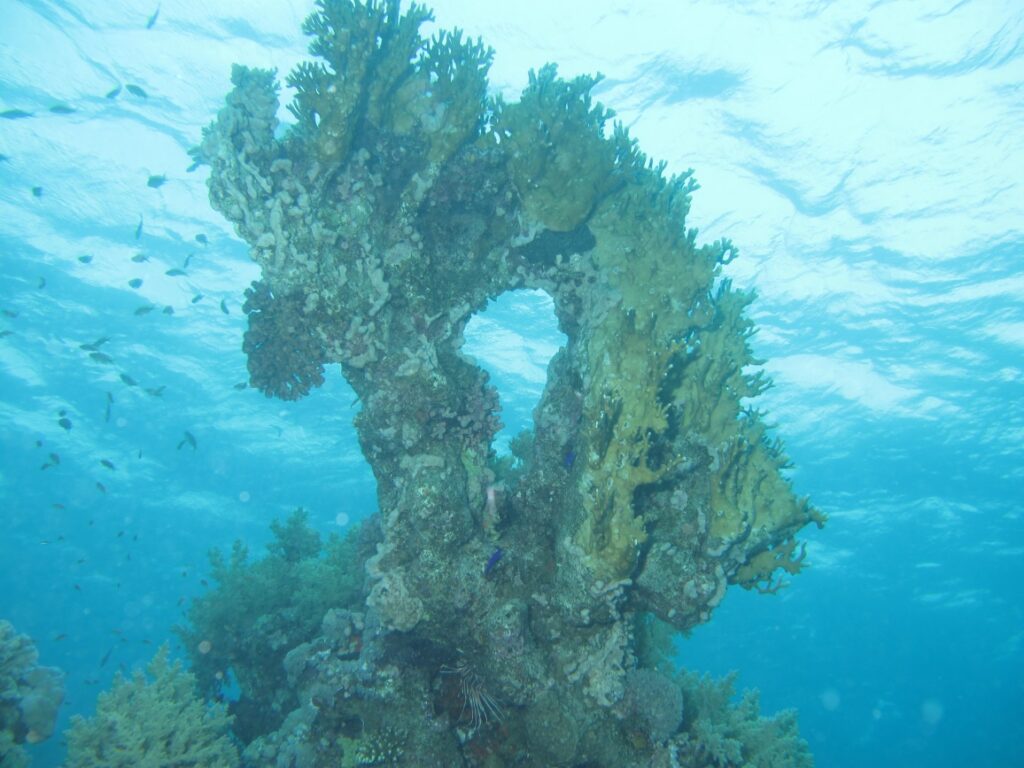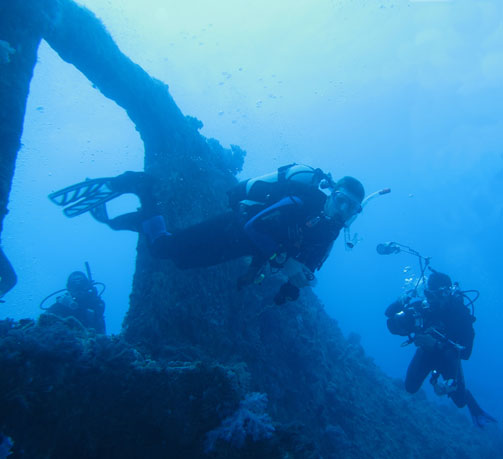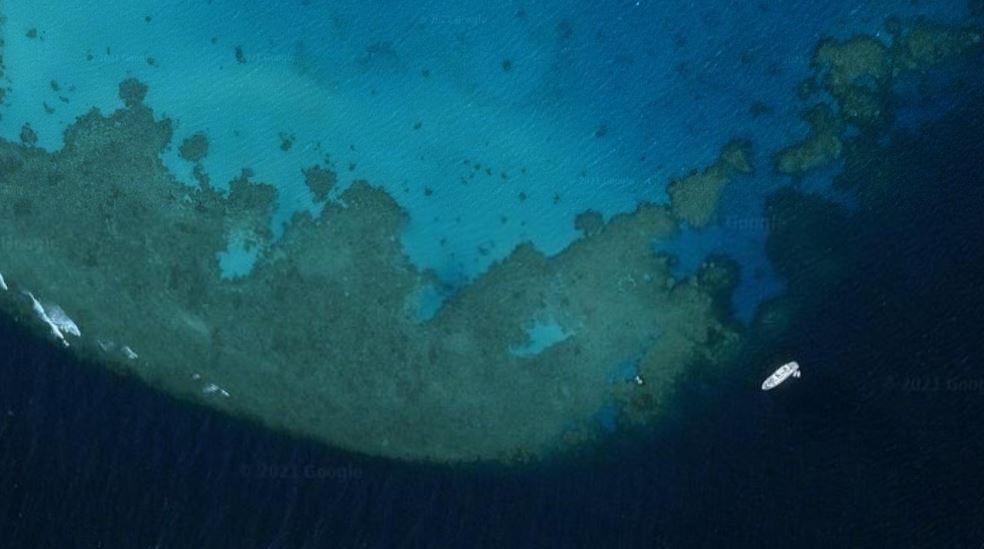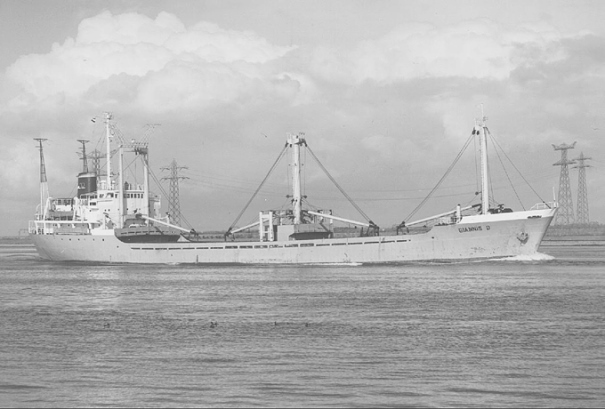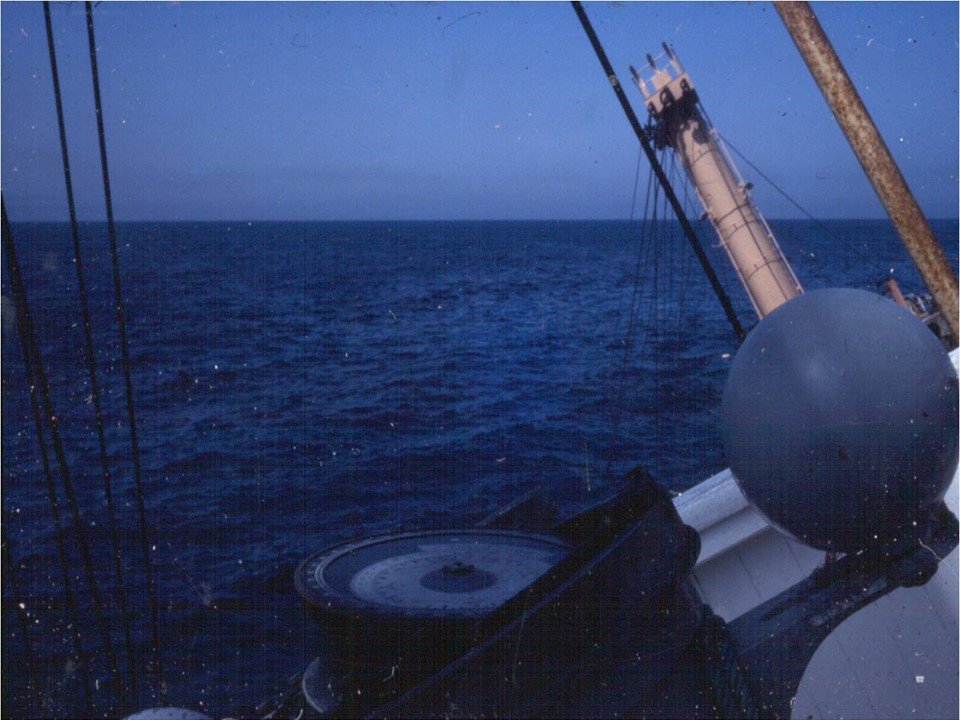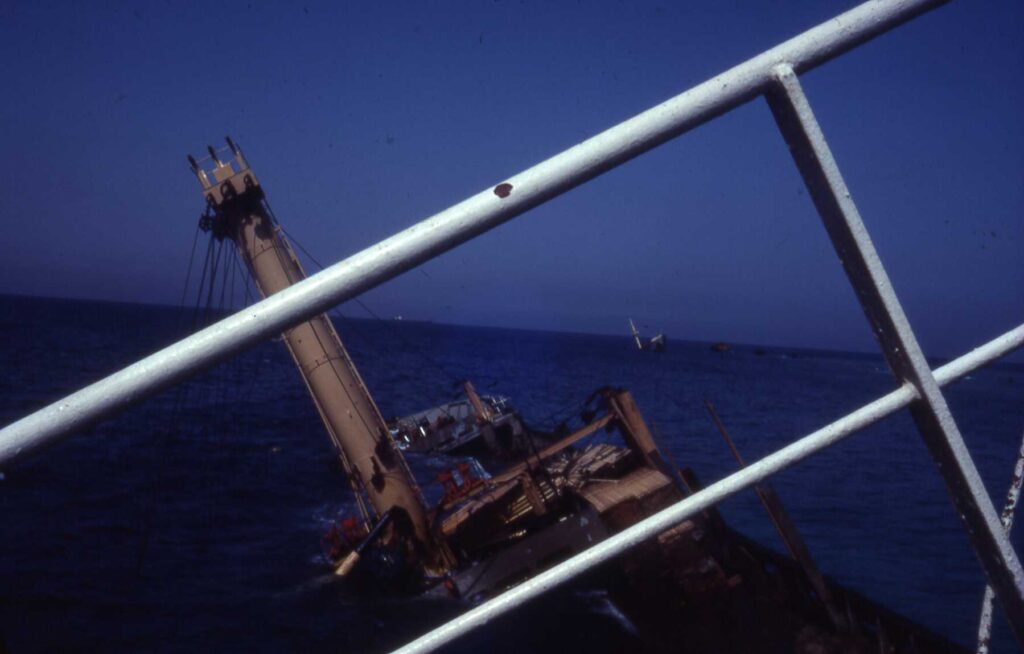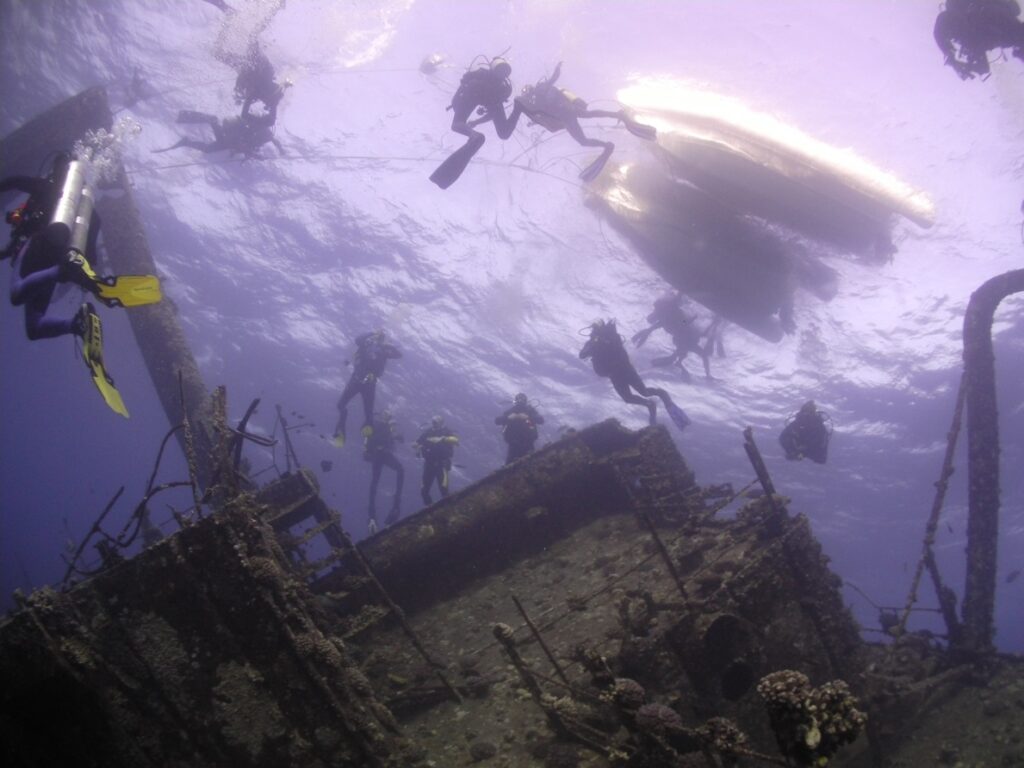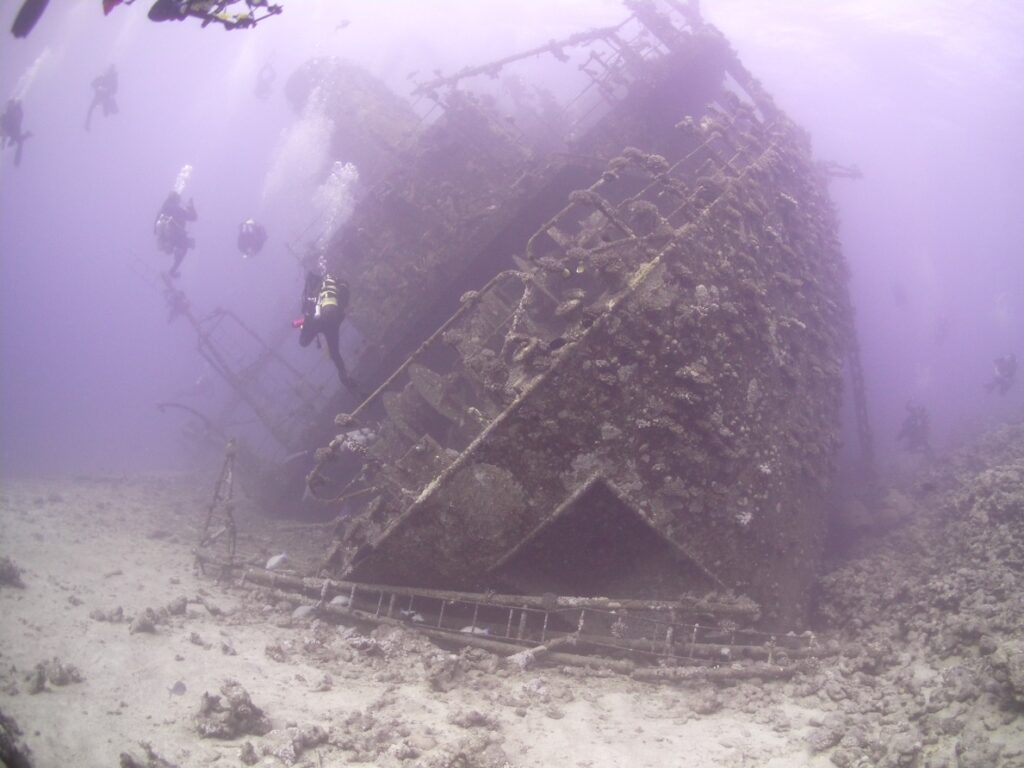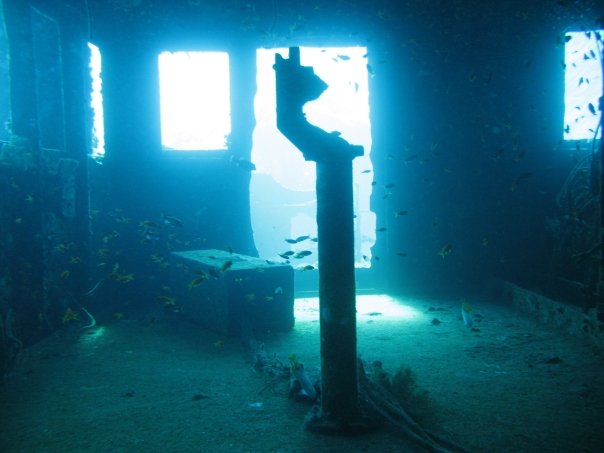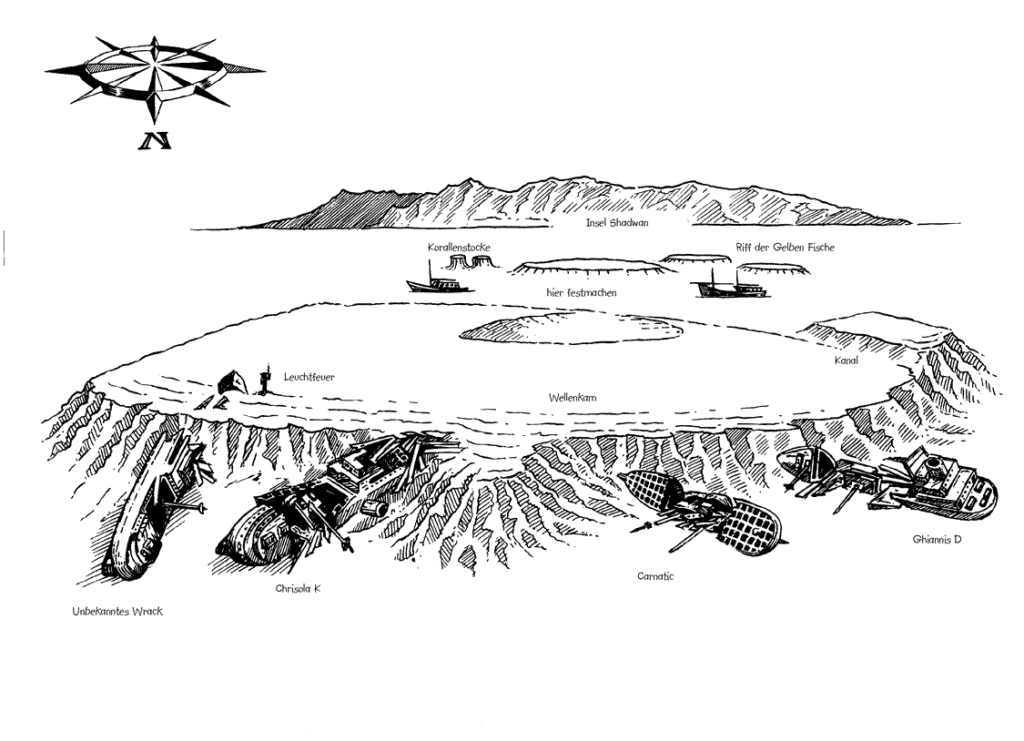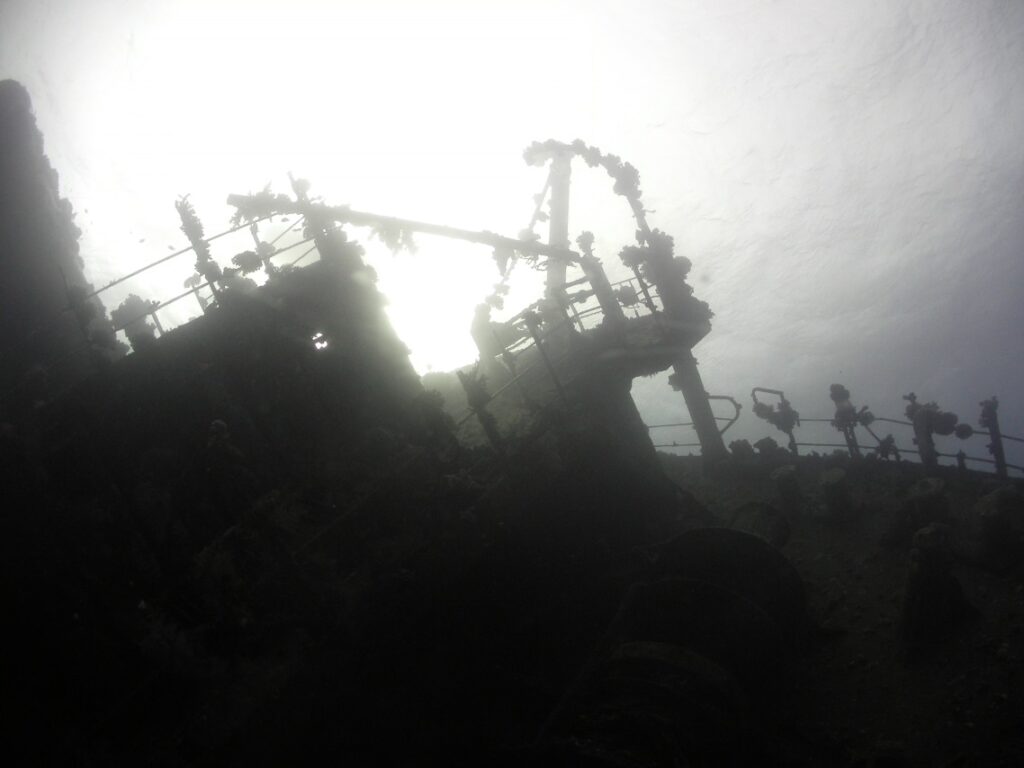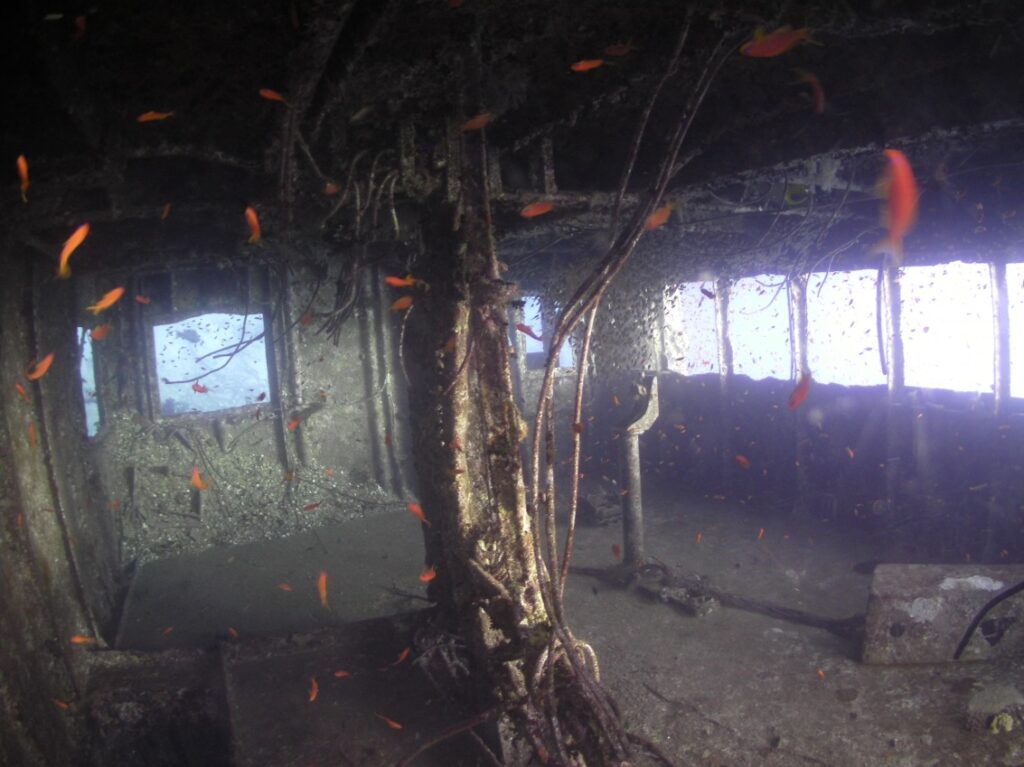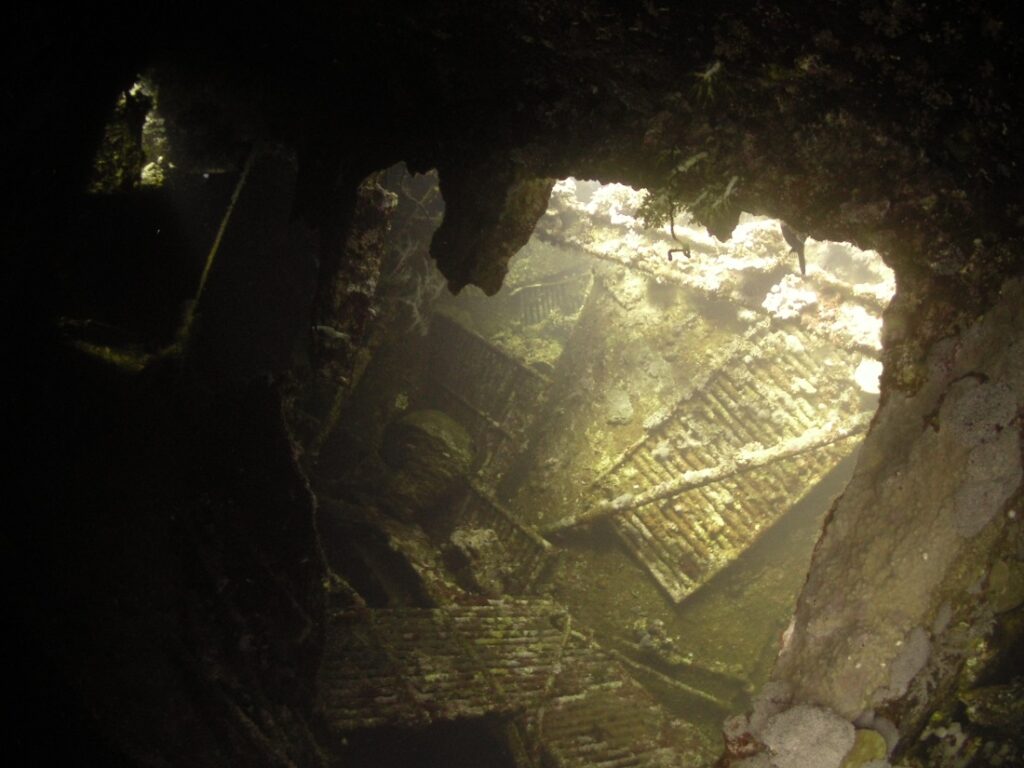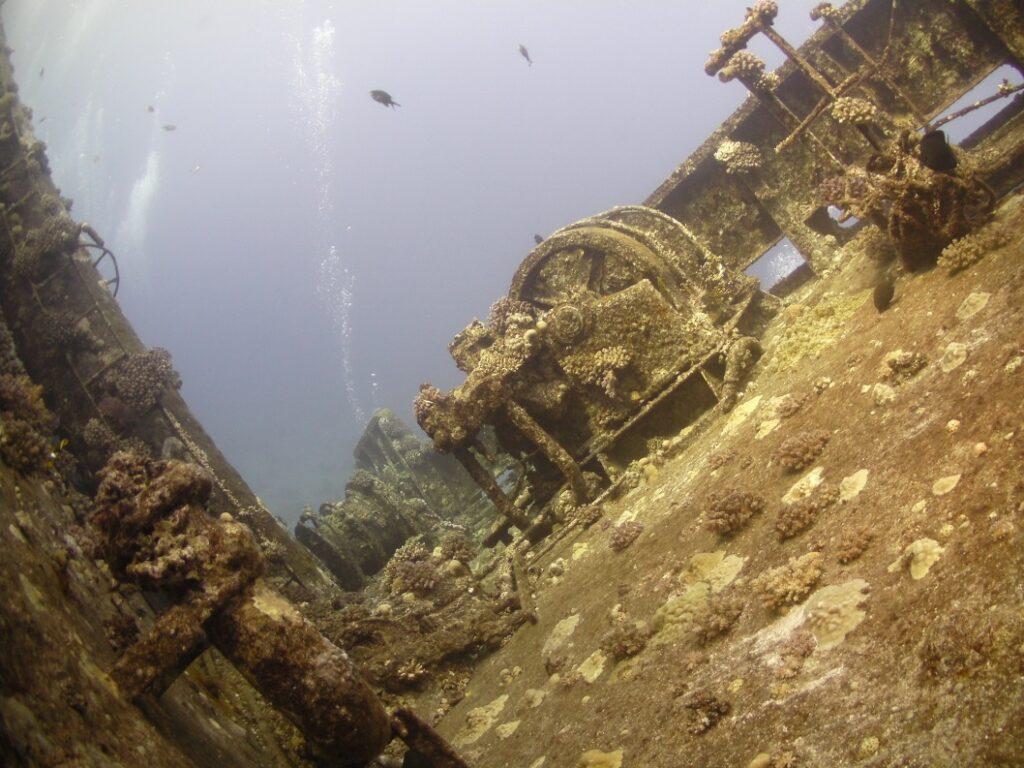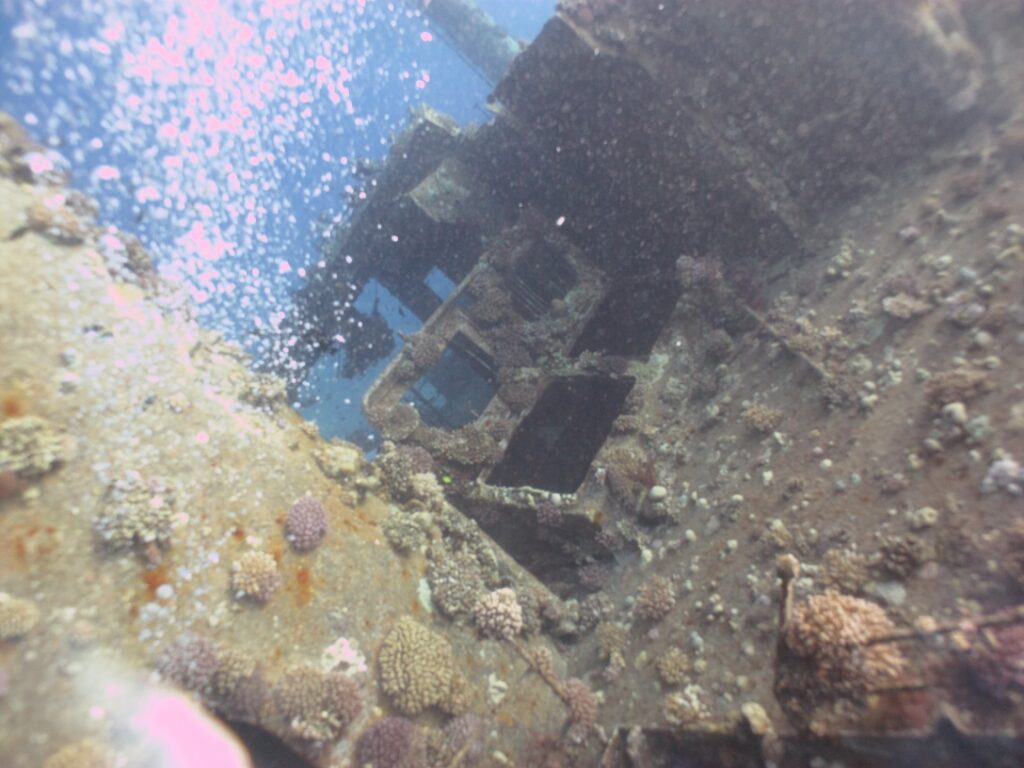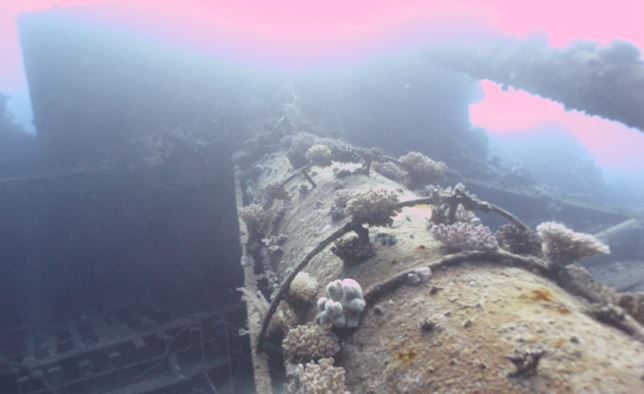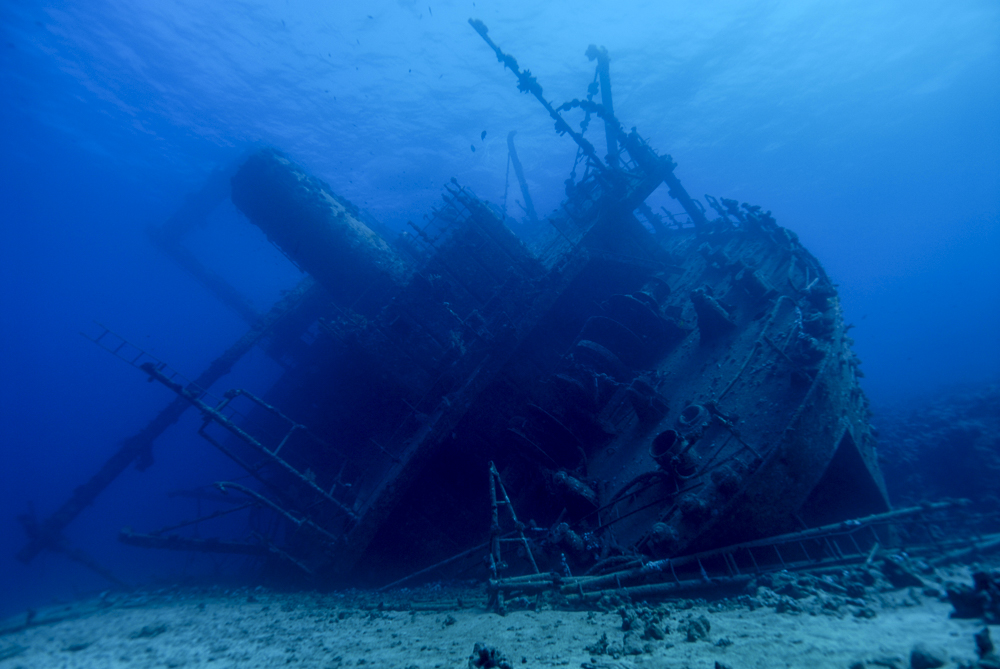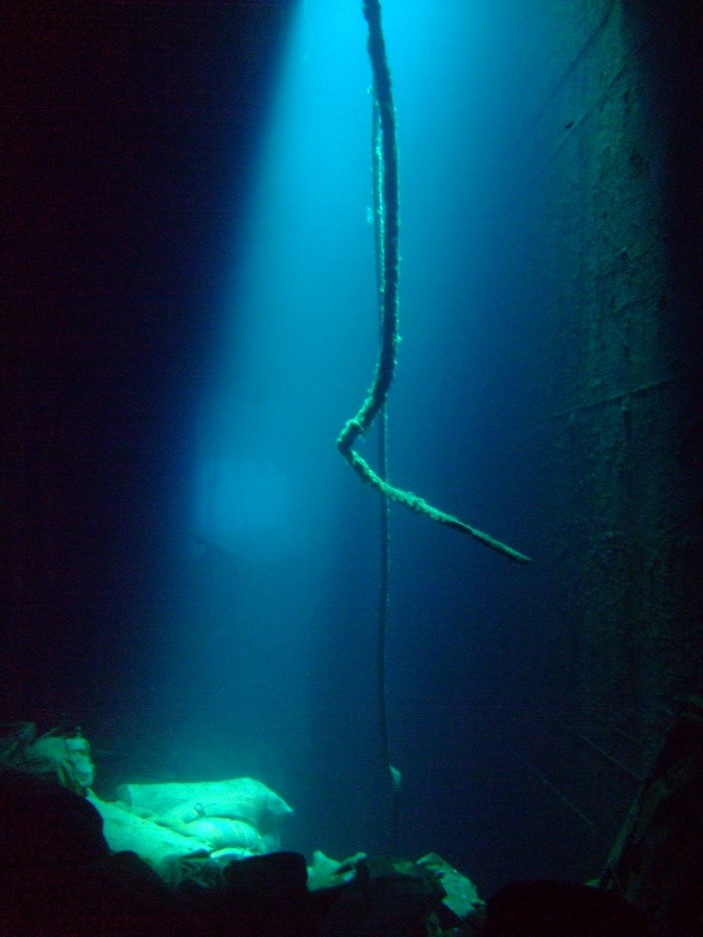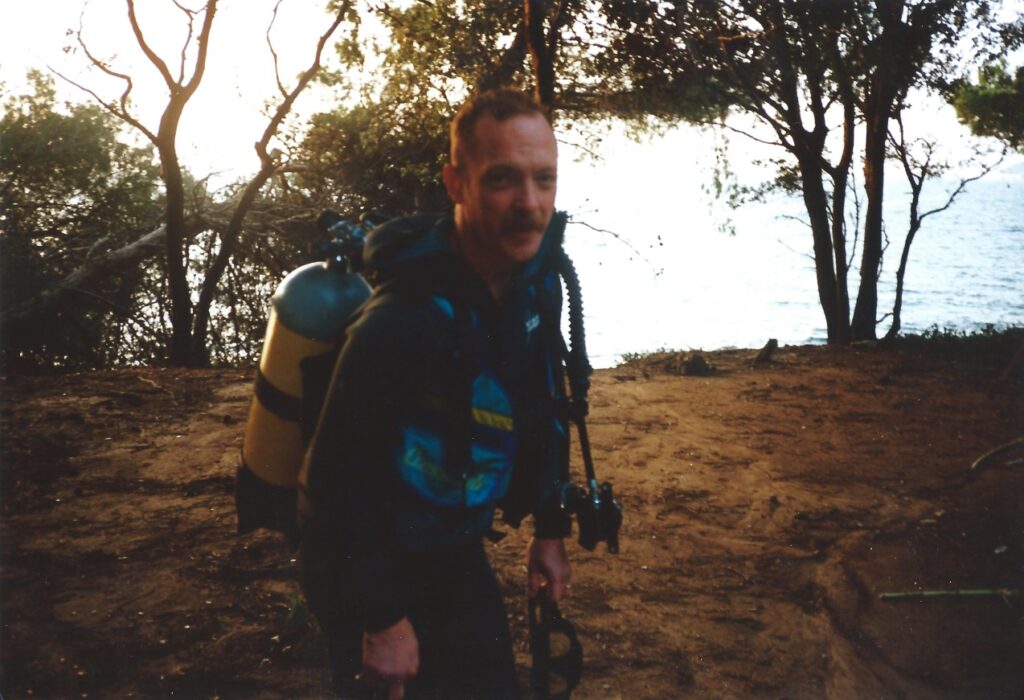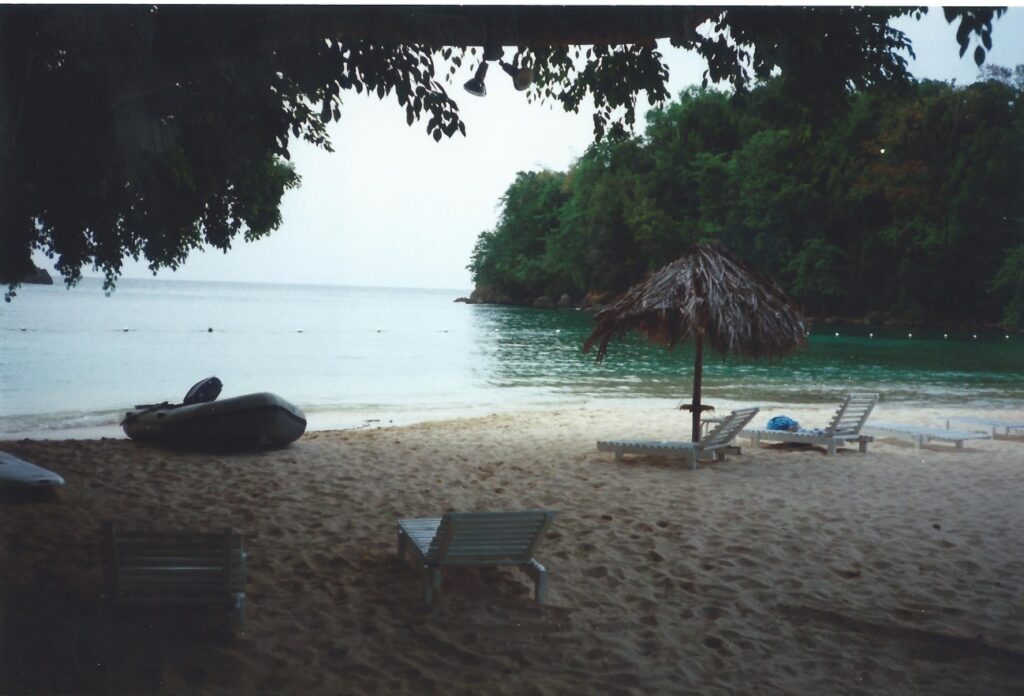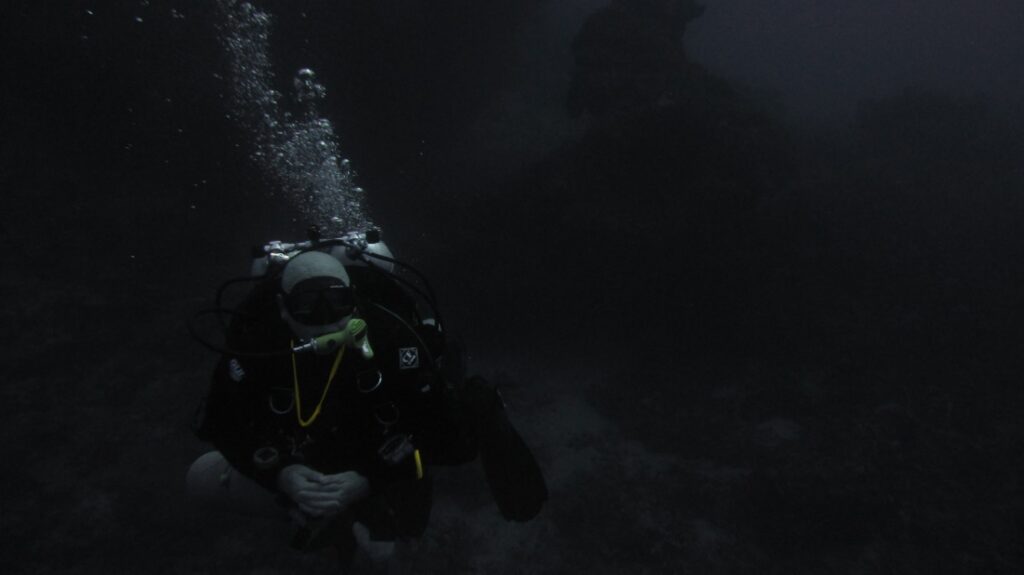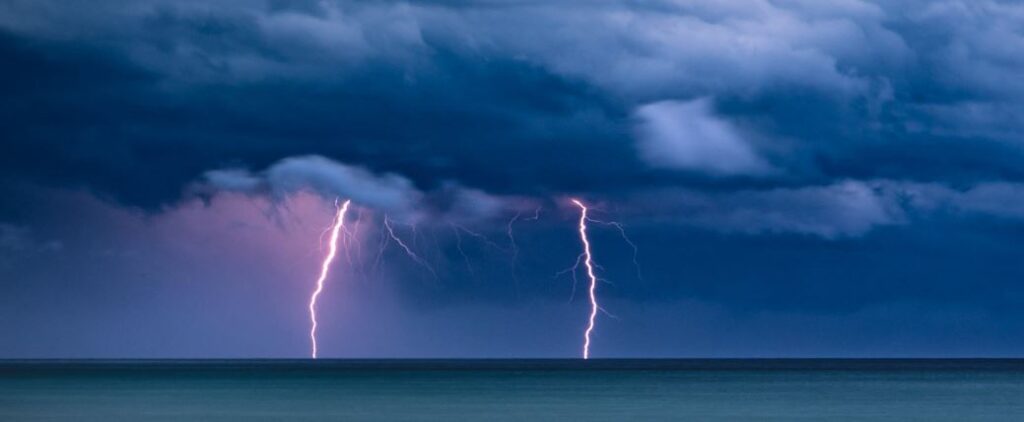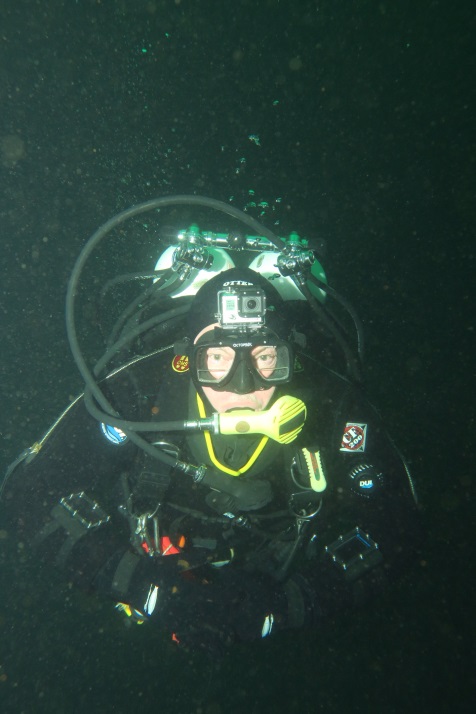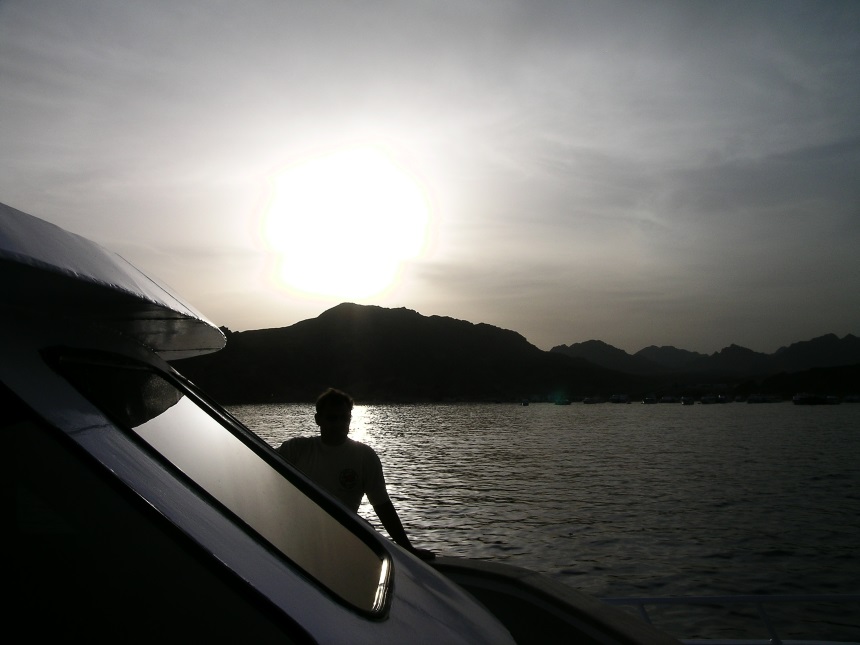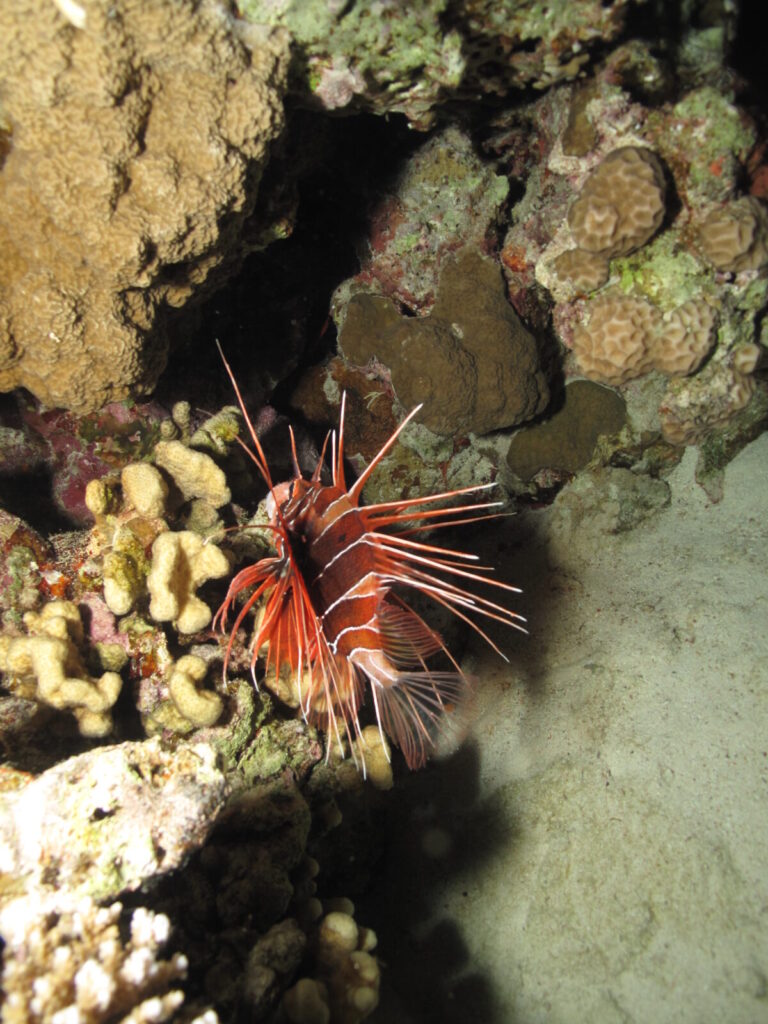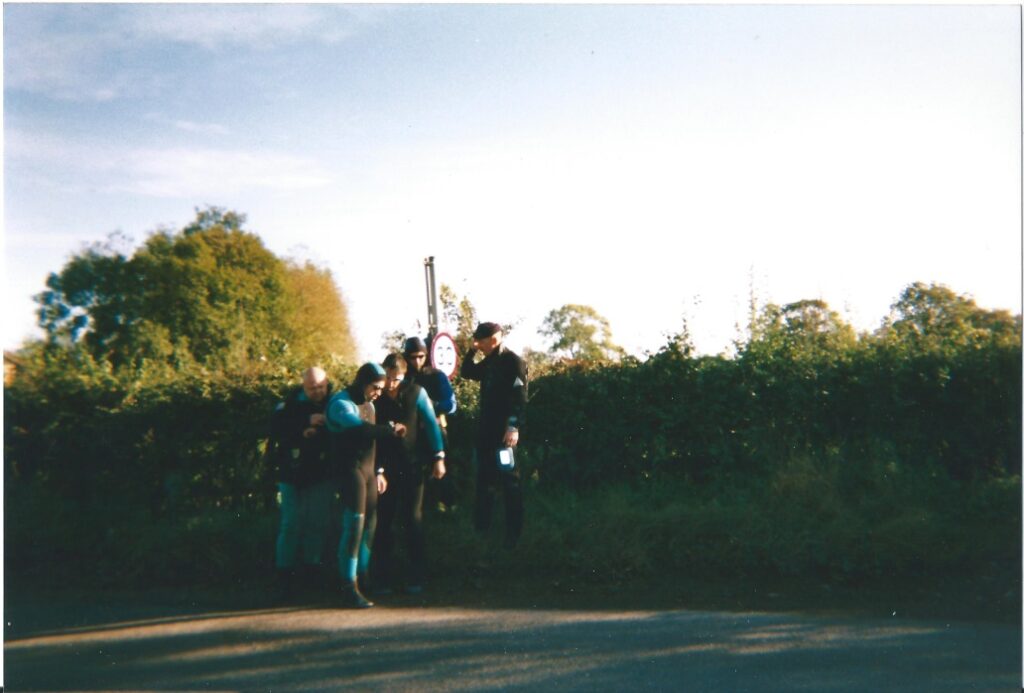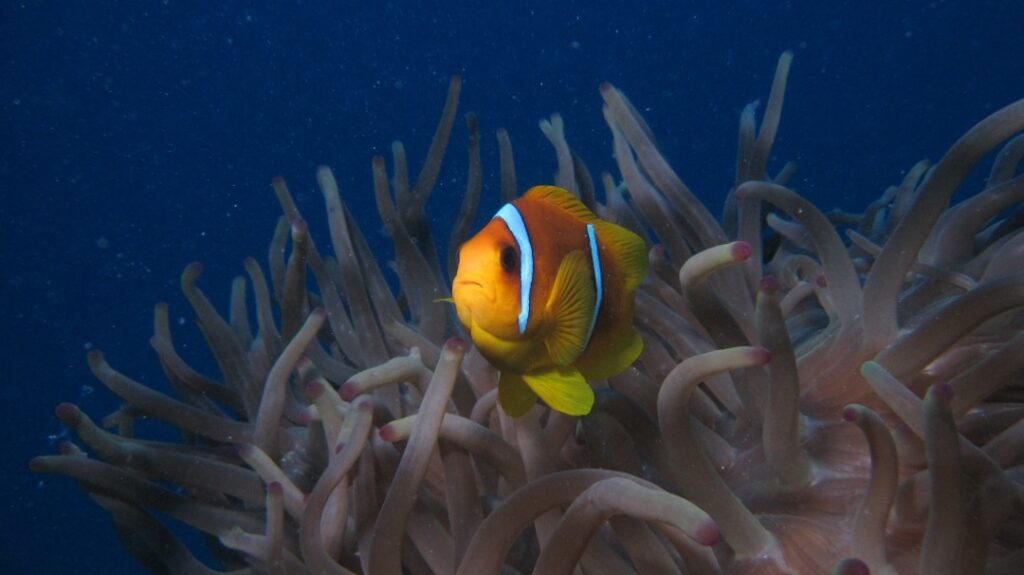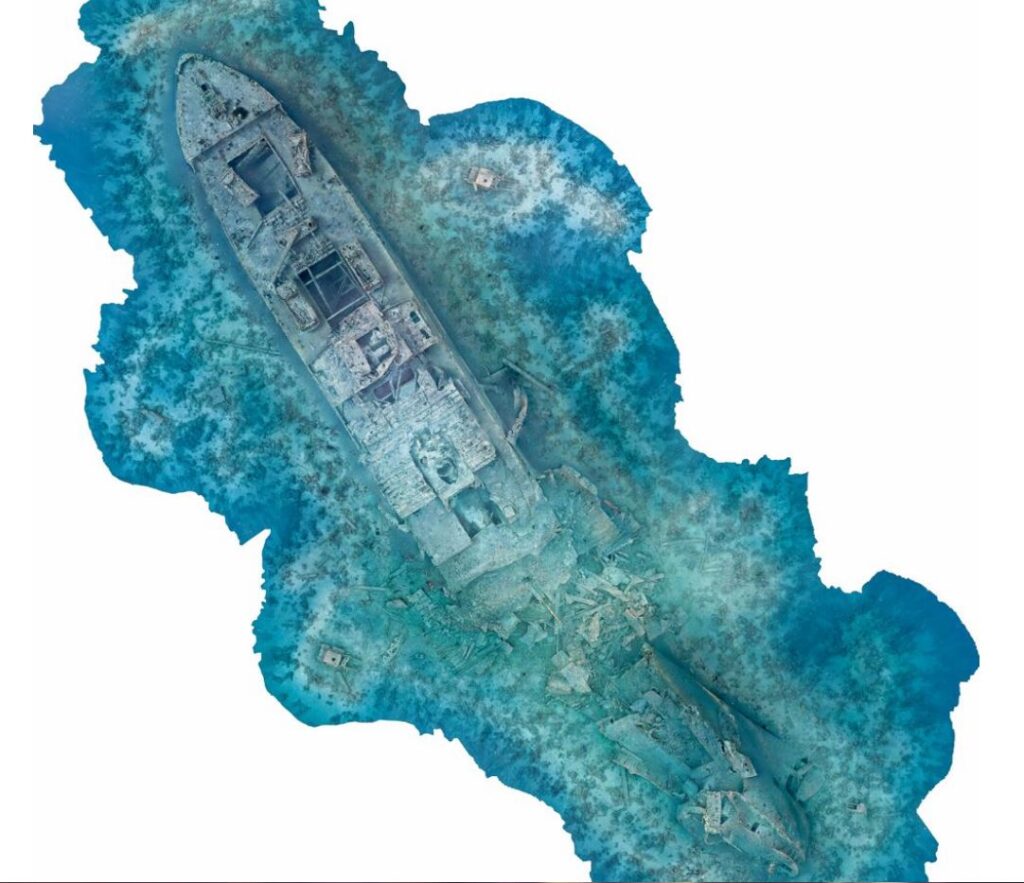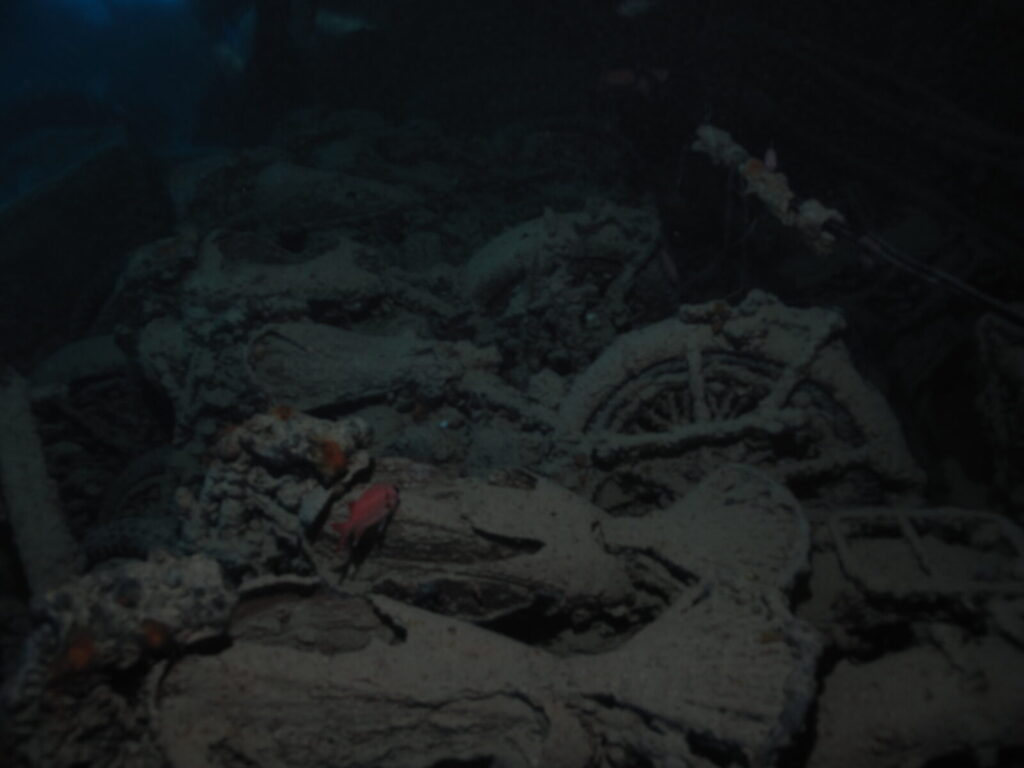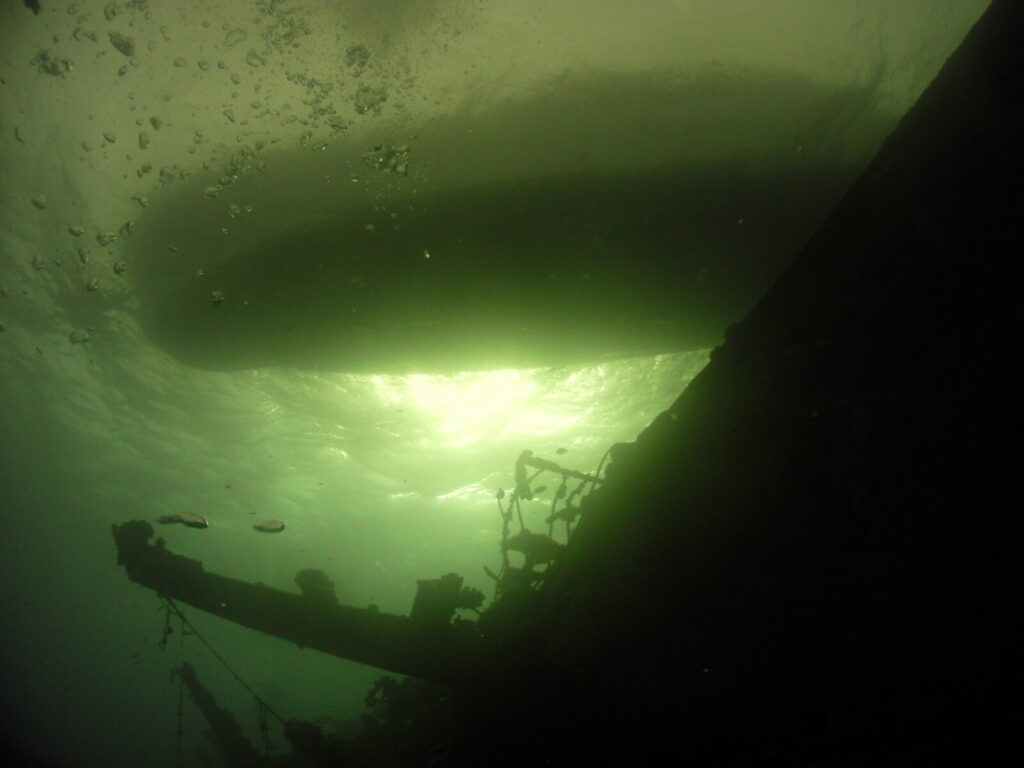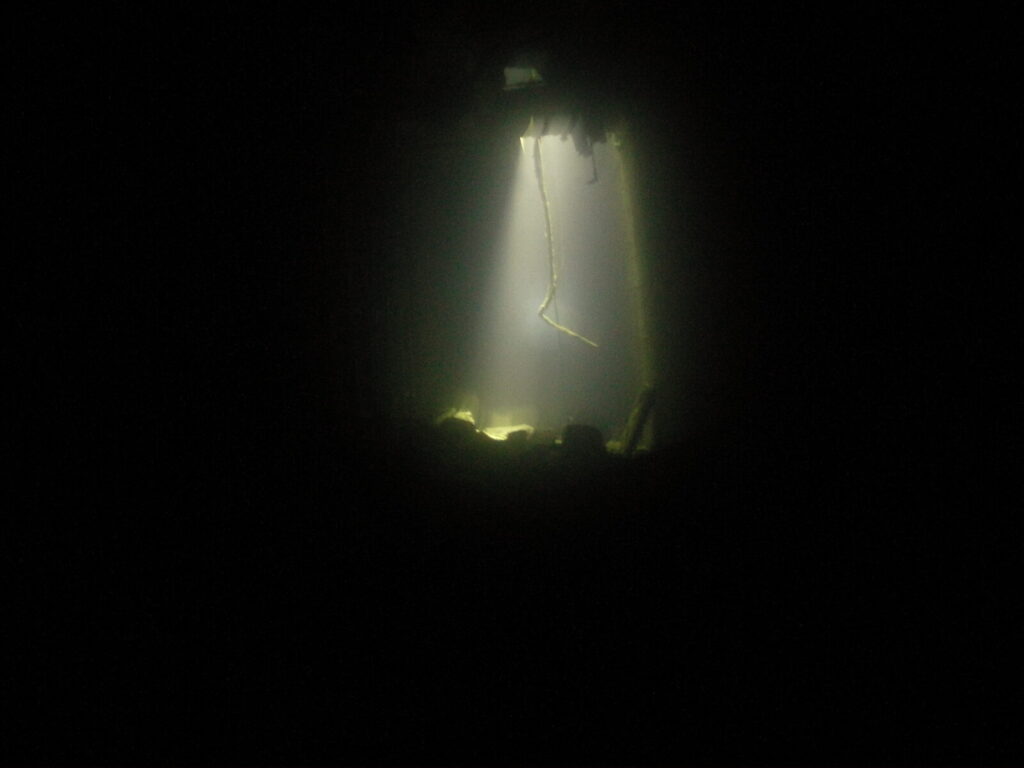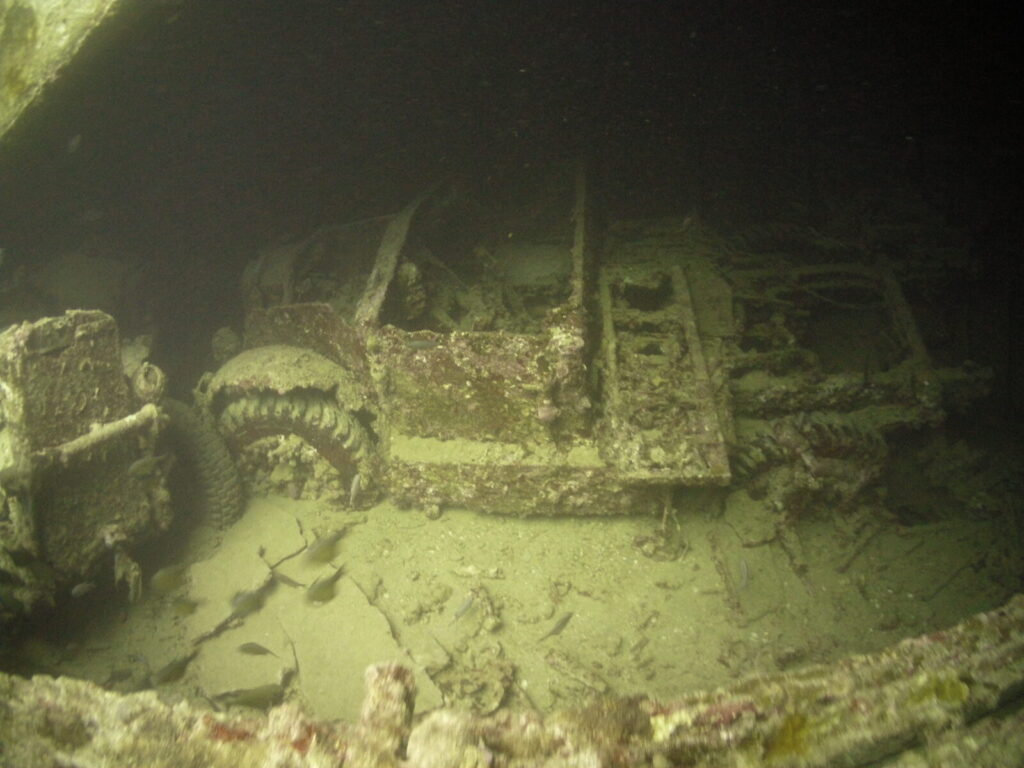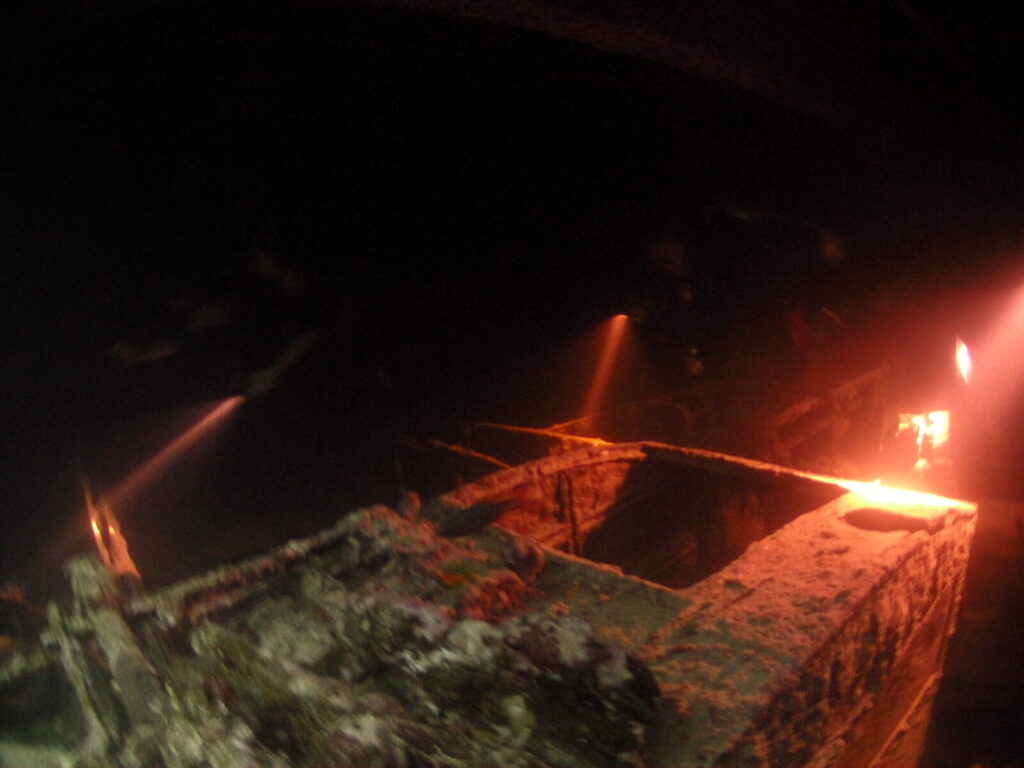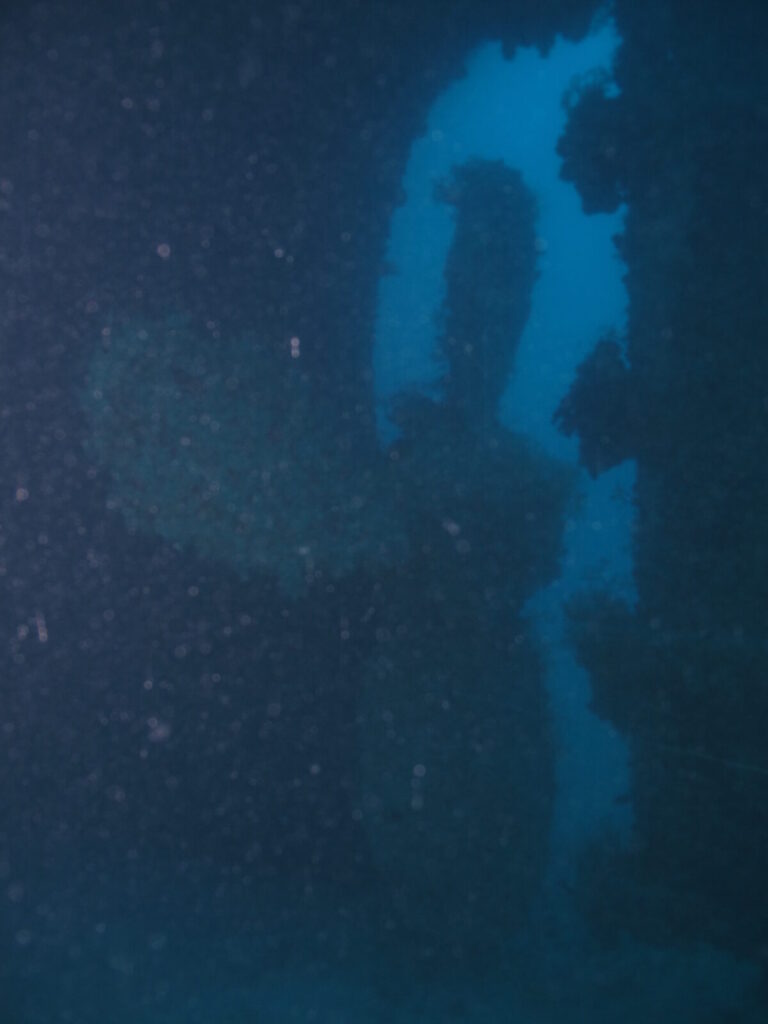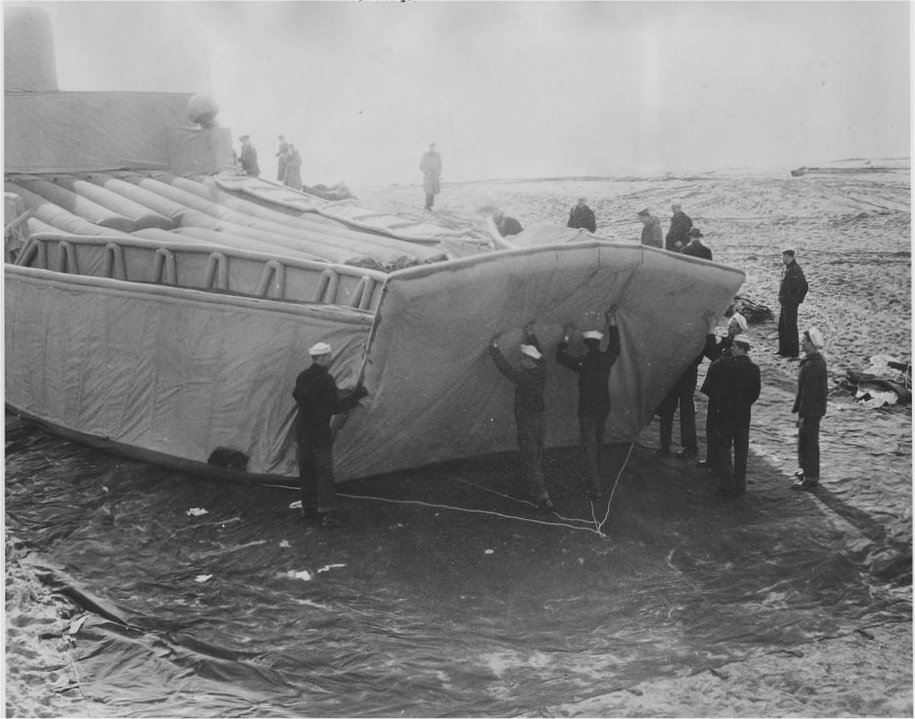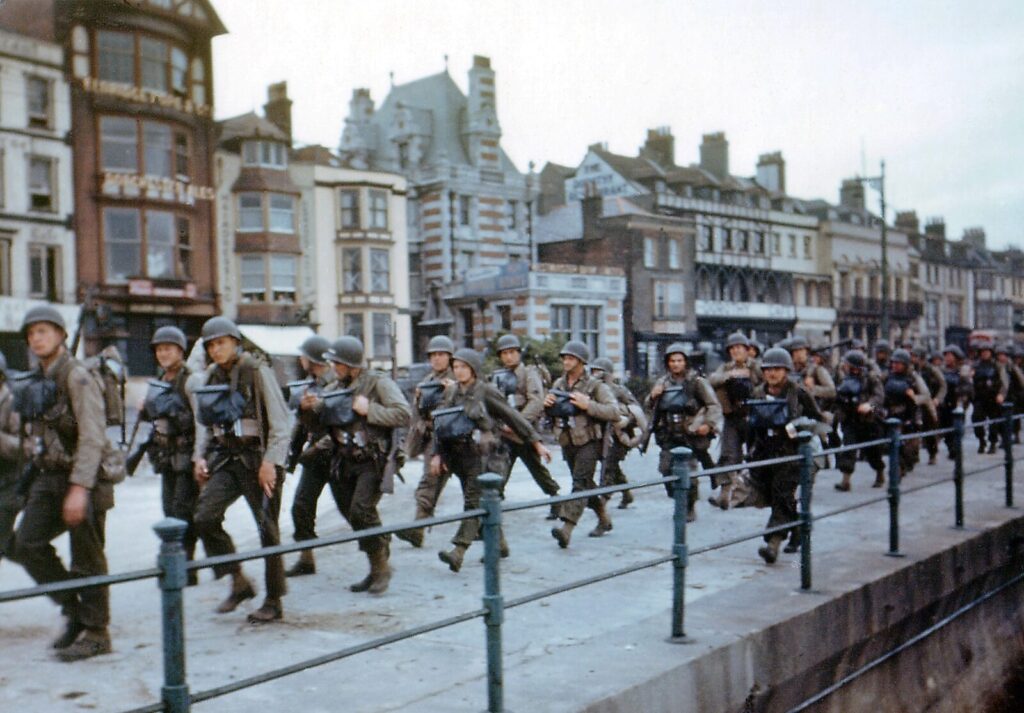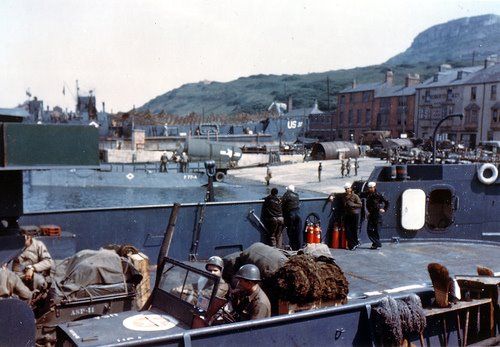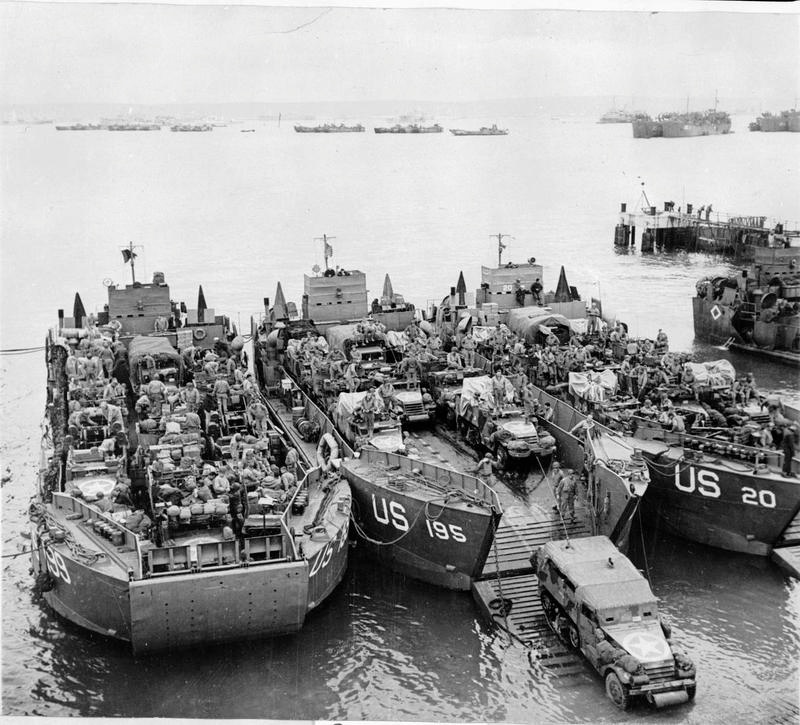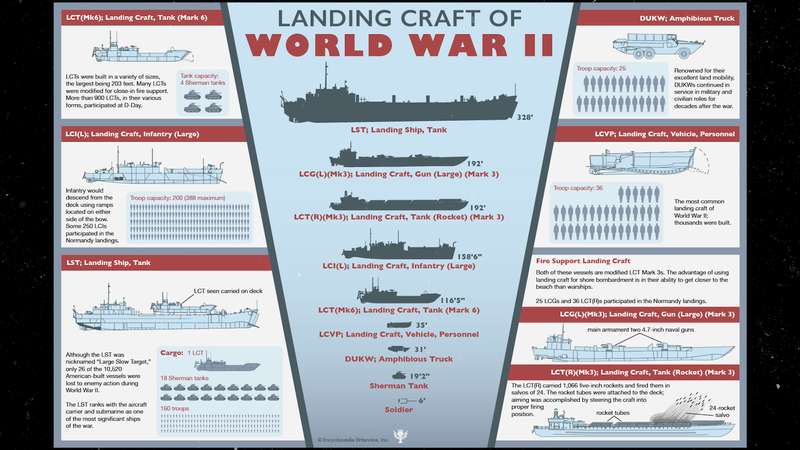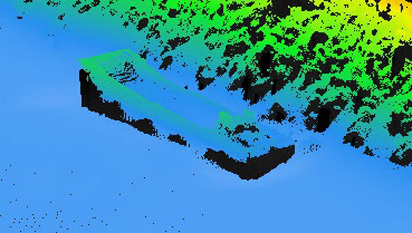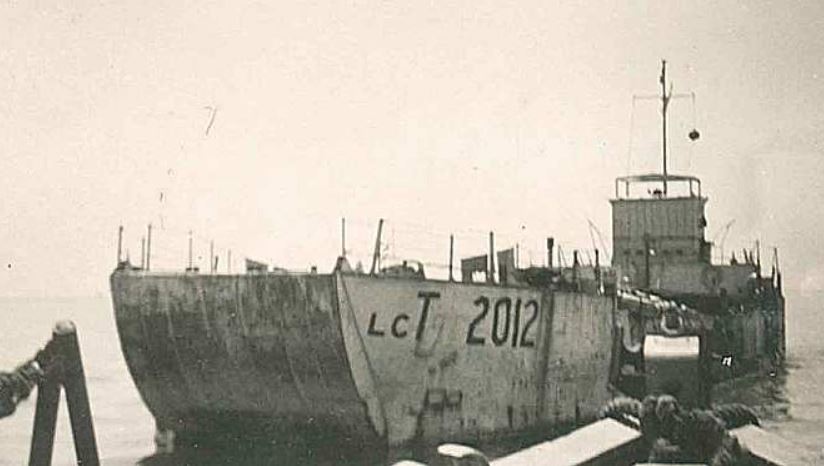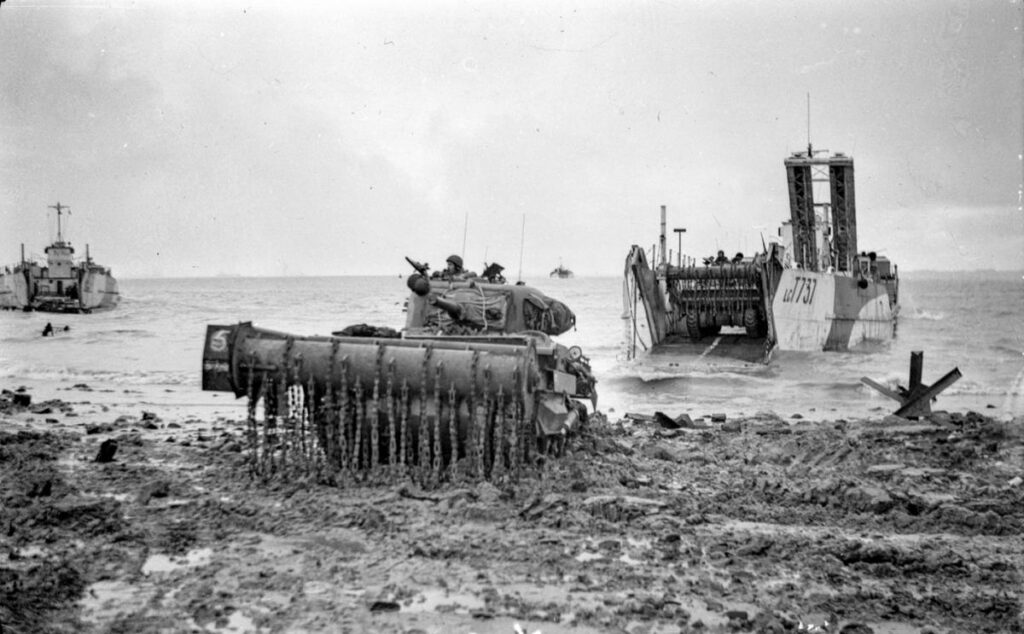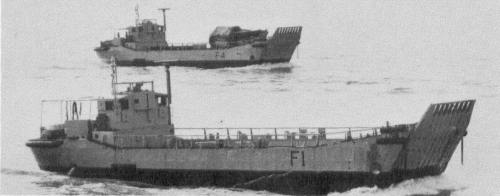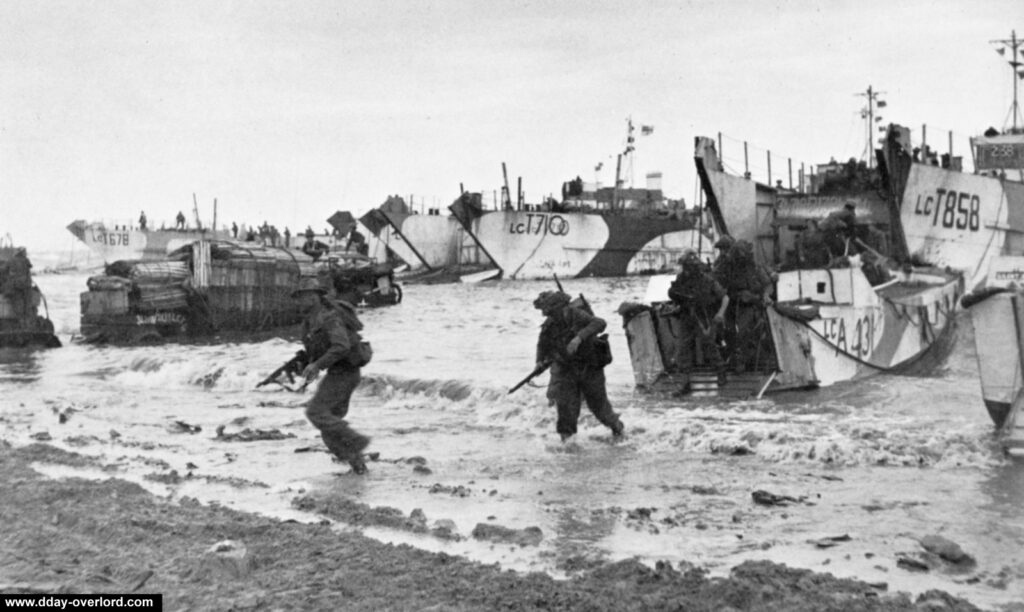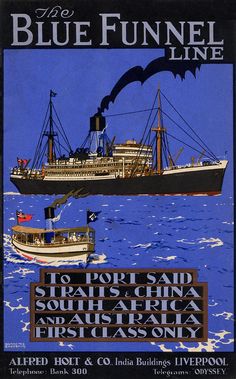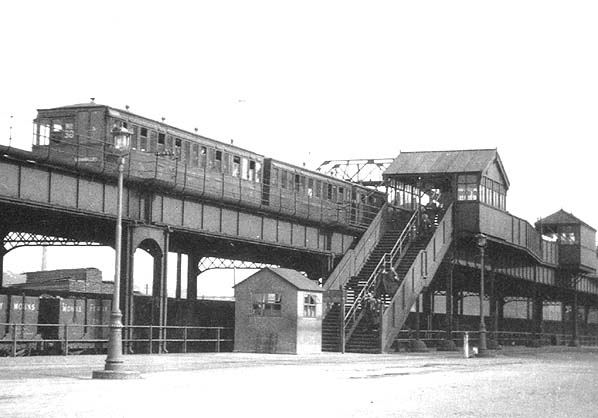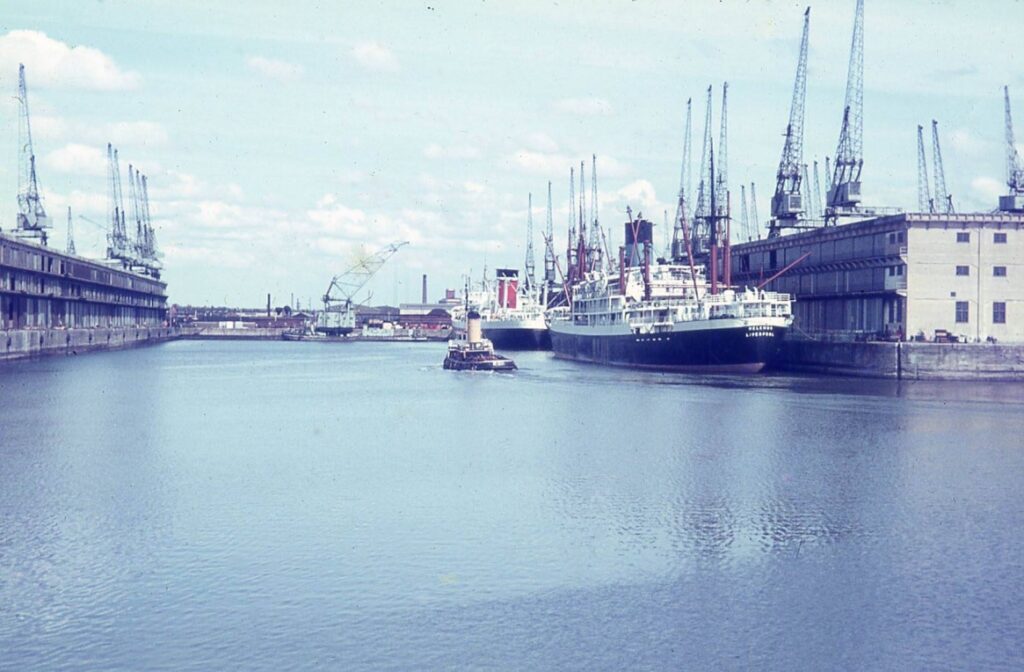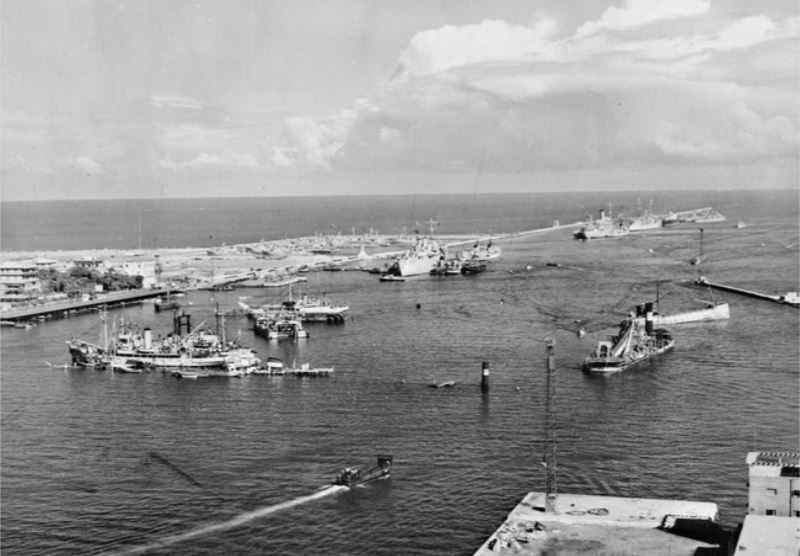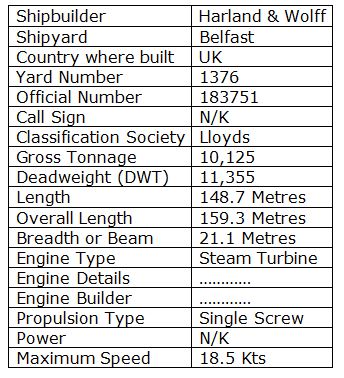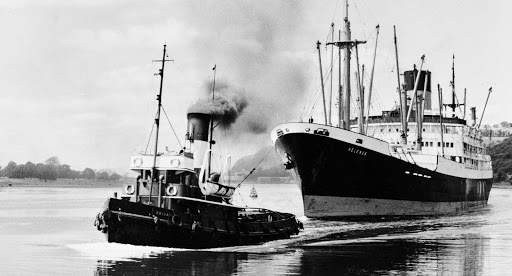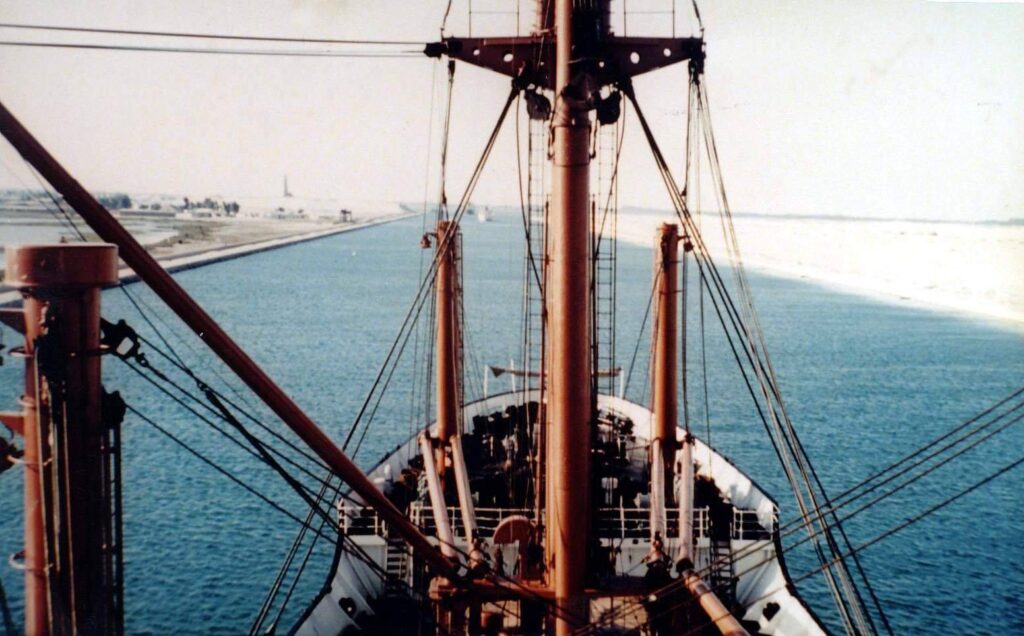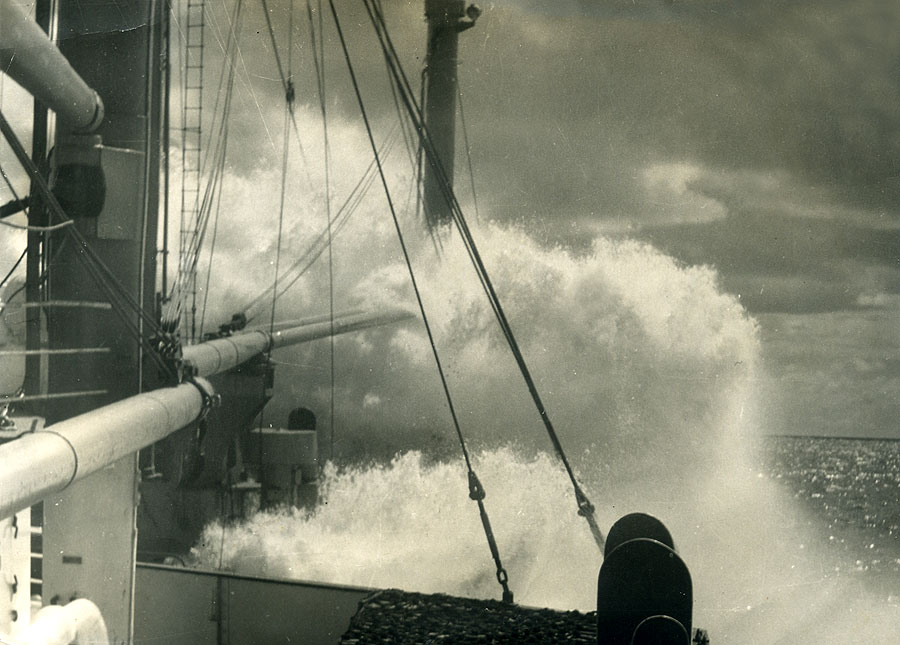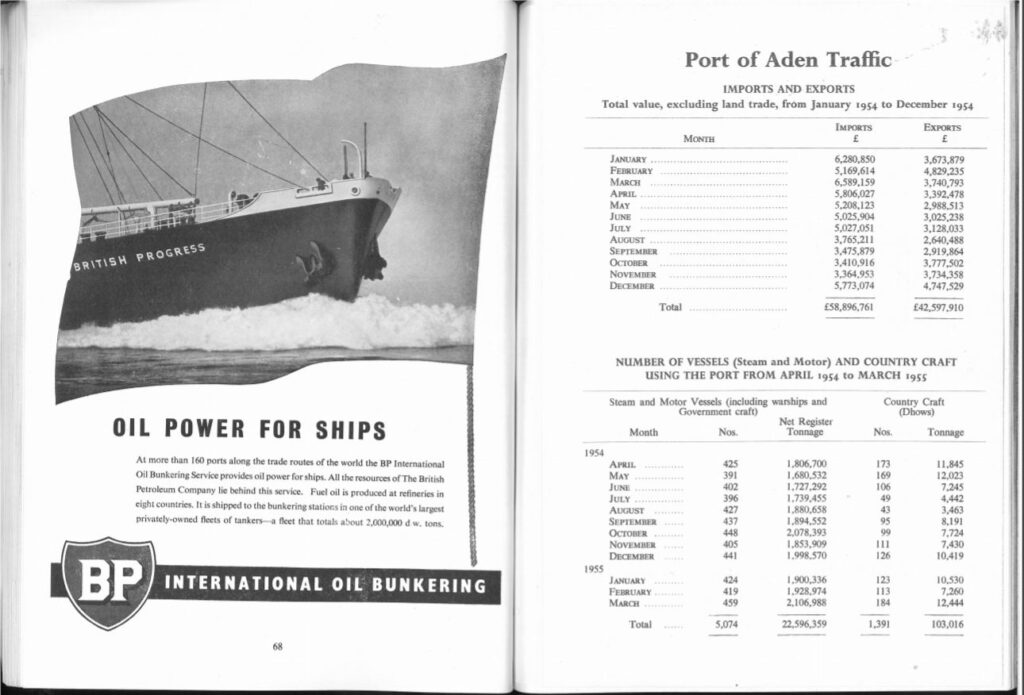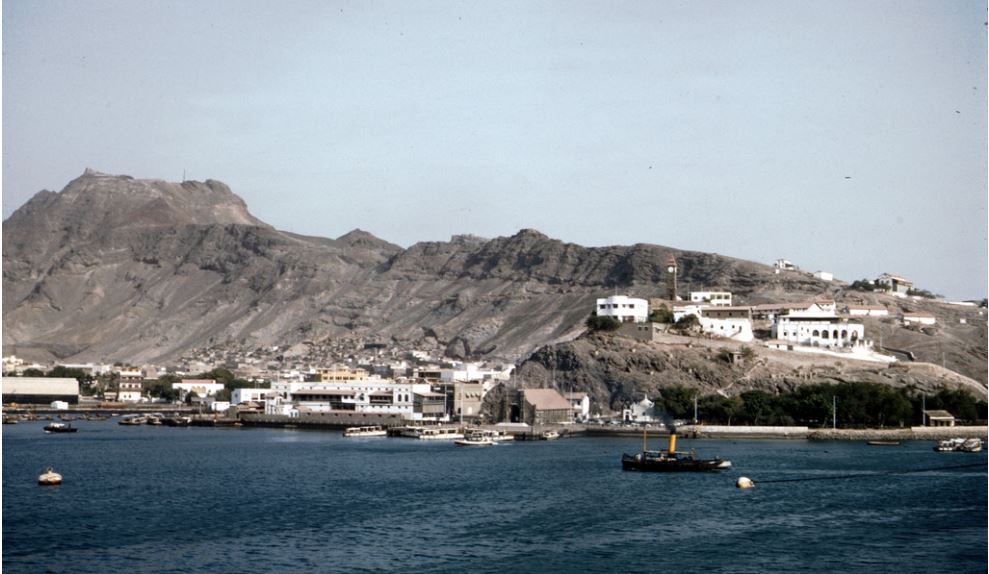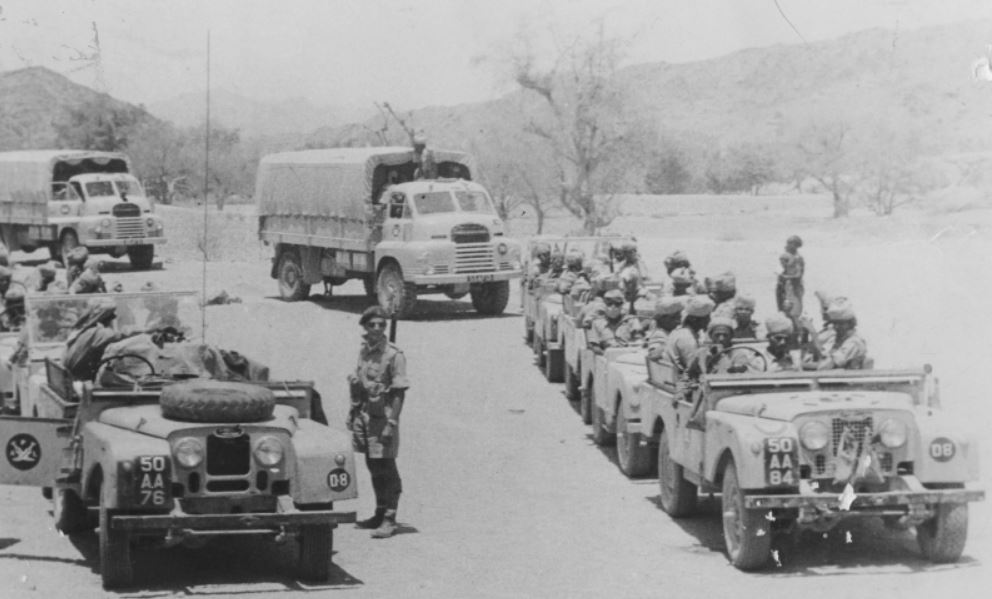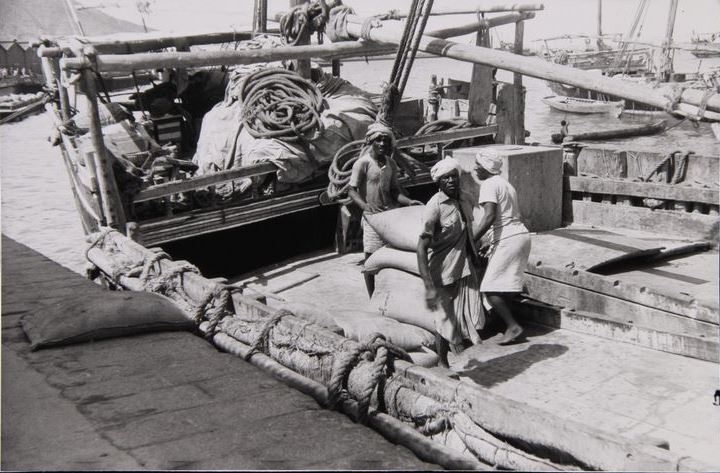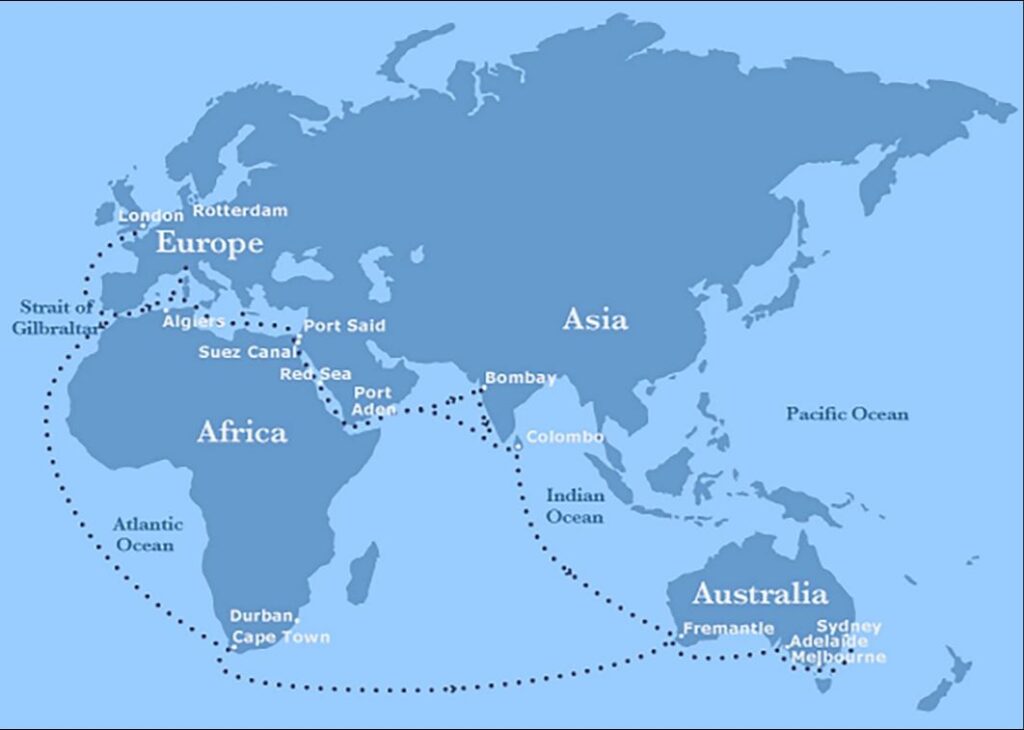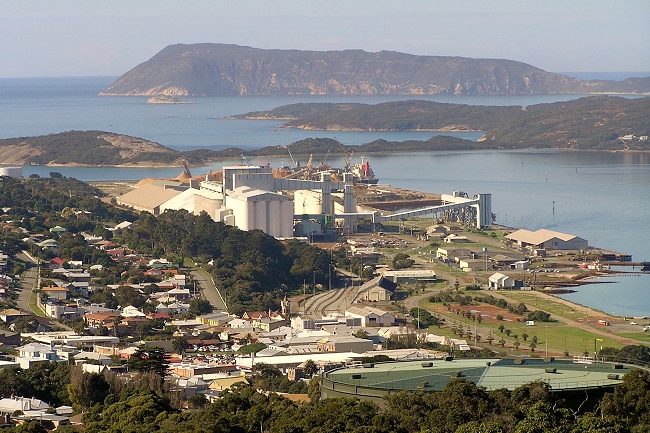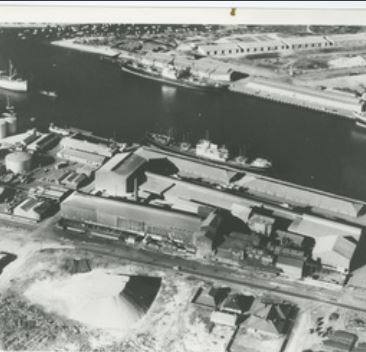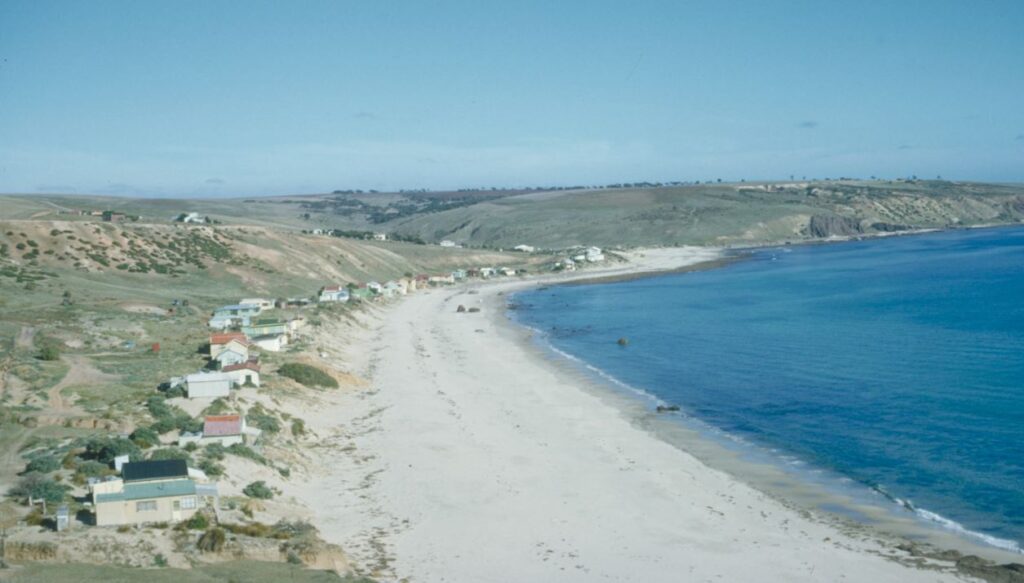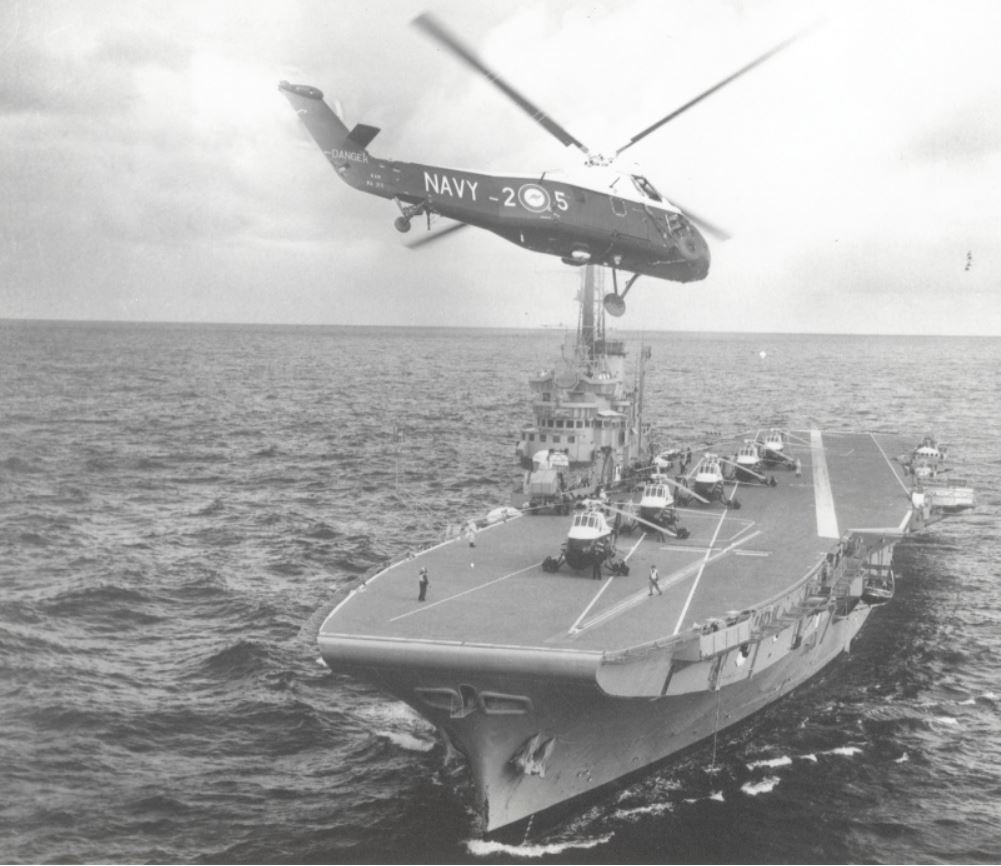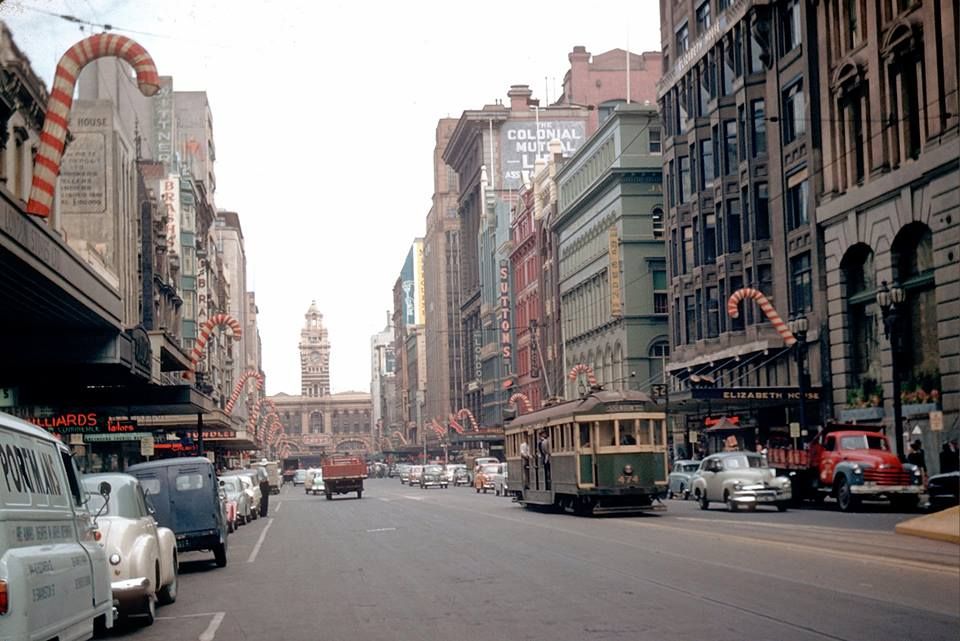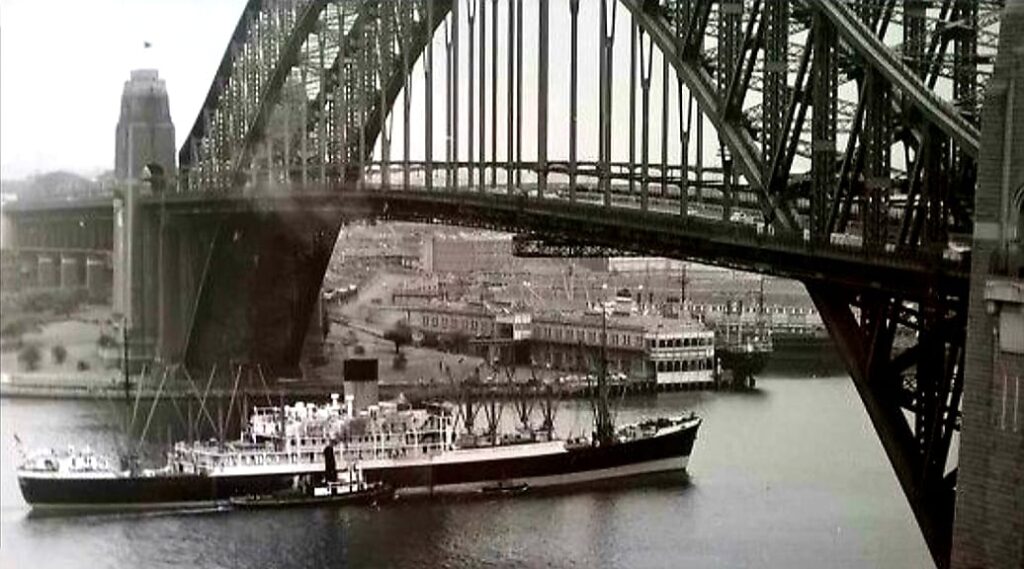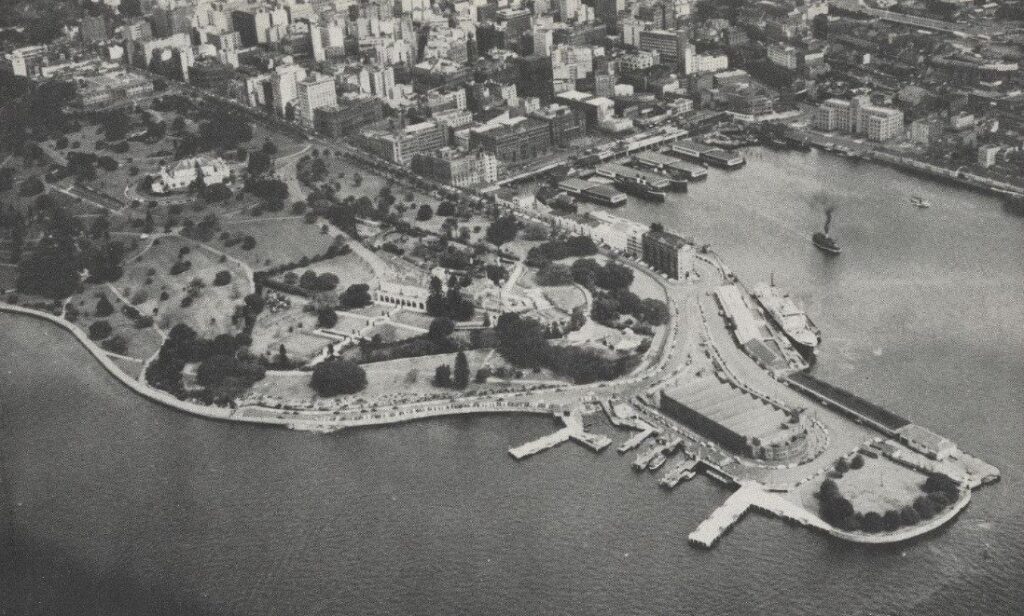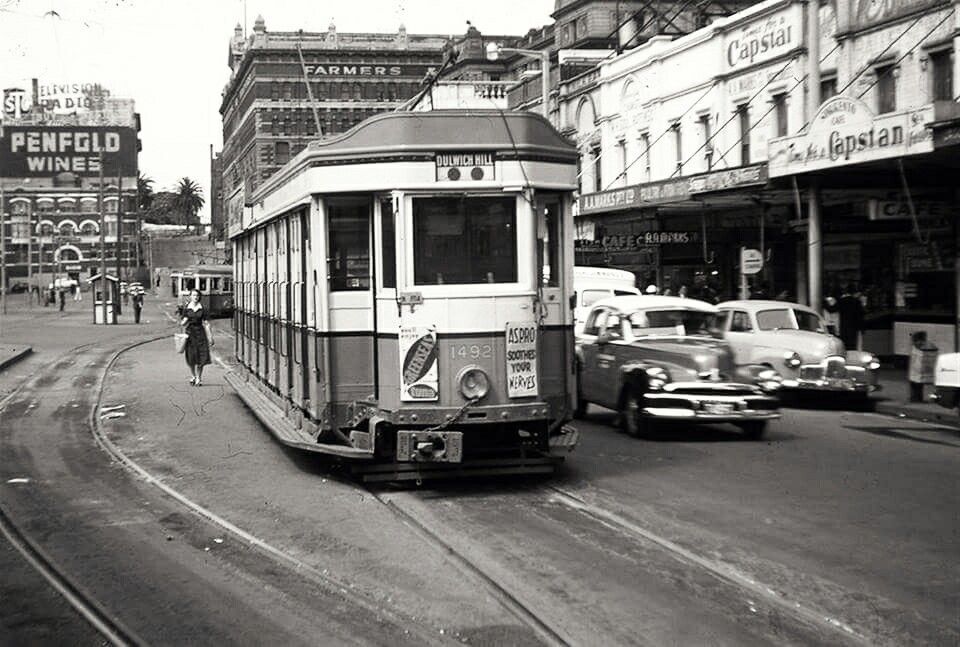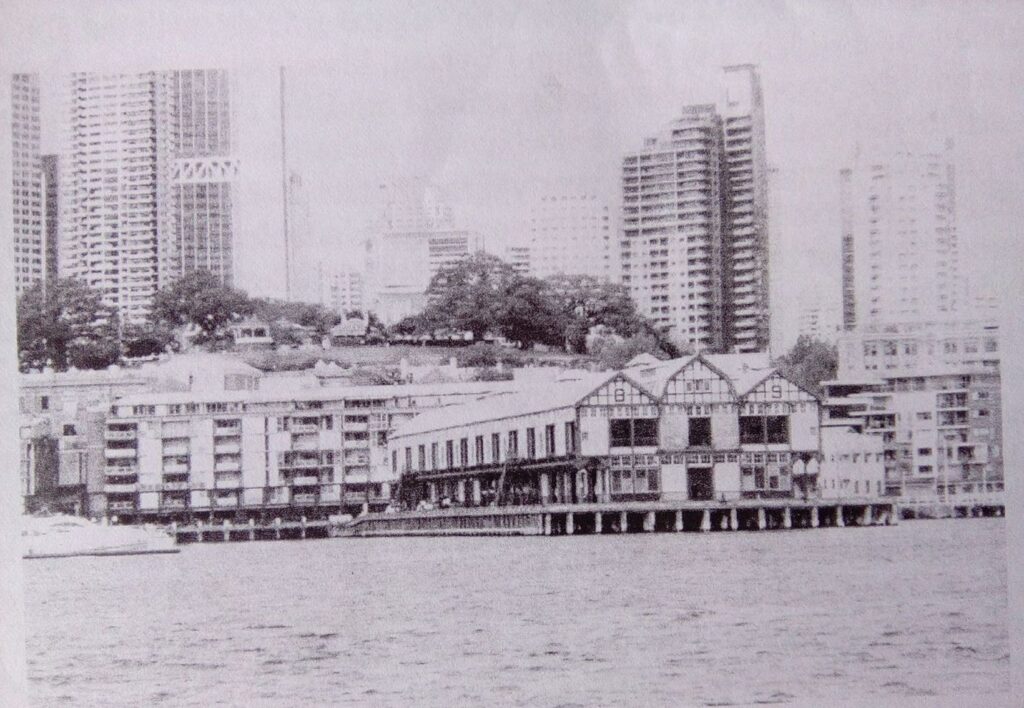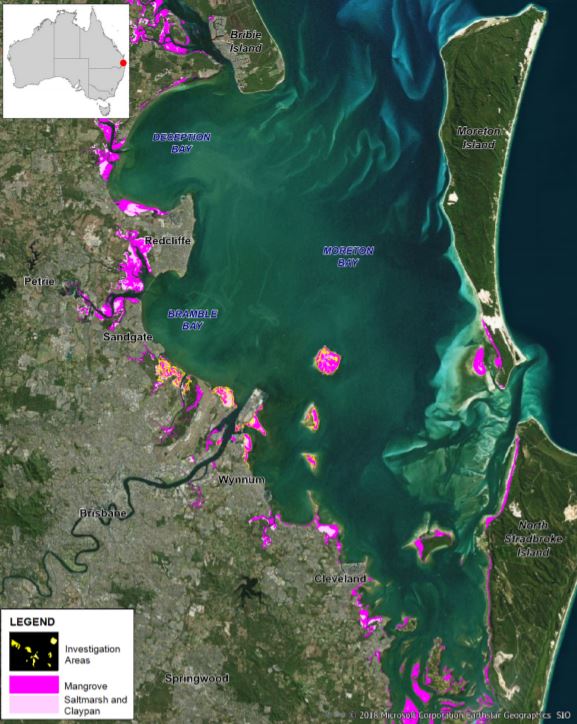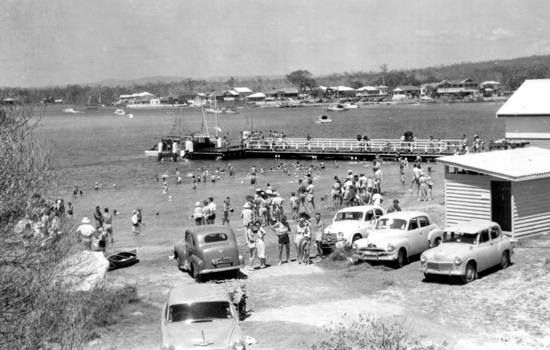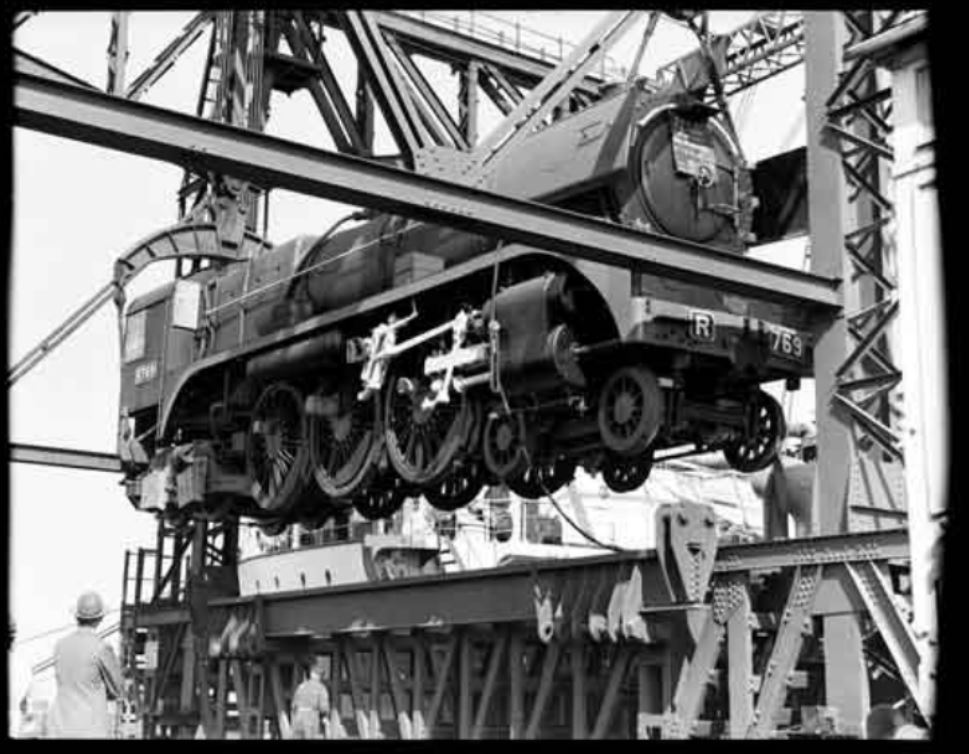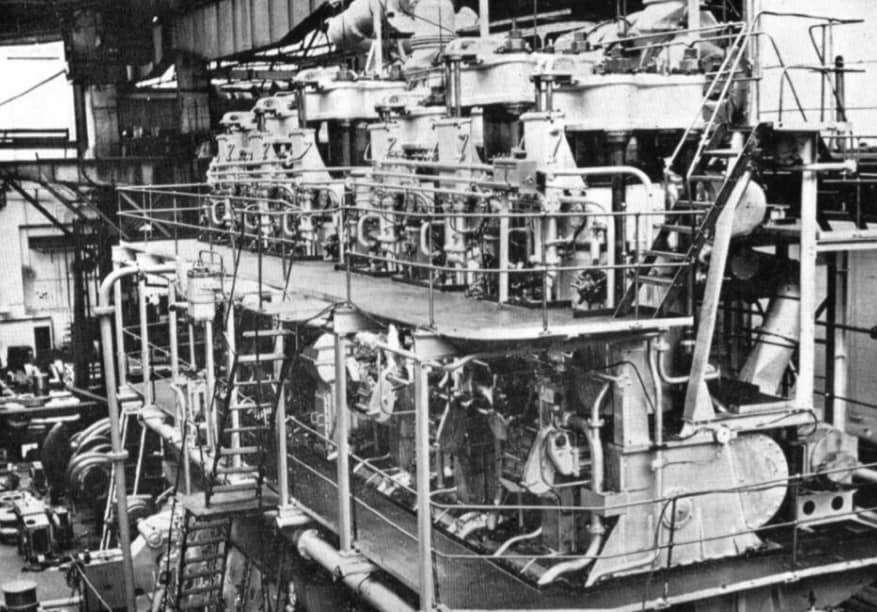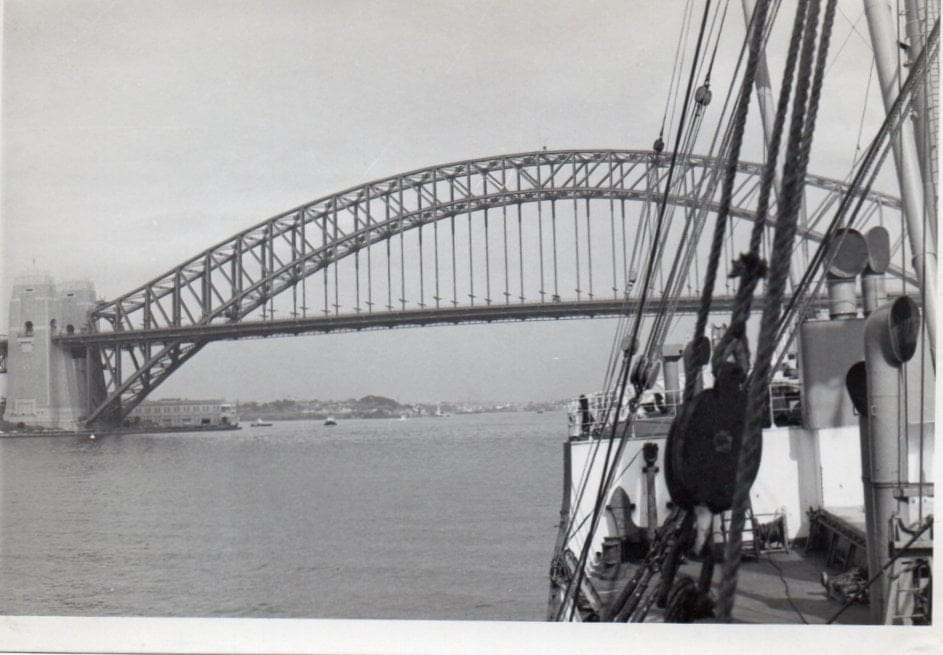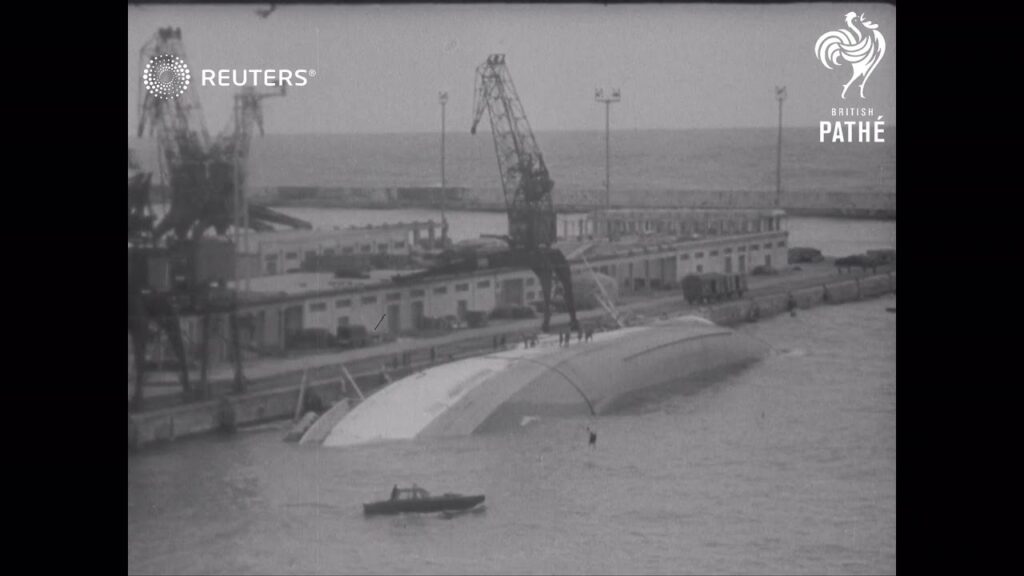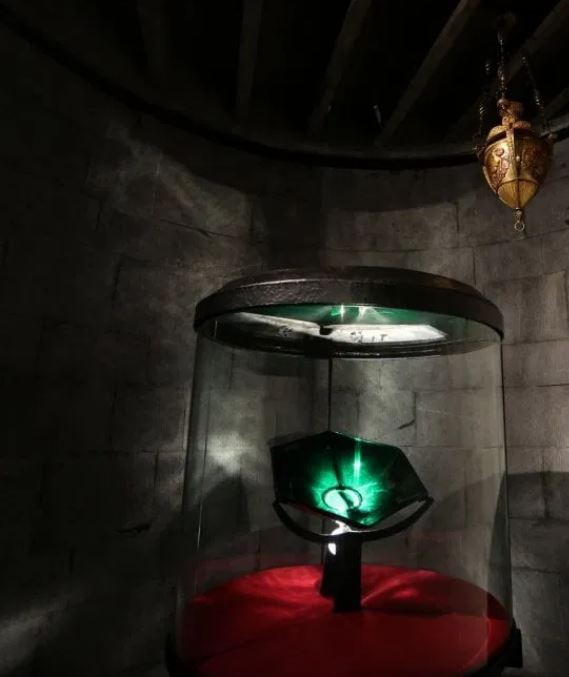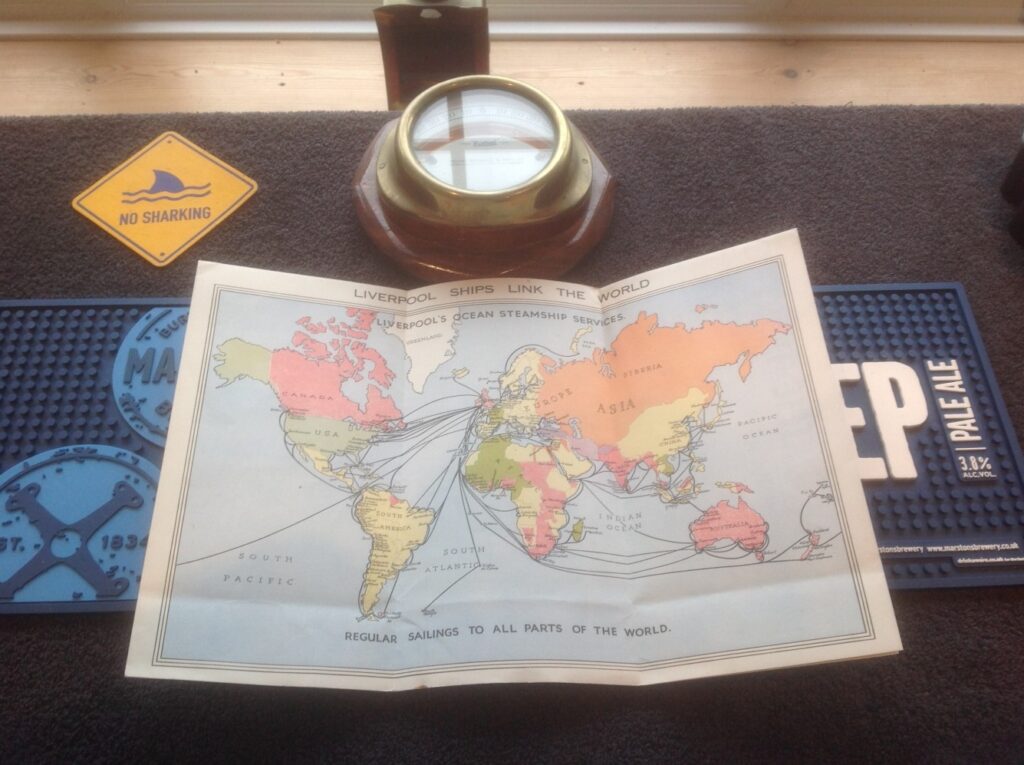The Sound of Mull
Christmas 1999 had been a busy time for me with the usual family and work commitments and a still new business to run with divers to train. Stoney Cove, despite what most seem to think, being a fairly large body of water, keeps its summer temperature well beyond the summer months and although many divers tend to hibernate over the October/November into March period, I always enjoyed the thinning car-park and the improving visibility that the onset of winter brought. From late October, early November you began to see mist on the water surface and the summer algae blooms die off, many times I have looked up from the Hydro-Box and seen divers decompressing on the line at 6m, and the water is still reasonably warm into late November often early December. The Sea around the UK is similar, we have always enjoyed the benefits of the Gulf Stream around our shores and temperatures remain around 6-8’ so there is always a dive to be had!
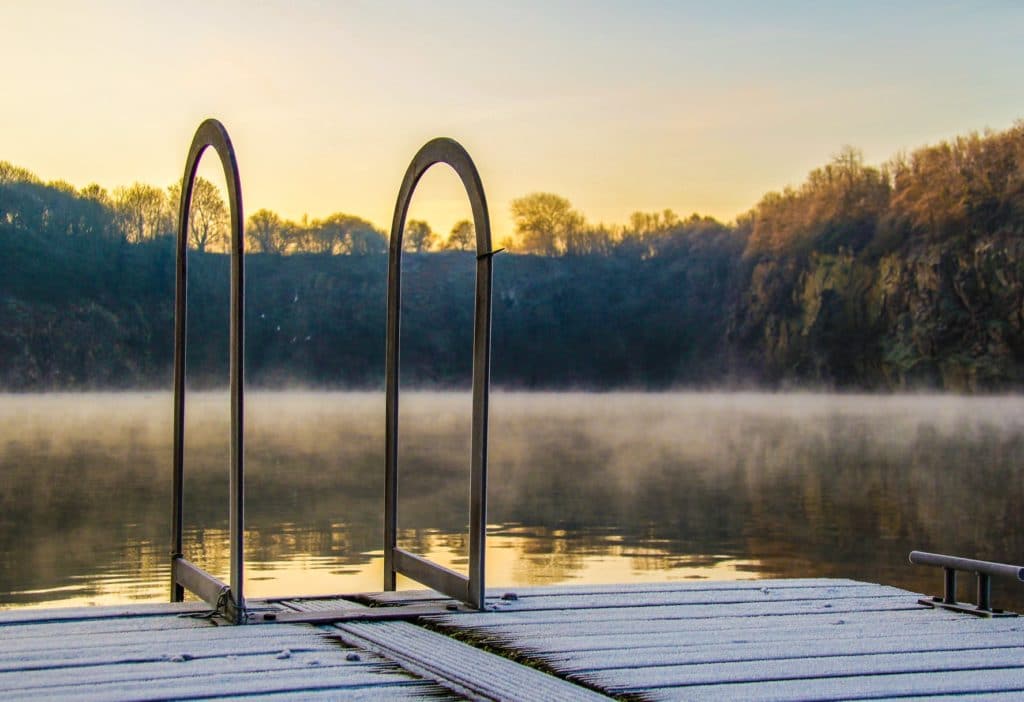
Now there is always an opportunity to extend the day at Stoney Cove, the excellent Nemo’s bar has been a refuge from colder or rainy days for as long as I have been diving there, and that is from 2000 or so. It isn’t just the Coffee’s and bacon rolls available at the café window whilst still in dive kit, but afterwards in the restaurant & bar itself, where many diving plans come together, and this was one of those times. November of 1998 I had been training a bunch of divers brought to me by a local (Stafford) Landlord, Aaron Durber, friends of his from his pub, they were all characters and I had a great time with them, they were one of those groups where they took the training seriously, but life itself with a pinch of salt, a little like younger versions of me, in fact probably too much like younger versions of me if I am honest, but we got to chatting on the final weekend of their qualification as Advanced Open Water (AoW) divers, “what comes next” kind of thing…….
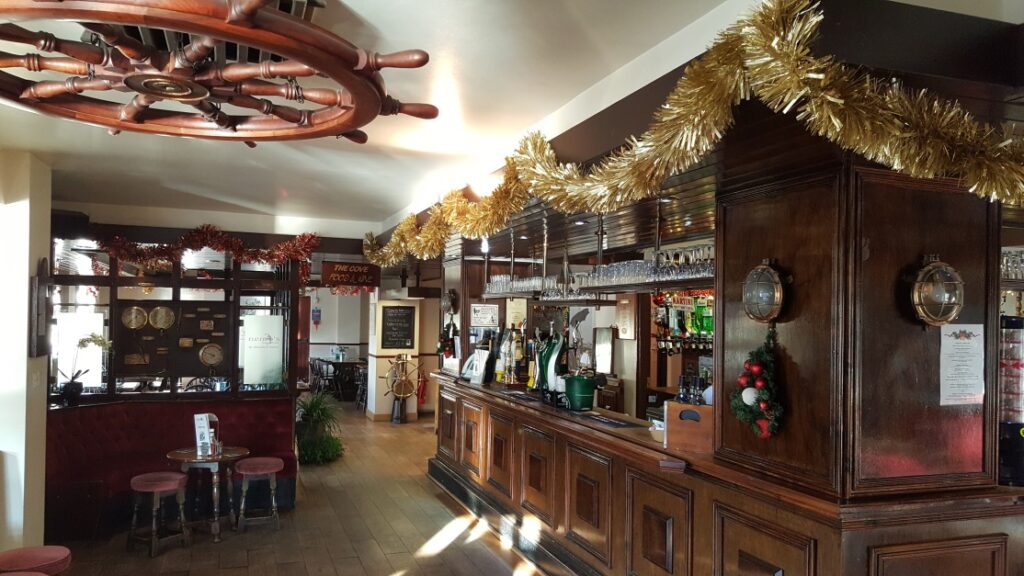
I asked what they were looking to do and the usual kind of response came back, well we want to get some sea diving in, real diving not just a quarry….you know a bit of adventure… Now, perhaps it’s the BSAC origins but I have always preached a softly softly approach to those I train, I have seen far too many divers “badge collecting” by following one course immediately with another, whilst some can take that in their stride, others shouldn’t…….I did not have the same feeling about Aaron and his friends, they had all done very well with the training and were indeed taking things in their stride, so I asked what they were looking for, just sea diving or perhaps a little more of an adventure, after all I could take them shore diving off Anglesey if it was just the sea they were looking to dive…..It turned out they were up for a bit more of a trip than that and I promised to come up with something interesting, and a little further from home than Anglesey, not that there is anything wrong with Anglesey, just it was a little too close, and the diving there perhaps a little less popular in the dive magazines they were avidly reading whilst taking their AoW course it seems…….
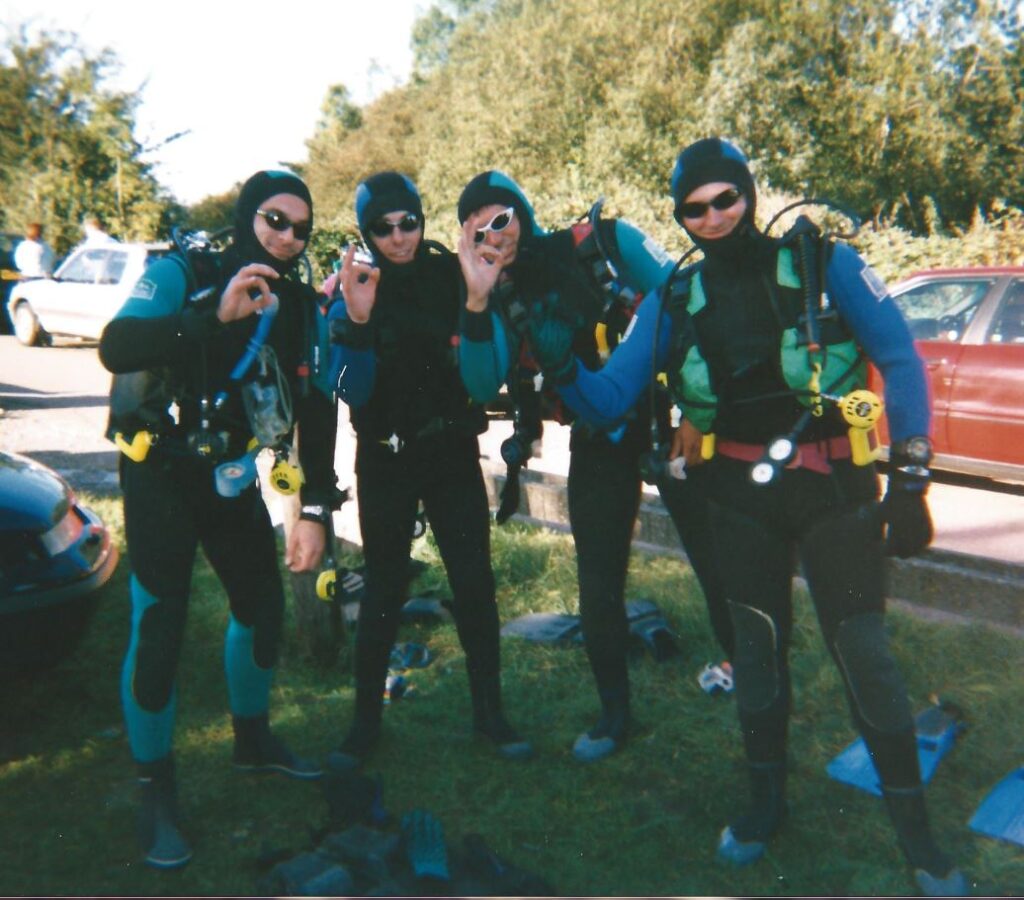
I had wanted to dive Scotland again since the last Tidworth SAC exped to the Kyle of Lochalsh and my dives on the Port Napier, there was no one at that time taking divers out to the Port Napier, it was mainly local BSAC Clubs visiting or the Balmacara House Military Divers getting to her, and trying to plan diving in the Kyle area seemed impossible at the time, but there was the Sound of Mull! It turned out there were at least some operators doing dive trips to Mull and the surrounding area, now who had what I needed in terms of Boat, accommodation, meals etc local to Mull? It turned out, with a little research on the “net”, (a growing source of wonder to me at that time, rather than the ubiquitous “go-to” it has become in all our lives over the few short years from the 90’s to today…) that there were several options locally
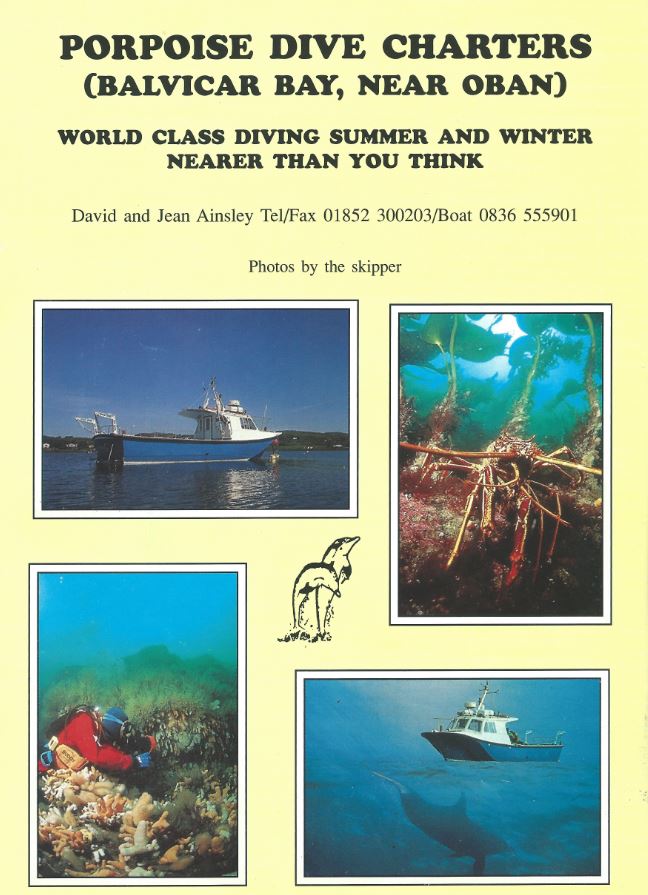
I managed to whittle down the small list of potential operators to one….I had been impressed by David Ainsley, a BSAC First Class Diver, of Porpoise Dive Charters, when I phoned and spoke to him about a trip. David not only had a sturdy and reliable boat, an Atlantic Offshore 105 called “Porpoise”, but was a well recommended and locally known skipper, with a marine biology background and a love of the area second to none. David spent time asking what we wanted, what level of qualification the team would have and what experience, as well as asking what we wanted to see when we were there, it helped that David also had a spacious cottage we could hire for the long weekend I was planning, I had found what I was looking for and we penciled in the weekend of 31st January to 01st Feb 1998 and decided we would drive up on the Friday afternoon after work and then dive the Sound of Mull Saturday, with a couple of more dives local to Balvicar on the Sunday to avoid a longer motor back before the long drive home
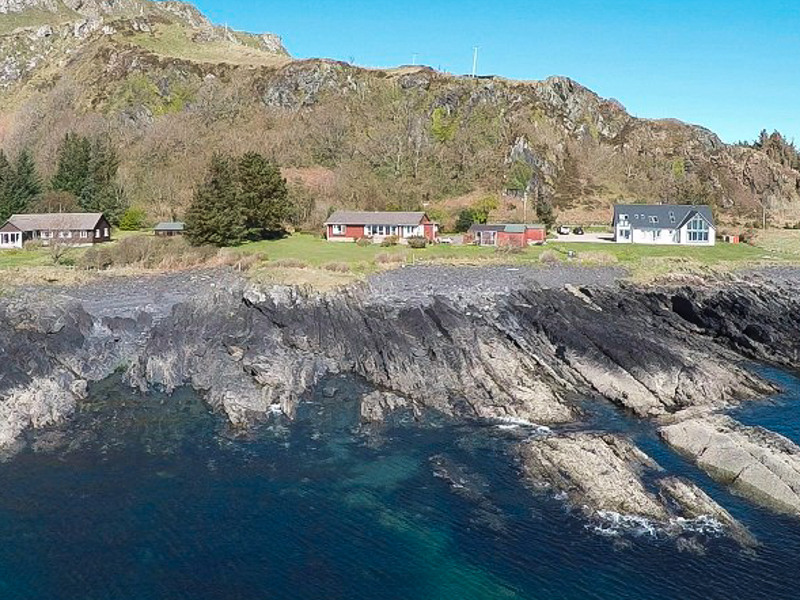
Those were the days of making things happen, even if the timings were tight and the drive back down from Scotland meant a killer week back at work from the Monday, who cared, this would be diving in Scotland and it came with a price we were all willing to pay! I remember the drive up in the Van as being fun, some of Aaron’s party were with us and I had Ellie & the Kids with me so they could enjoy a bit of a break too, all in all the trip up went faster than I expected it, but then that is always the way looking back on things! When we arrived we were pleasantly surprised at the accommodation, Seil Bay Holiday Cottages were set on the banks of the Loch with a grass frontage and views to die for
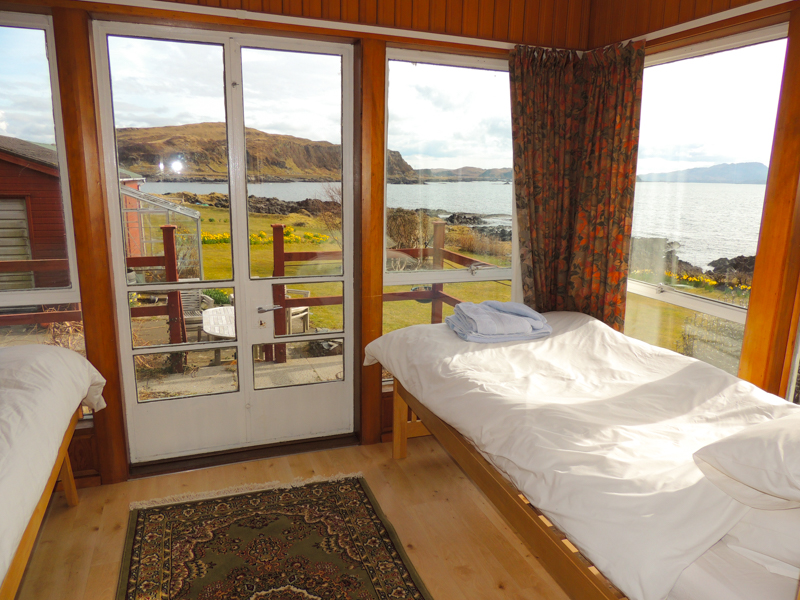
Whilst Ellie and the boys spent the morning playing on the lawns and in the rock pools of the Loch we kitted up the Porpoise and made the trip to the Sound of Mull, a fair journey out, but one where David kept us entertained with sightings of Sea Eagles and local bird life and descriptions of the marine biology local to the area. We passed Corryvreckan on the way out, the whirlpool not in evidence at the time, but a fair wall of water had to be surmounted to get out of the narrow straight there, making it interesting for us all. I was delighted to see a pair of Sea Eagles soaring off to our Starboard side during the trip out, they were some way off in the distance, but the White of their tails meant you could still make out they were Sea Eagles and David Confirmed it, knowing the nesting sites and patrol areas of the local birds. I had only ever seen one other Eagle, a Golden Eagle, on a school trip to Grizebeck years beforehand, perilously rare at the time in England, one of only 3 pairs I was told at the time, so it was thrilling to know these majestic hawks were making a determined come-back in our lands, albeit the remotest of areas! The photo I have used to show how majestic these birds are is a stunner, I couldn’t identify which of two photographers took it (Carol Bennetto or Sindri Skulason) as the site set-up isn’t clear, however it is a stunning shot of one of the actual Mull birds

We dived the Sound of Mull on the Saturday morning, diving the wreck of the Rondo first, there is a more thorough look at Rondo written up elsewhere on this site, but the little Red Log records: “31 01 98 SOUND OF MULL OBAN RONDO Rondo holed up in bad weather in 1935 and in a real foul patch broke her anchor chain & drifted down the Sound of Mull till hitting rocks & going down. She lies stern up and nearly vertical with the rudder mount @ 6m for ideal deco. There’s not much growth on her (but this was winter) and the hull is bare & easily accessible she was a steam cargo vessel & would bare another dive. Best to go deep then slowly take the rest in” After a surface interval David took us off to dive a Wall off Easdale, my log recalls: “31/01/98 Hard Boat “Porpoise” Easdale Scotland viz 4m down a wall for a look round Kelp & some Starfish & Anemone Air In 150 Out 50 Buddy Gus” a prosaic description of the dive, which, like all Scottish wall-dives, more or less, are full of interesting sea life from Spider Crab and Anemones to Jelly-Fish and often dozens of fish, but even then I think I knew my diving was just a bit of fun until I was in or around a wreck, the description of the Rondo dive is a little more descriptive but even that is clipped down to brevity…..I had been told I would fill a log-book quickly if I waxed lyrical about each dive, and it seems I took that advice from Chuck Russett JSADC’s Diving Officer pretty seriously!
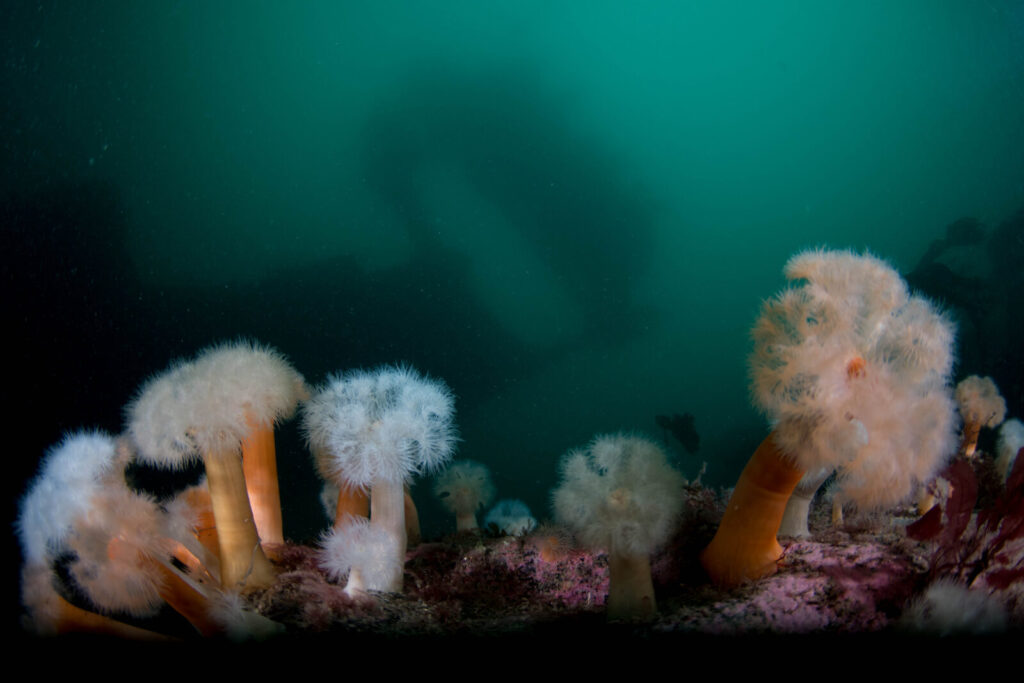
Our next dive on Sunday morning February 01st 1998 and David was taking us out to see the wildlife, specifically hunting Conger, he had cultivated a relationship with a couple of Conger locally over the years and was keen for us to see if they were about, my log book is again a little short of wonder but succinct! “32/01/98 AM HARDBOAT “PORPOISE” Conger Reef in search of friendly Conger in a cleft at 20m & up but they must have been deeper Viz 5-6m 10’c OK dive Air In 230 Out 180 Buddy Col W” It was another of those dives, interesting but not capturing my imagination, the reef we had been on was covered in life, Anemone’s, Spider Crabs, Starfish and Fan-Worms a myriad of life and a wonderful site, the dives were interesting and Aaron and his mates were lapping them up too! Our last dive before we had to pack-up and head back South was a drift dive and my Green Navy Log recalls: “….DRIFT DIVE “MV PORPOISE” On the return from Conger Reef, down a wall to large lumps of rock, very pretty anemones & dead man’s then in to the 3 knot drift between 2 islands – great fun fast! Viz 10m plus 10’c Air In 180 Out 120 Buddy Col. W.”
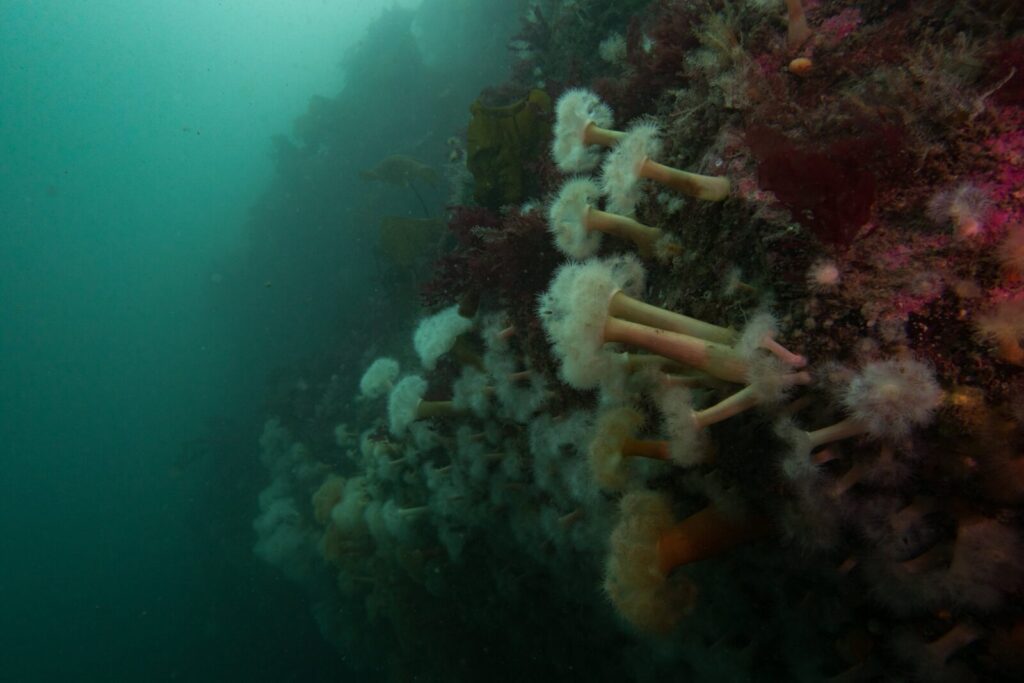
I recall all the dives were similar to those I had carried out on the Tidworth SAC dive expedition to Skye, there was a high degree of similarity to the underwater terrain, rock walls, Plumrose Anemones, Dead-Man’s fingers and kelp, lots of smaller creatures kicking around, Spider Crabs, juvenile Wrasse, Jellies, a proliferation of life if you like, but I had seen many similar sites and there was nothing “remarkable” so to speak, even the wall and drift dives were great dives…… “but”…….. and it was a big “but”, I was becoming more and more convinced that diving around the UK was interesting, but that wreck diving was the real reason I was underwater, the things I was seeing on rock walls and the sea-bed were far more concentrated in or on a shipwreck, even if the wreck was well dispersed, things hid everywhere on and around wrecks, but, given the vast topography underwater at any particular dive-site….they were far harder to find in any real concentration, and plenty of dives were really short on something to look at unless rocks & kelp was your thing!

